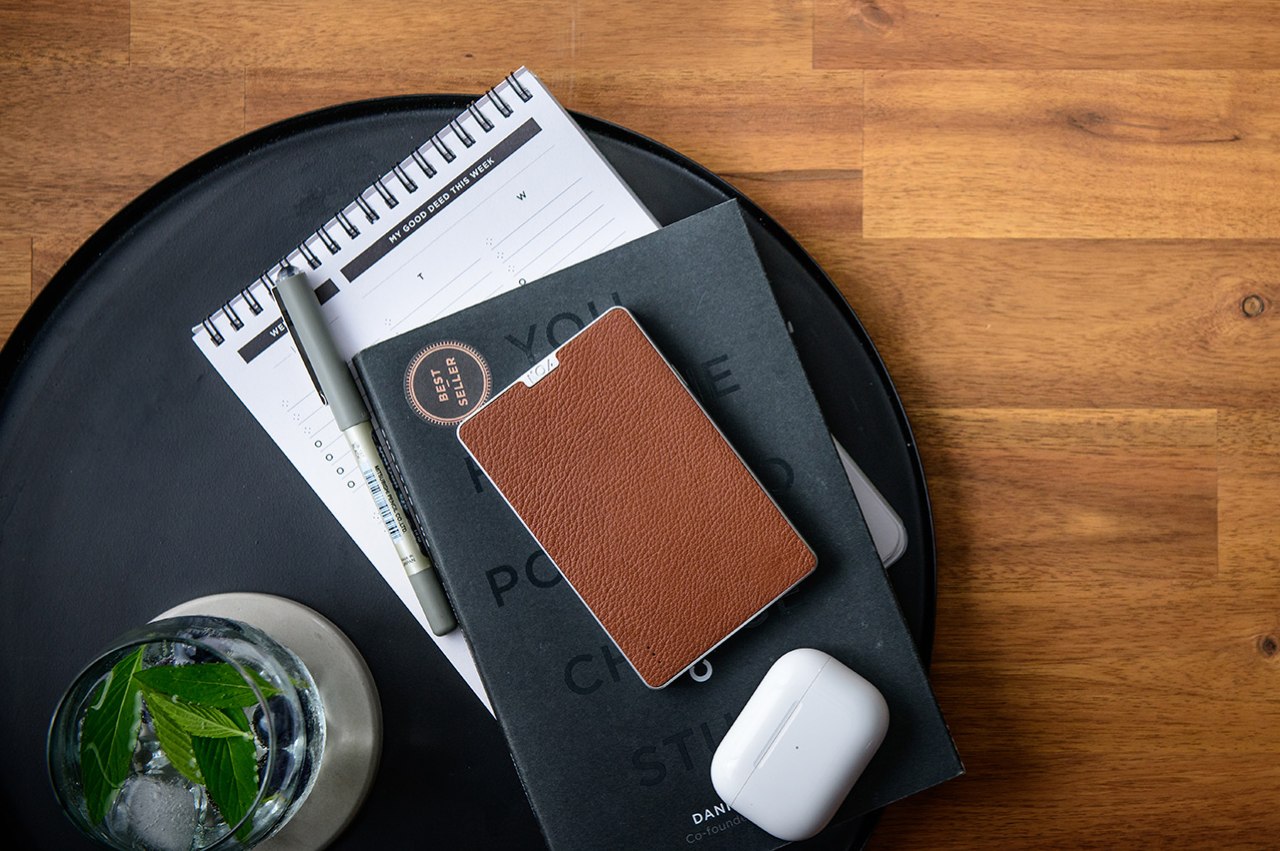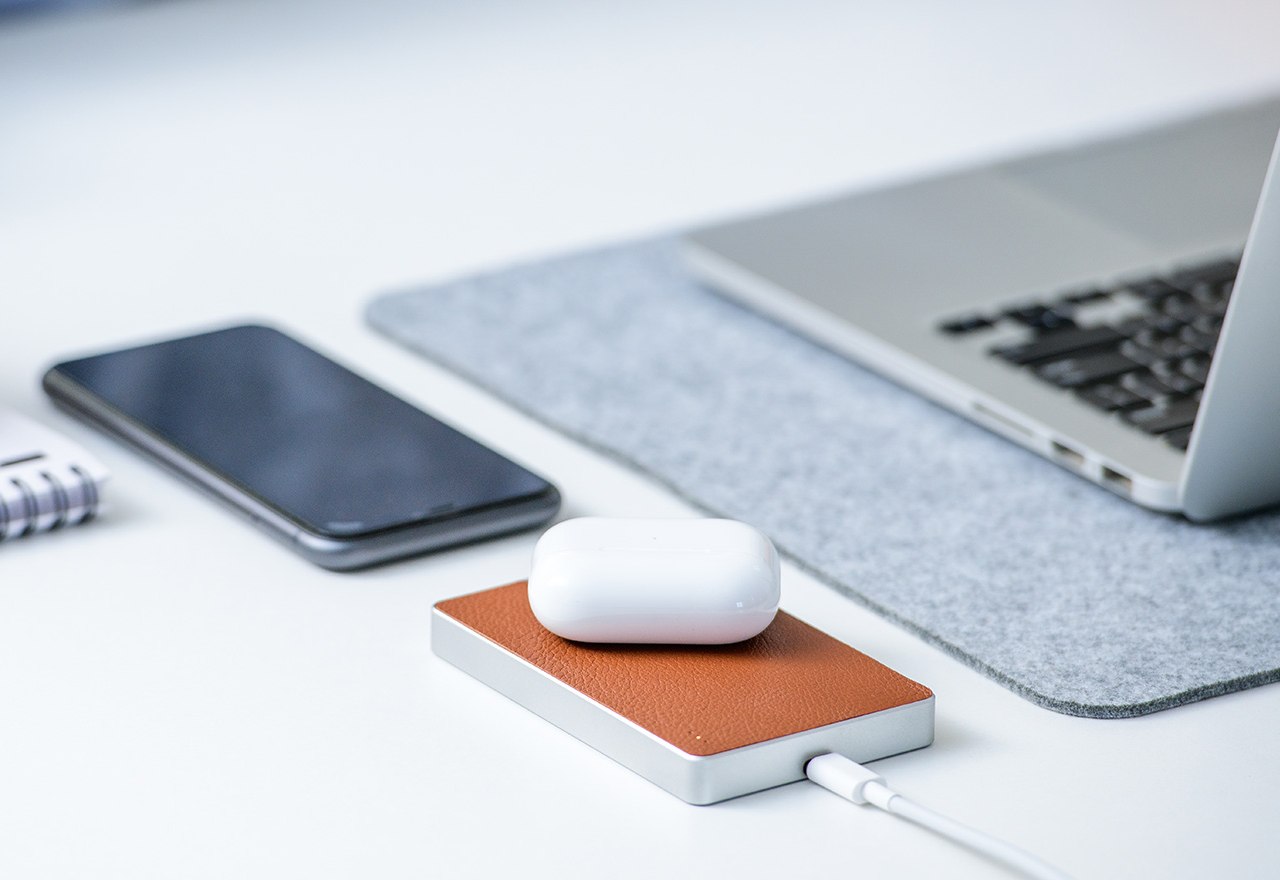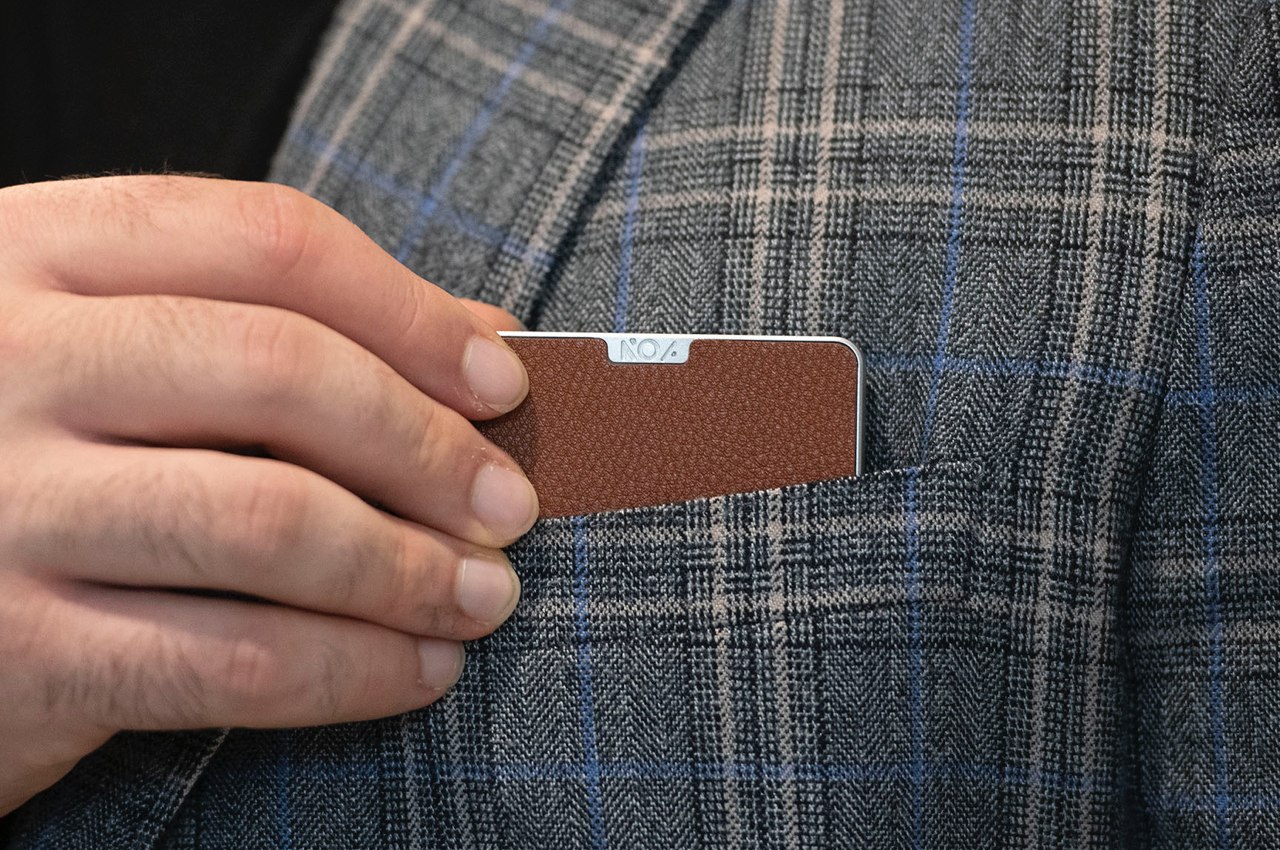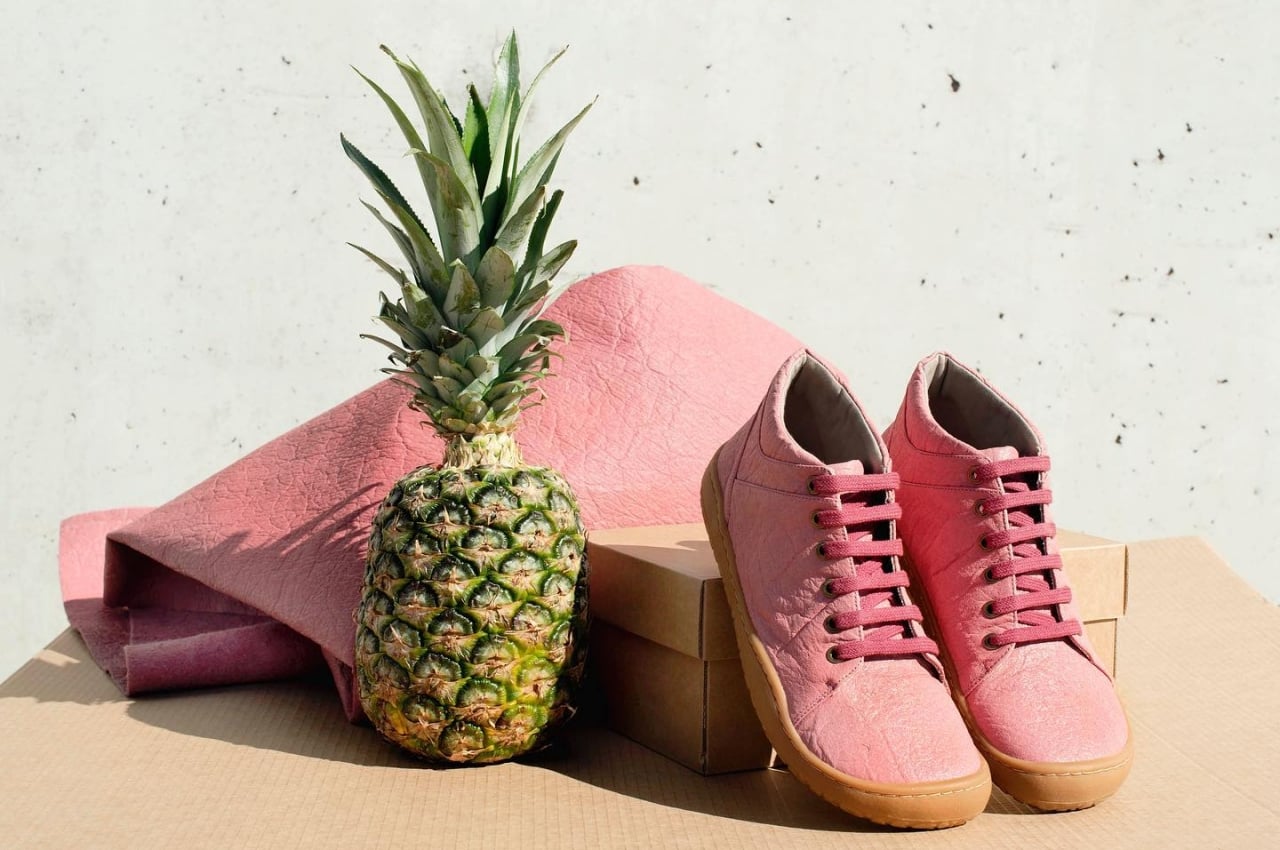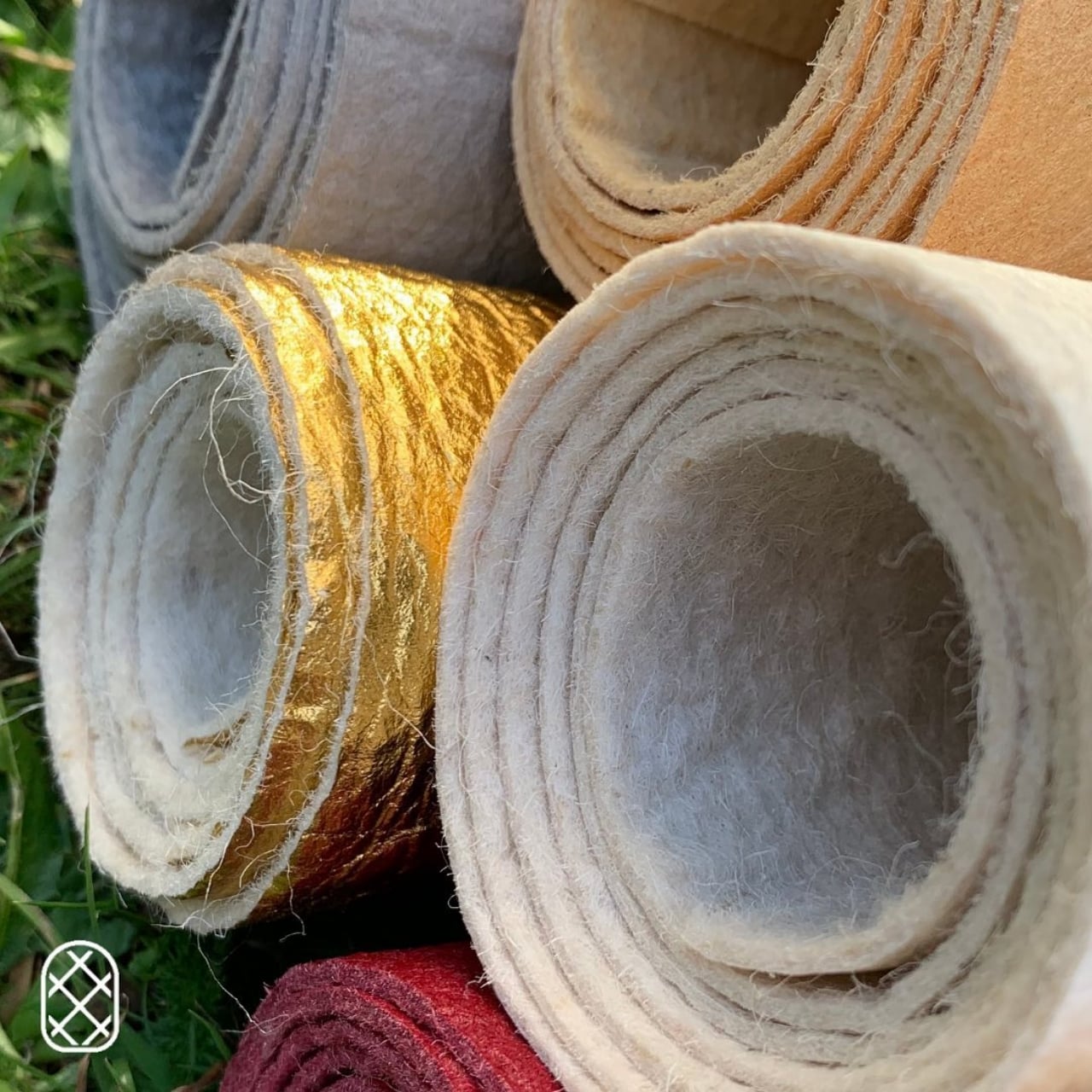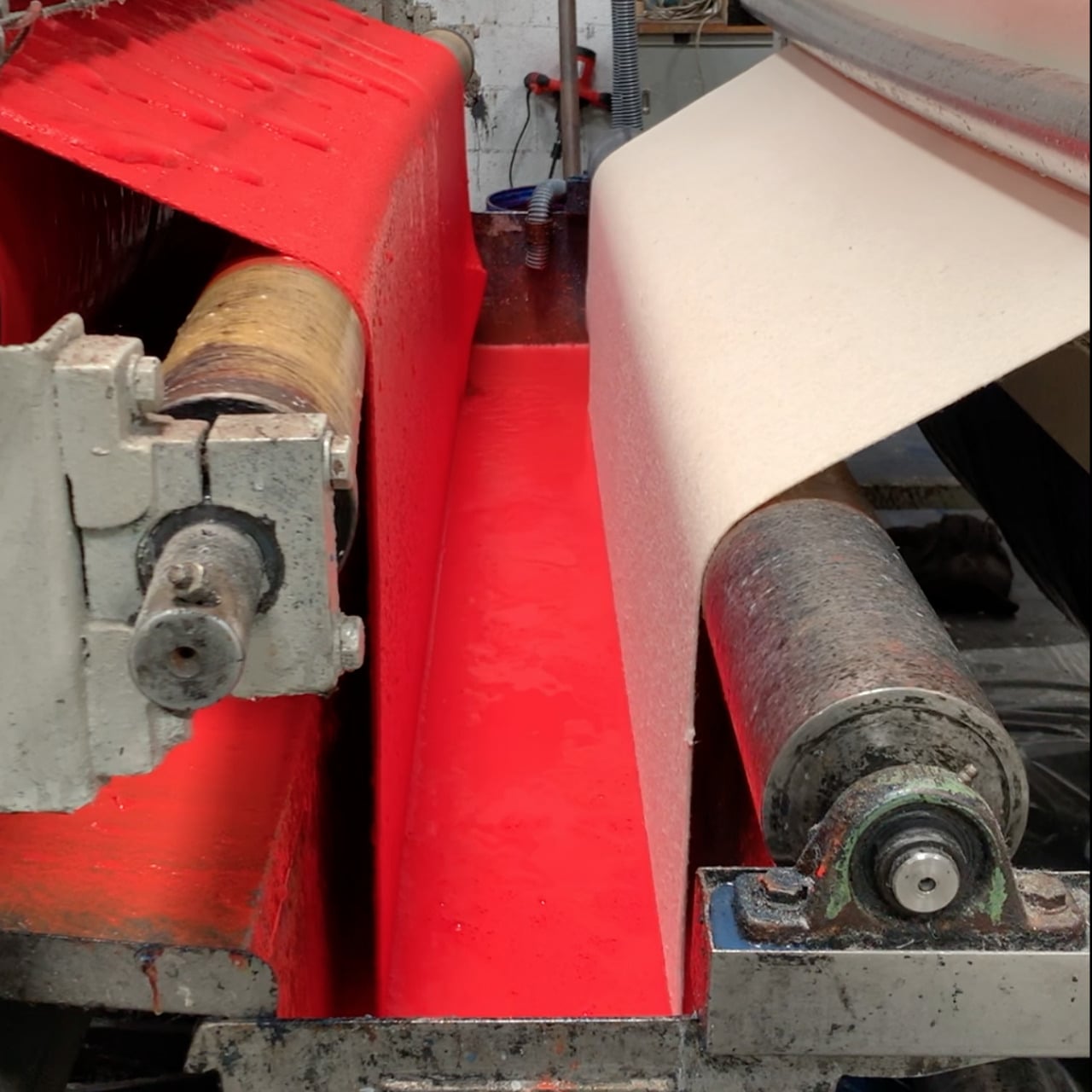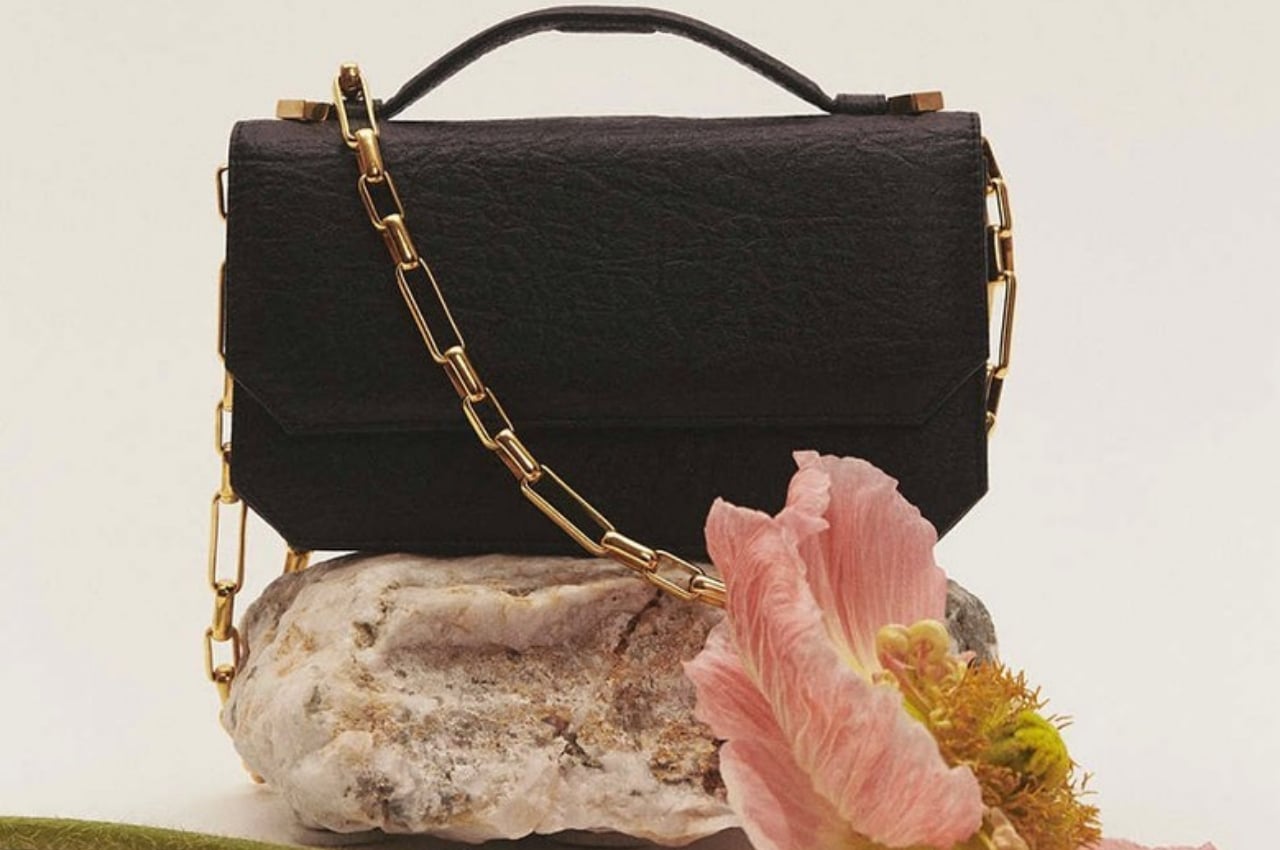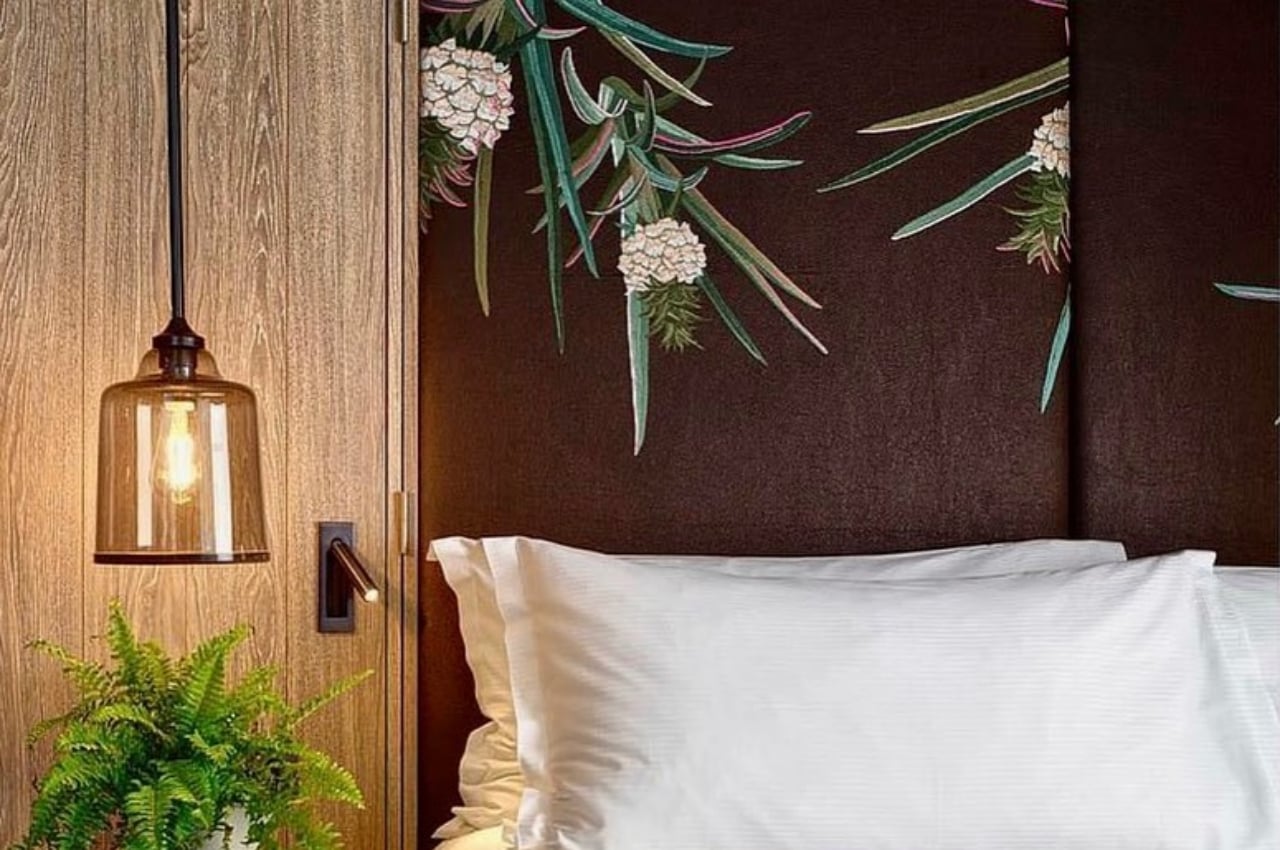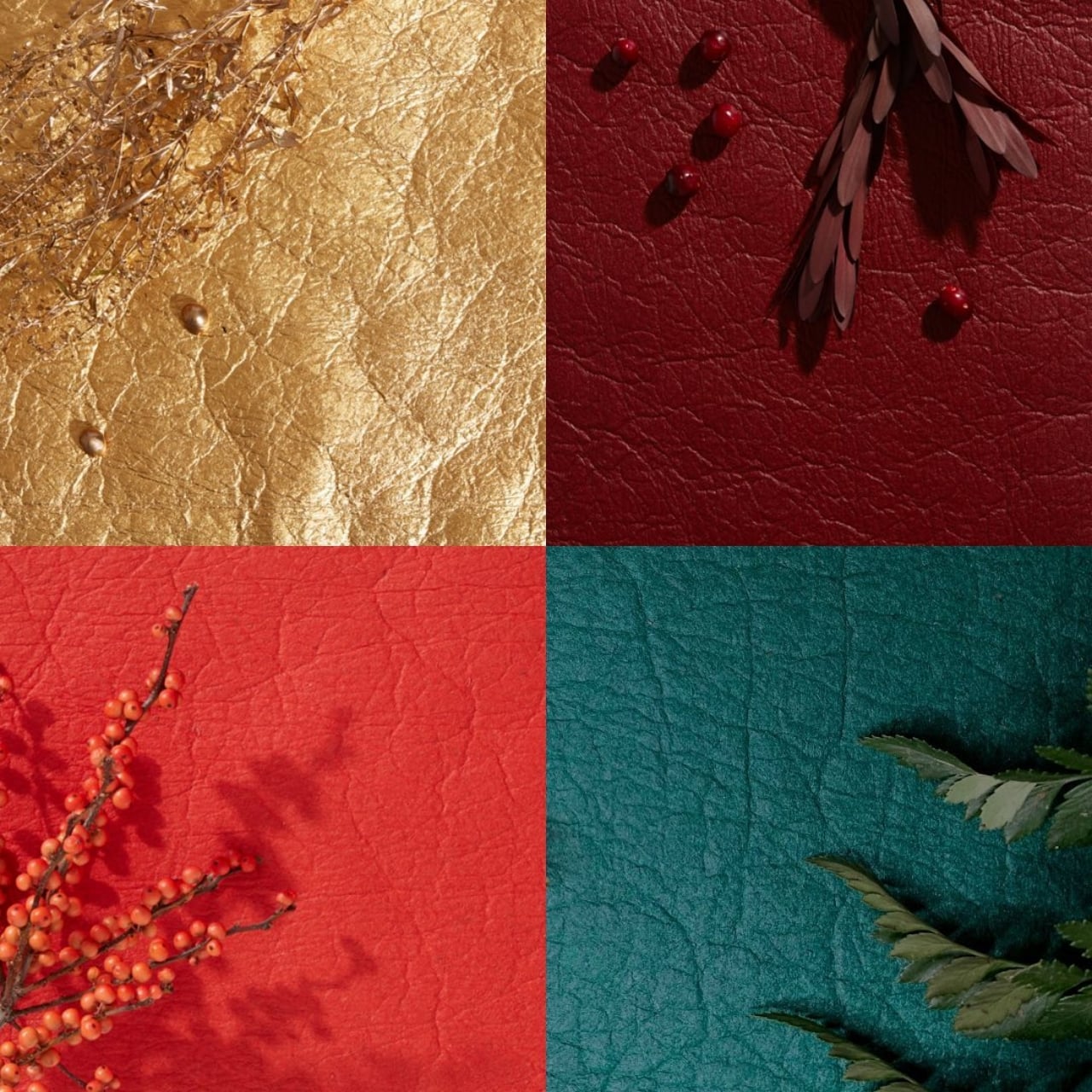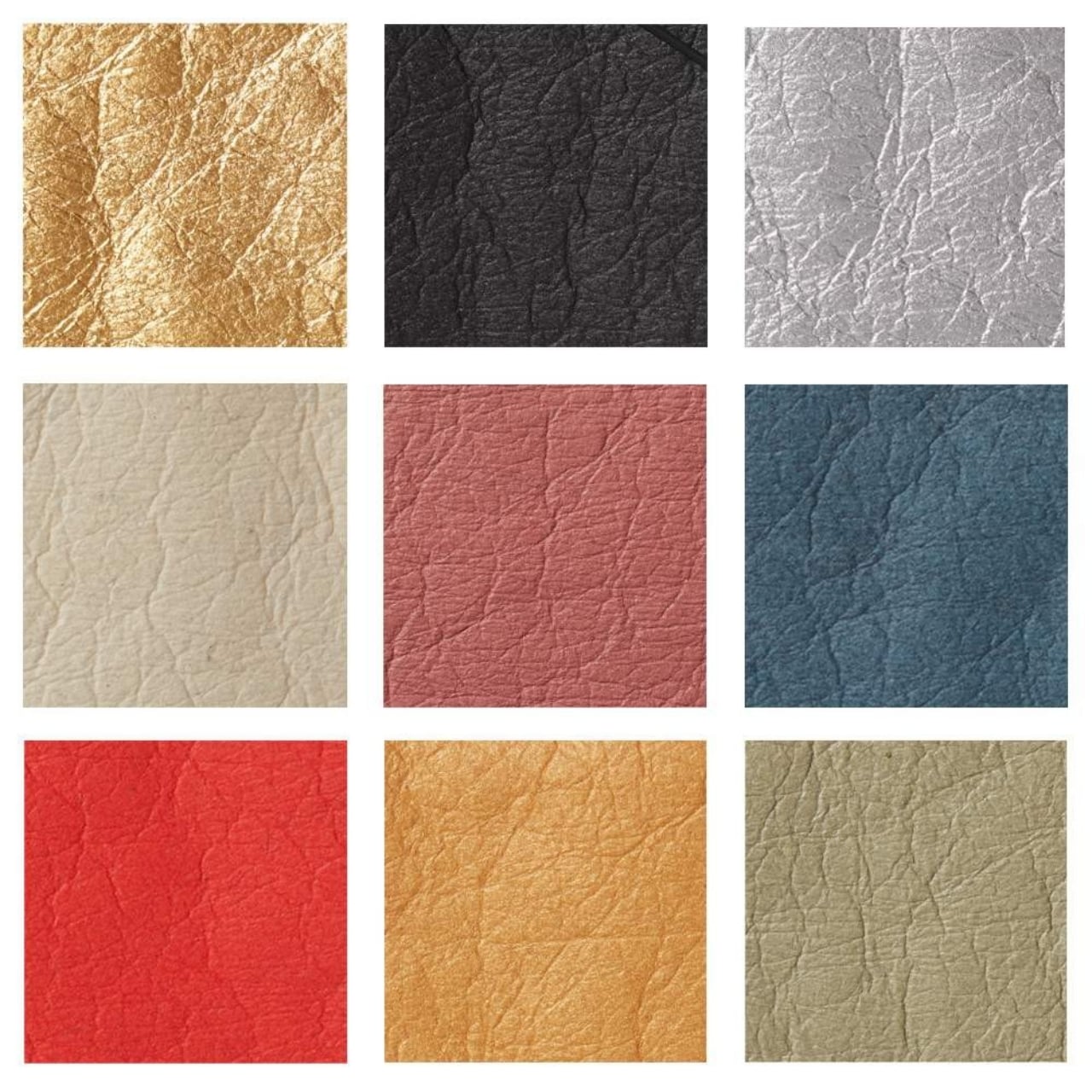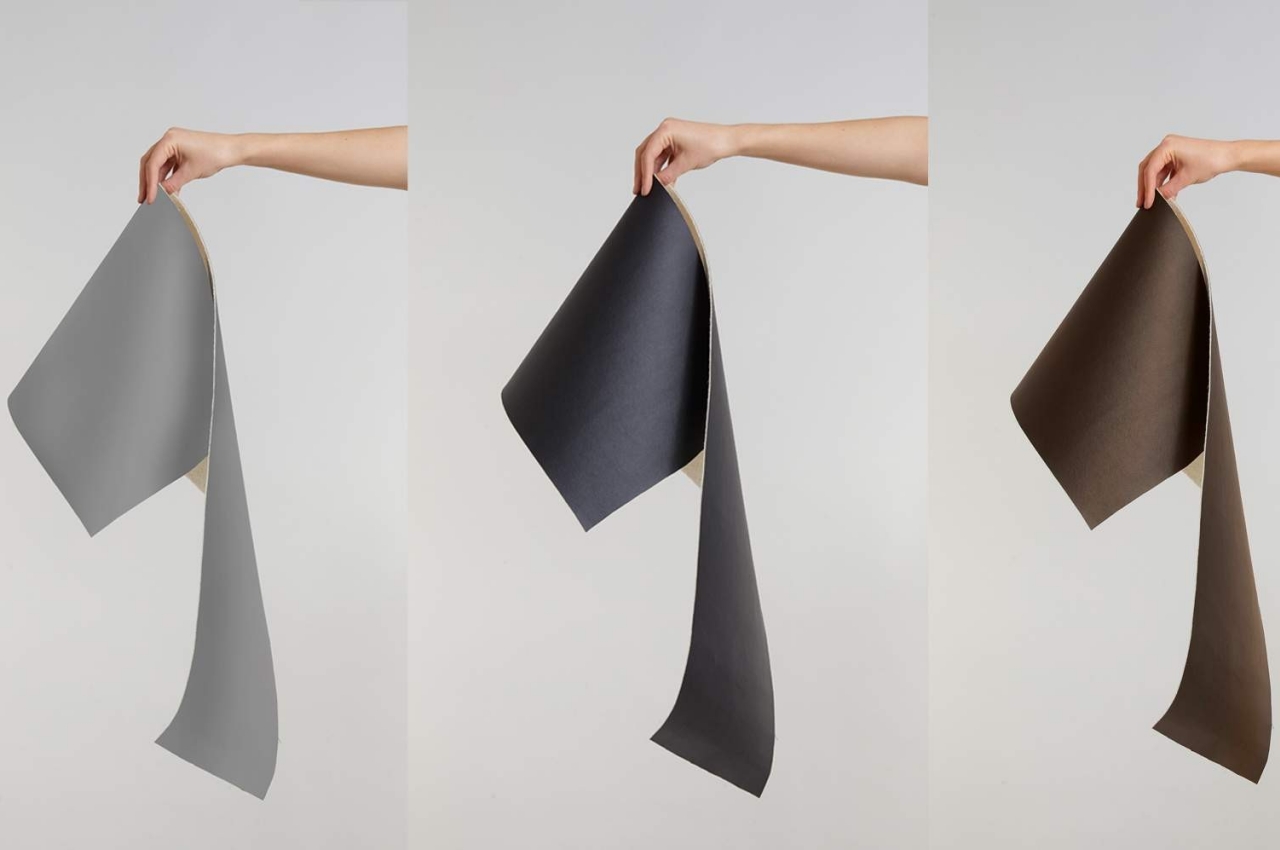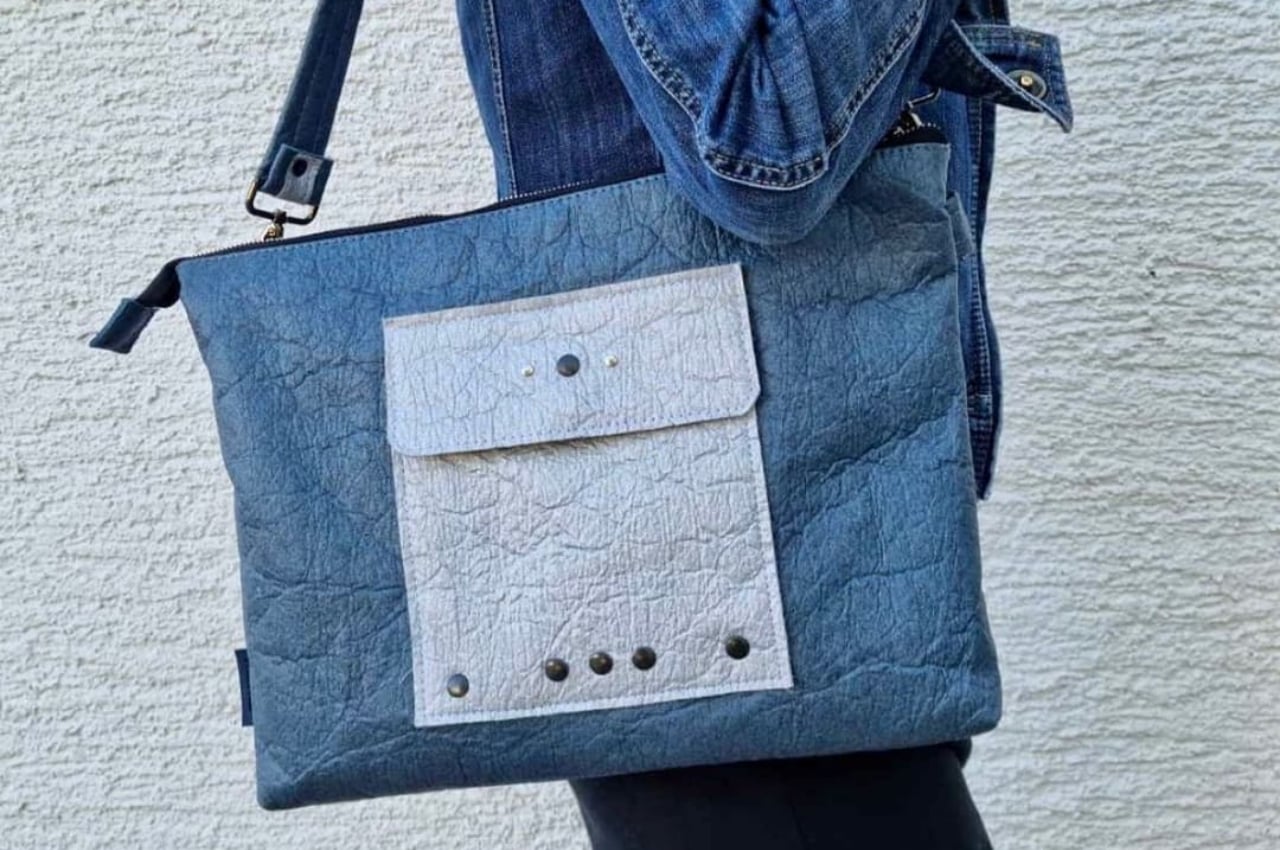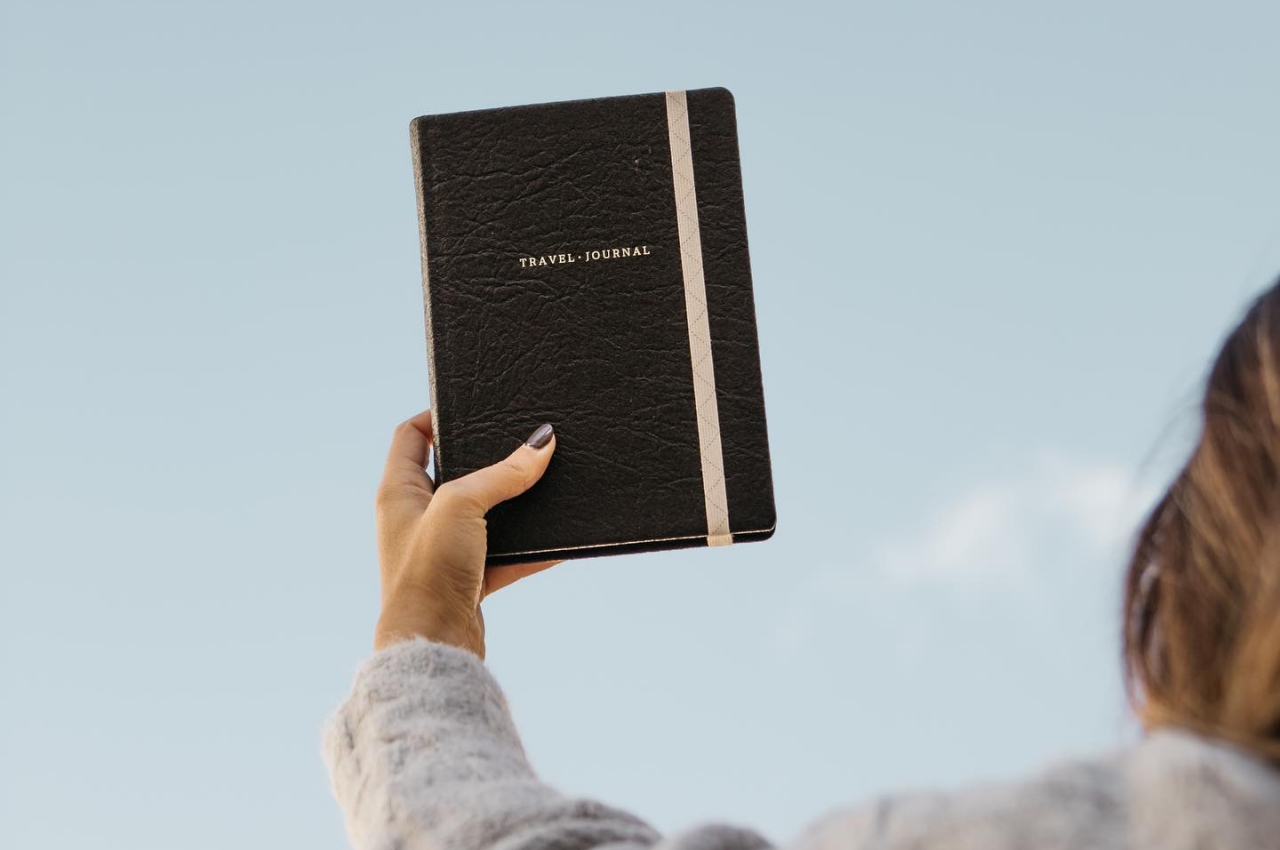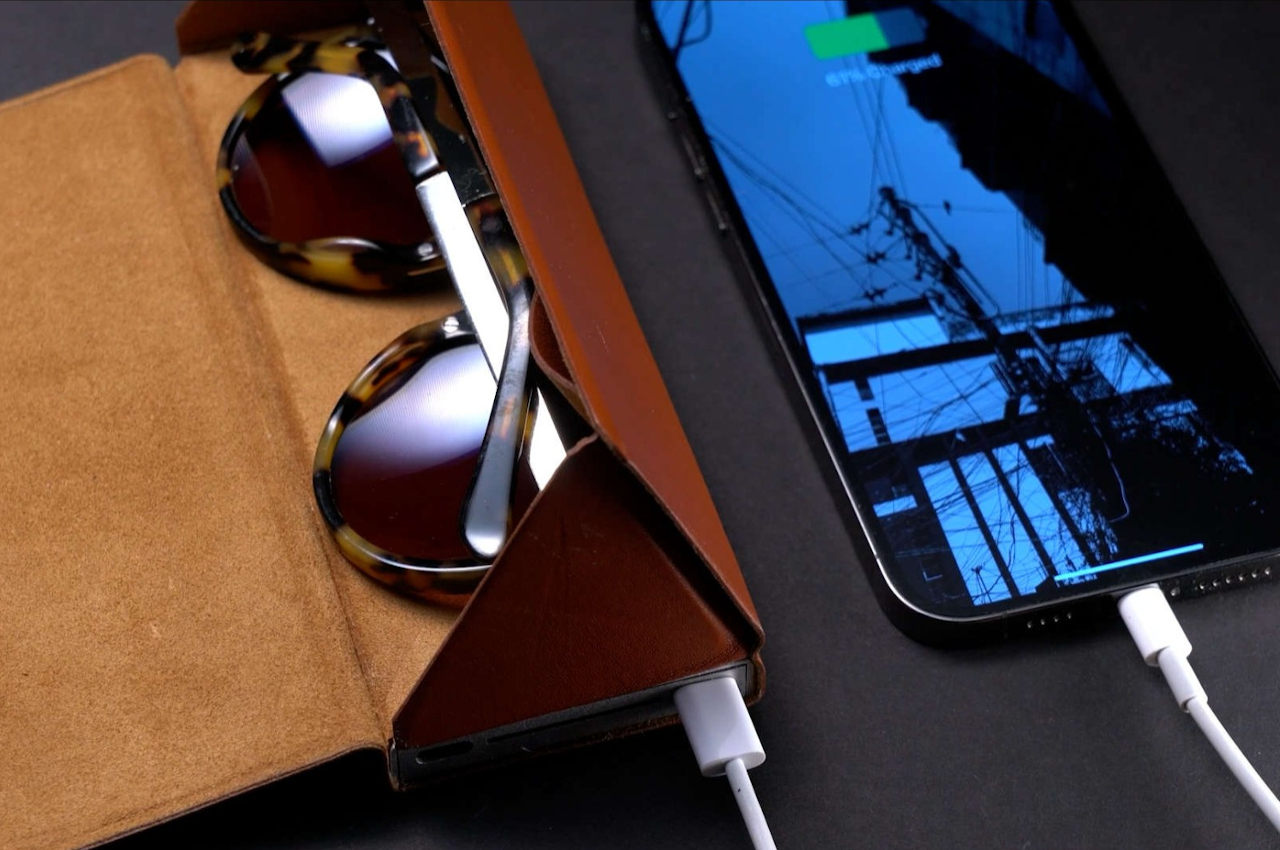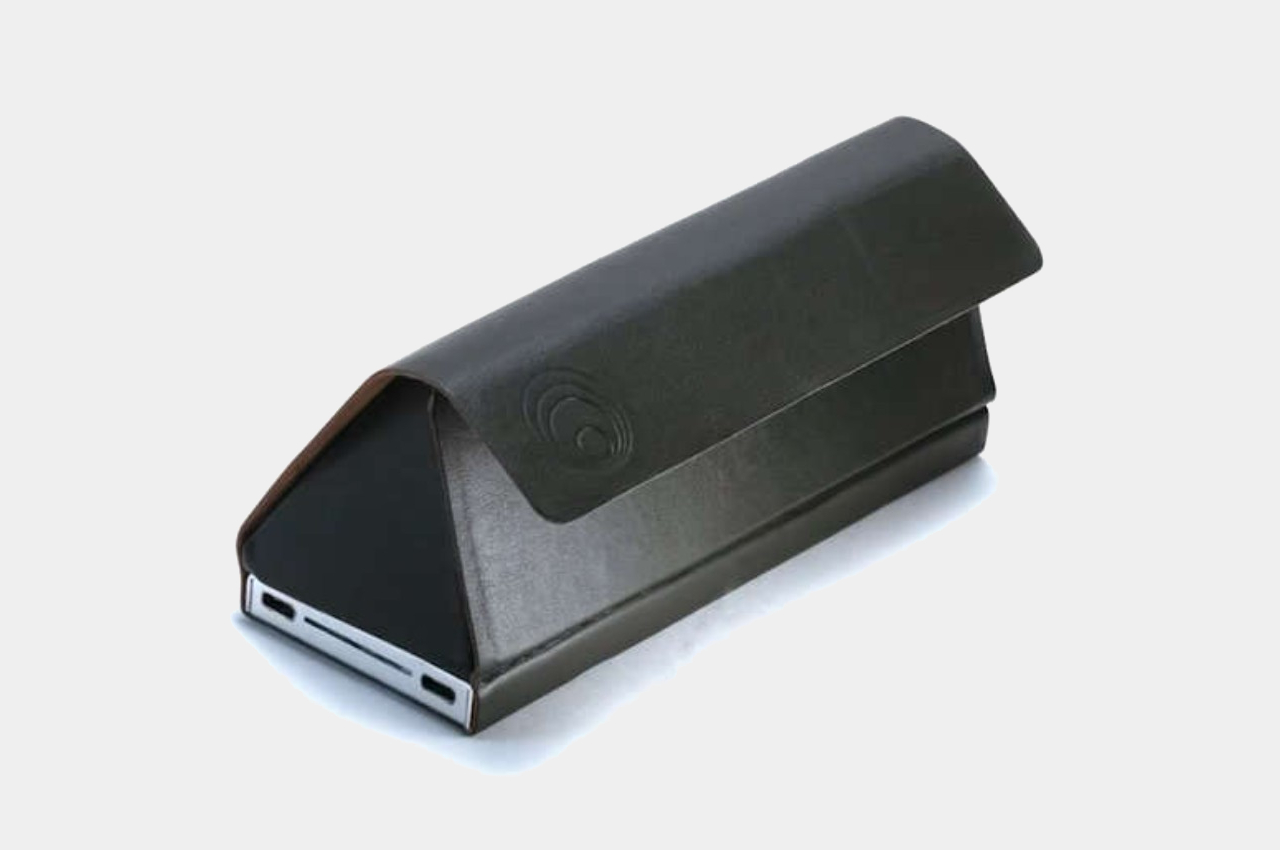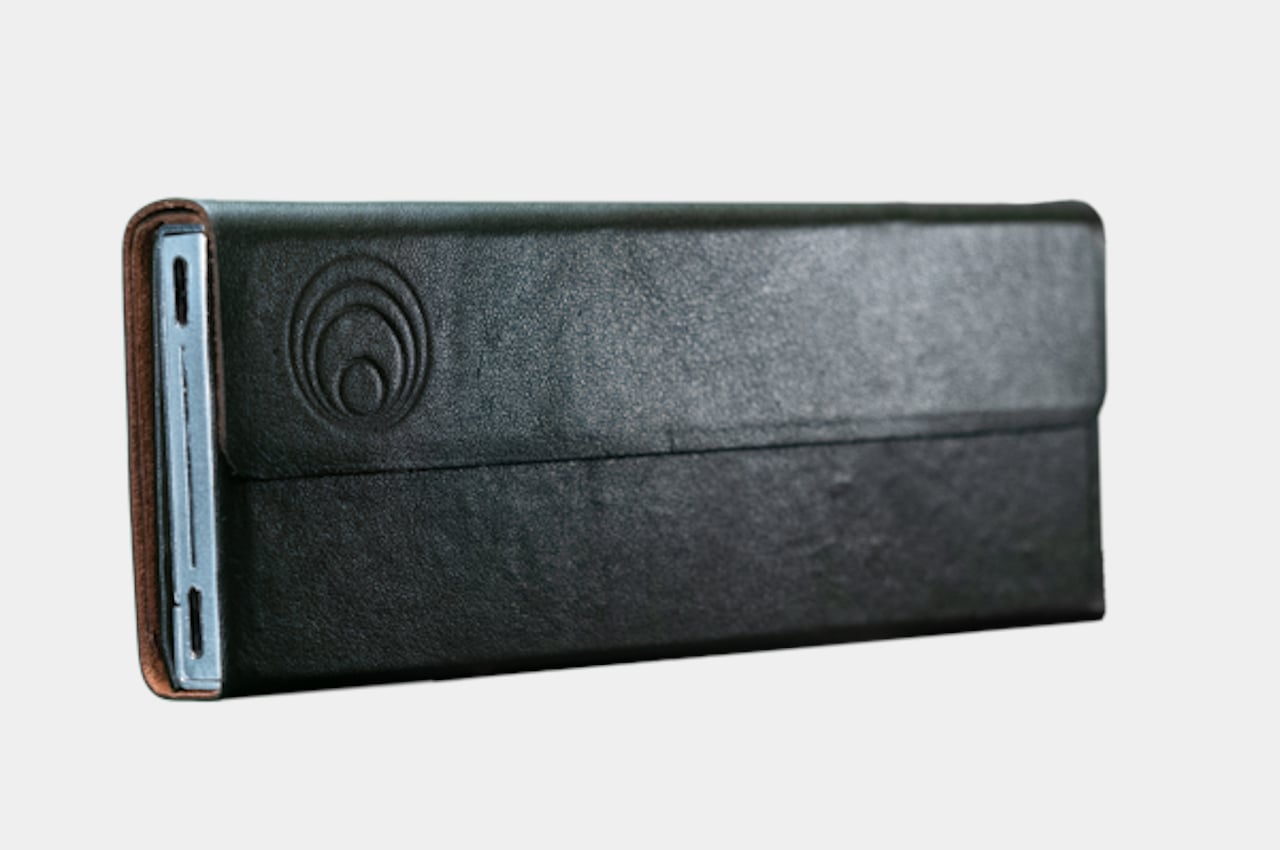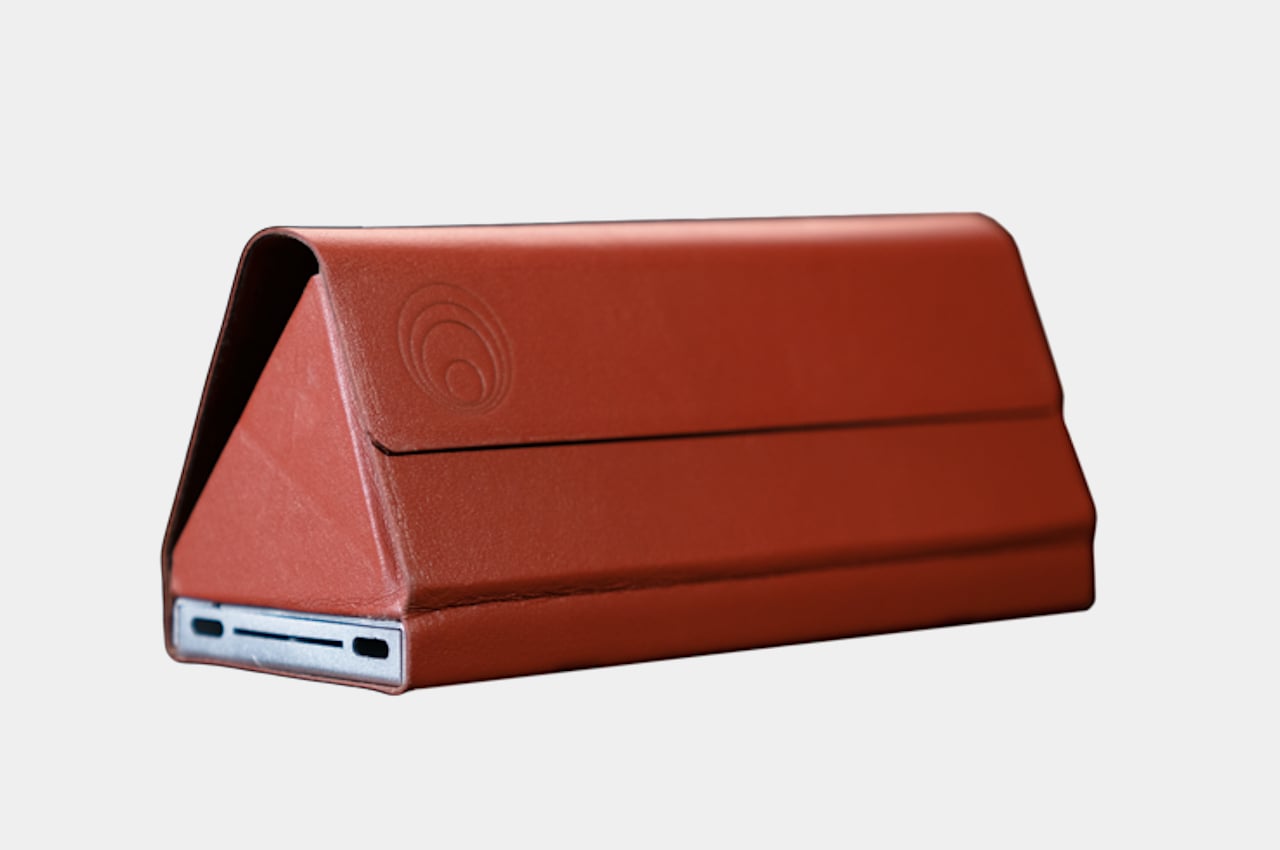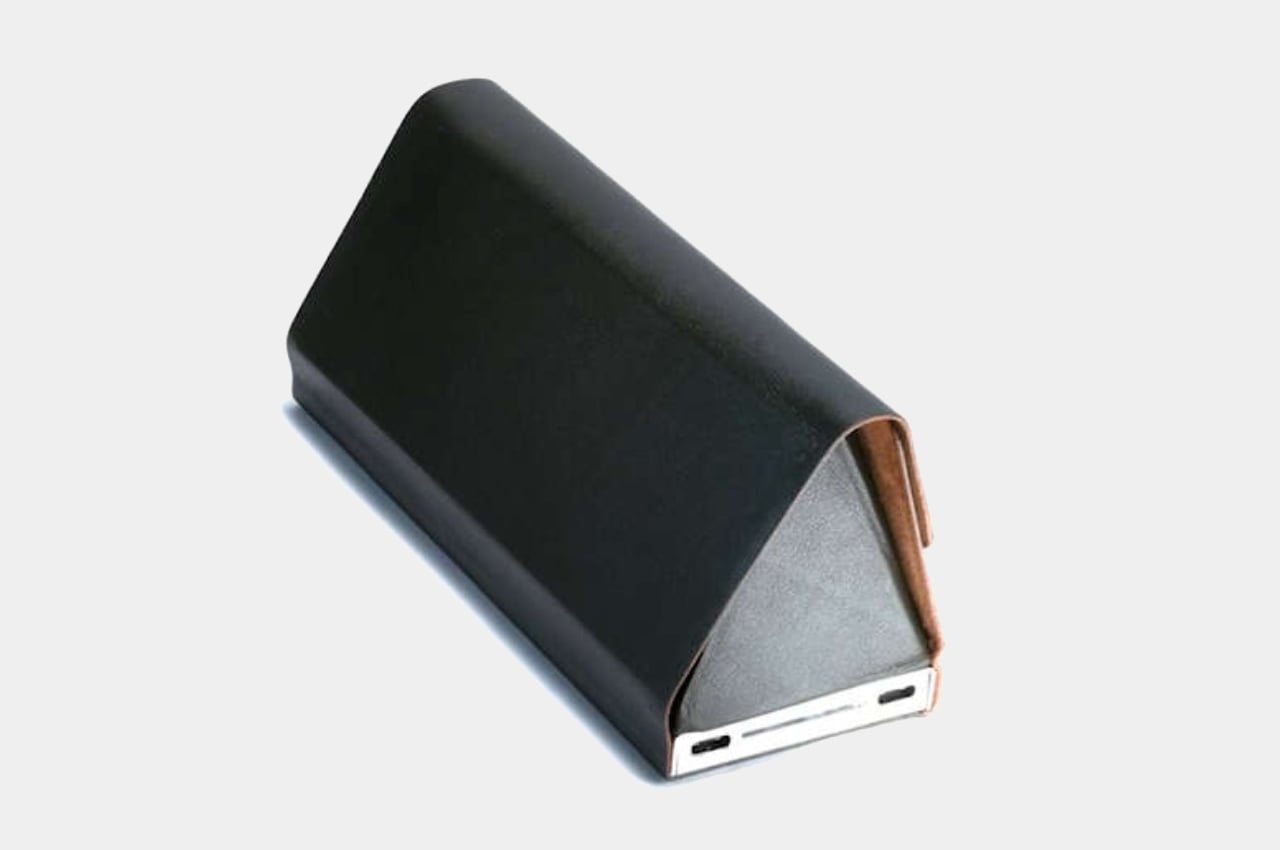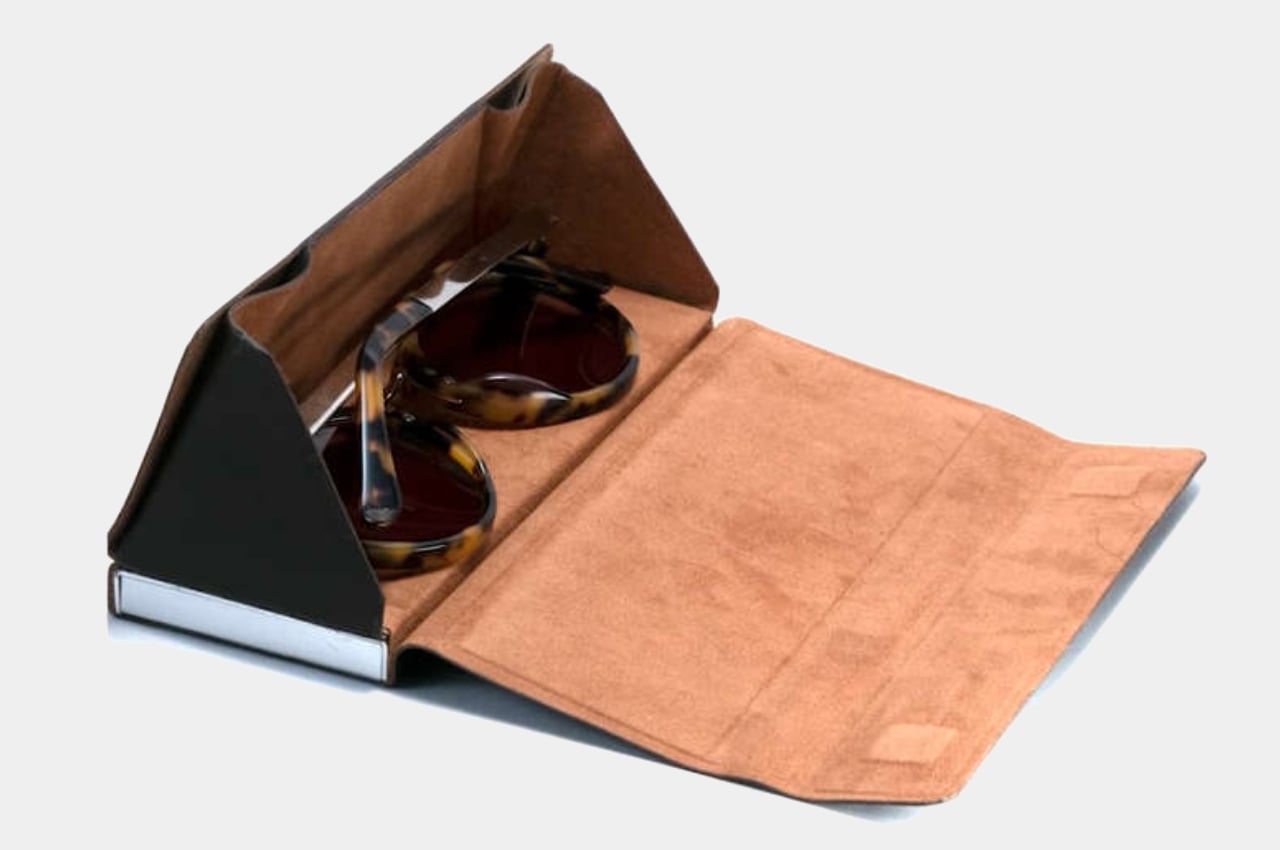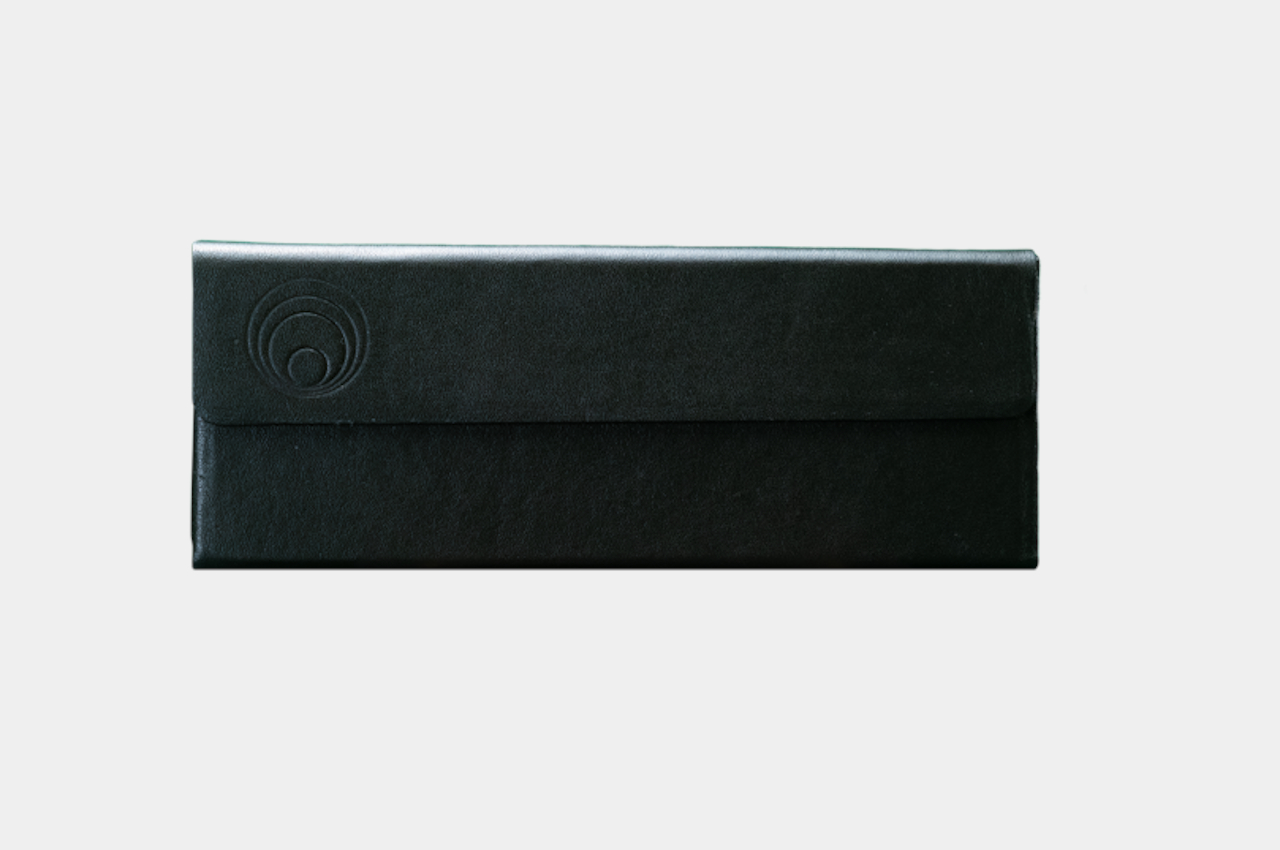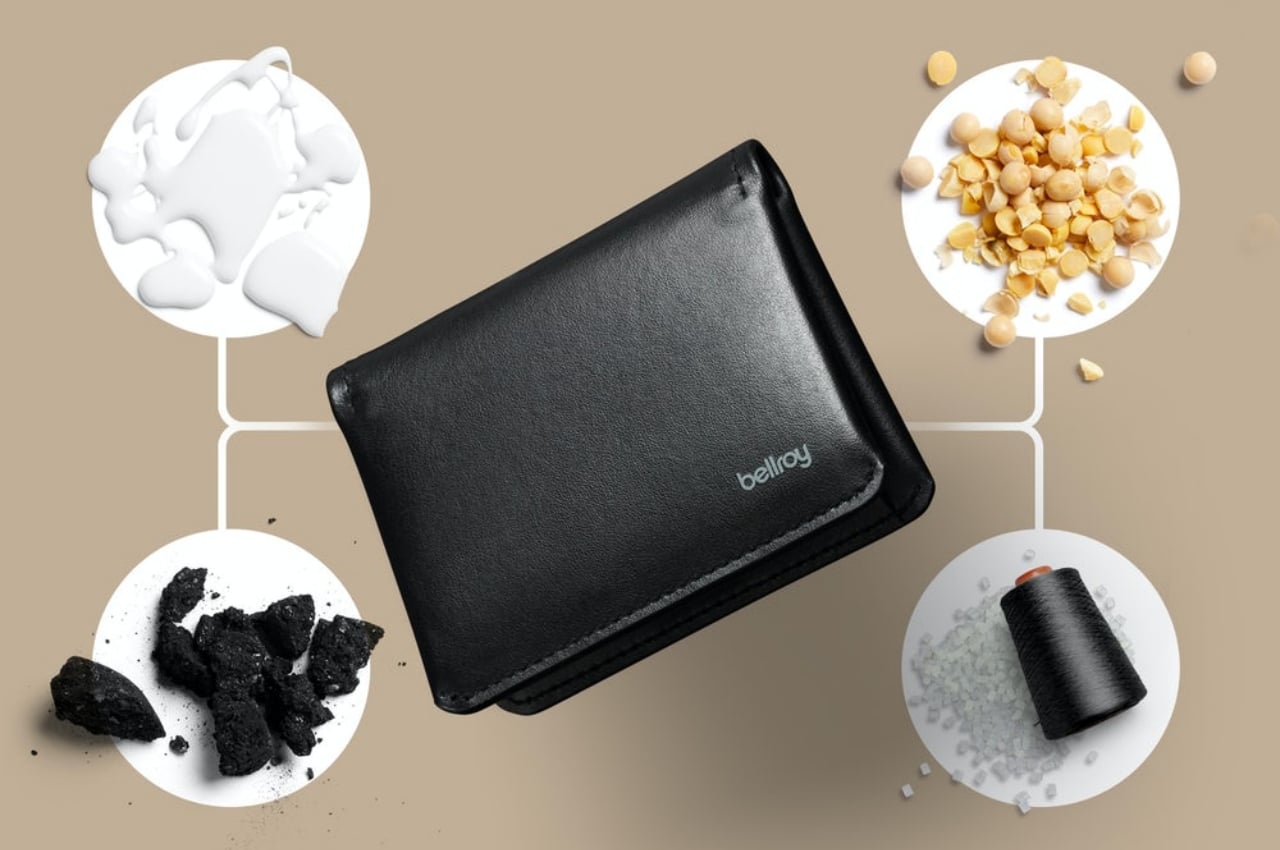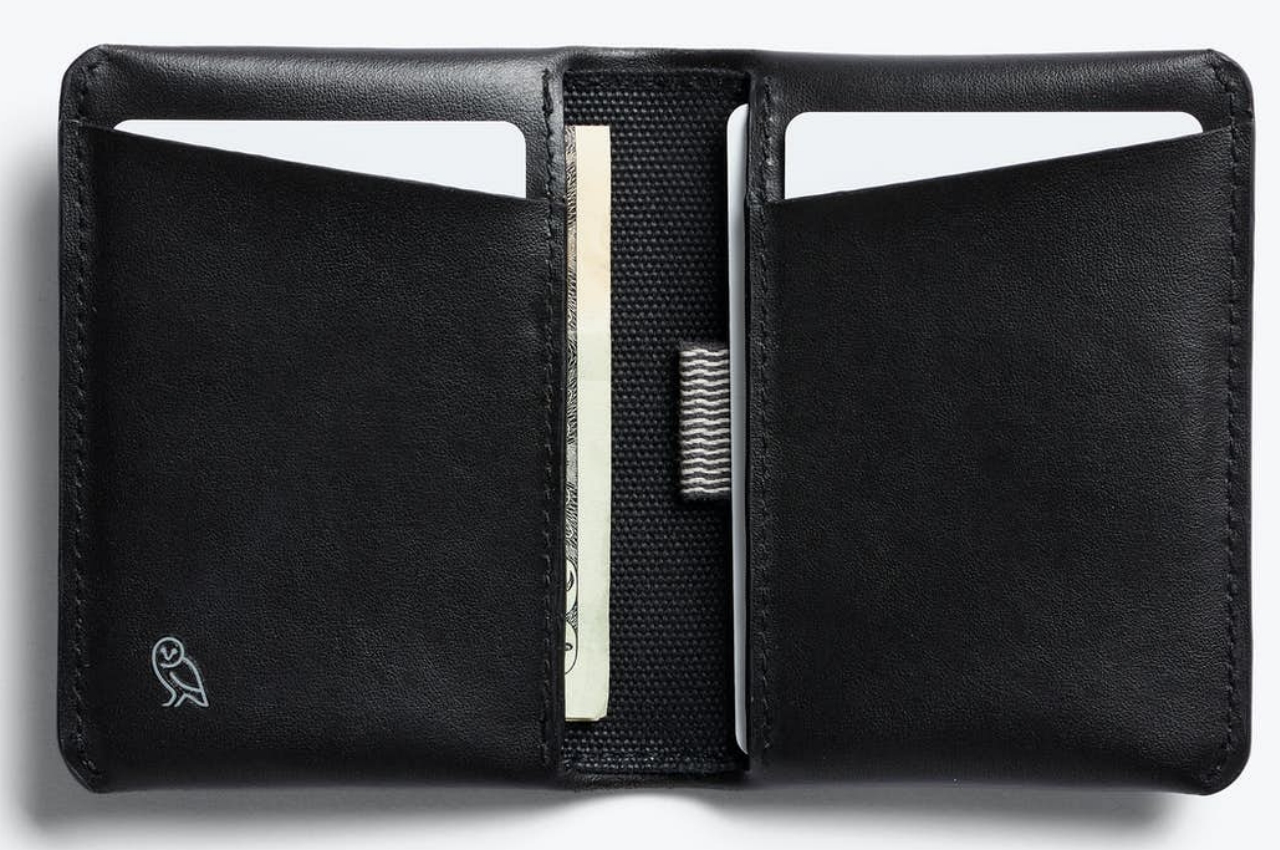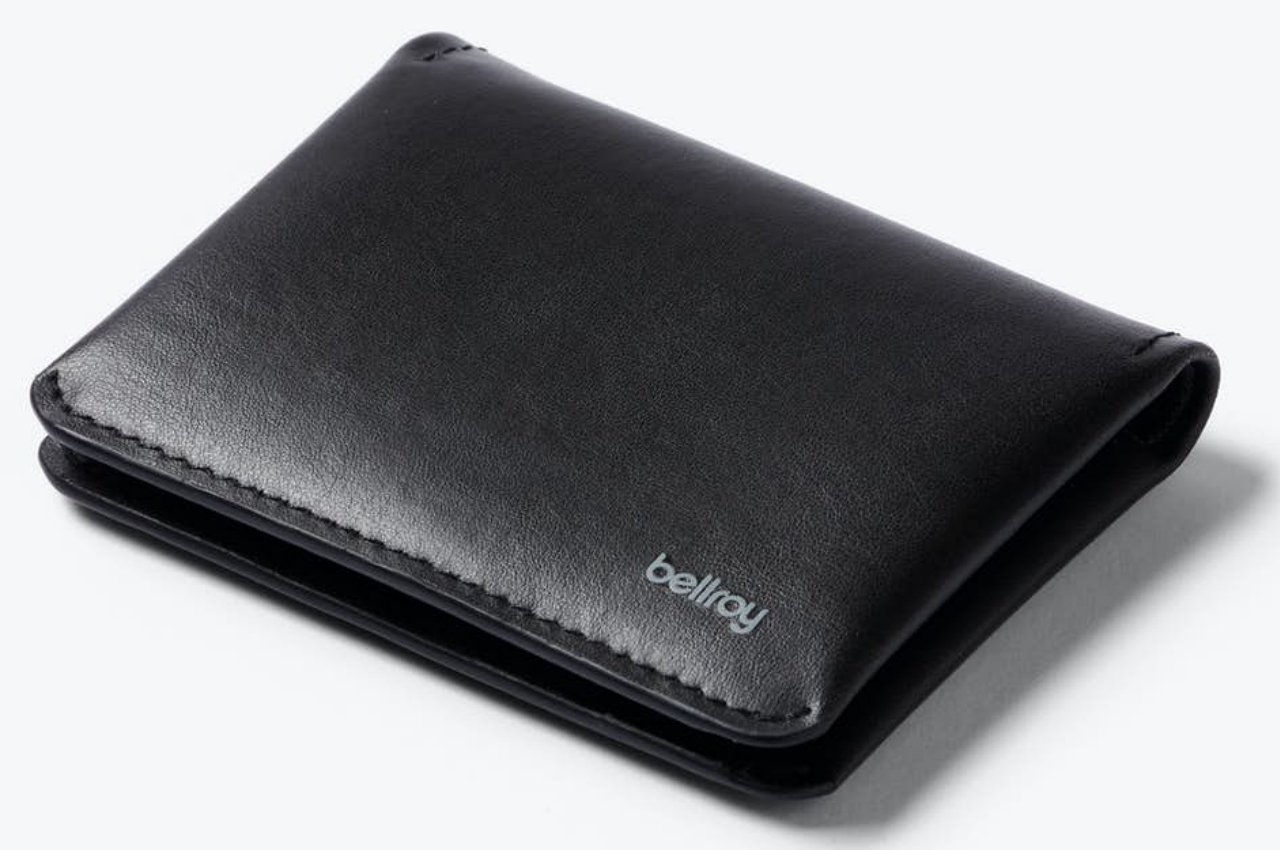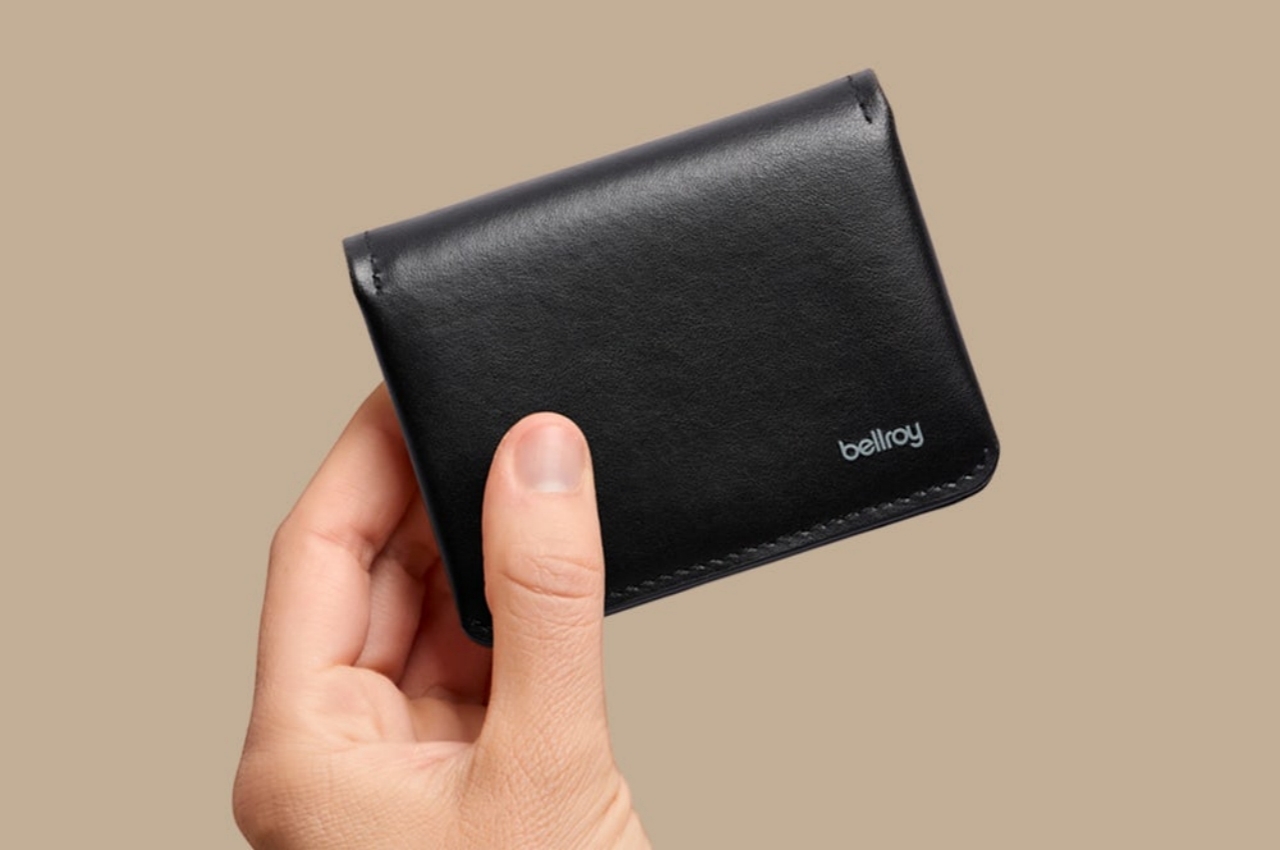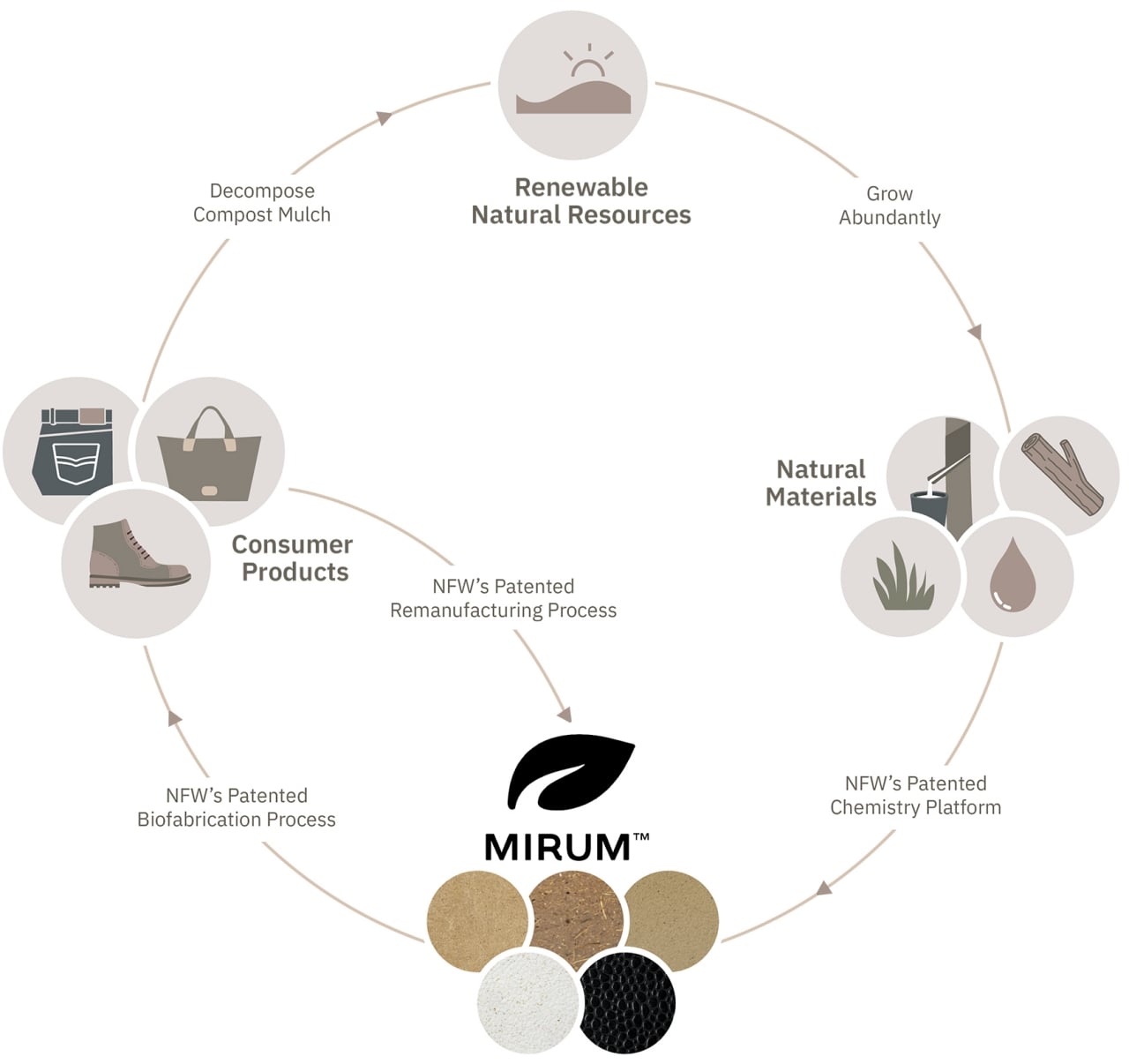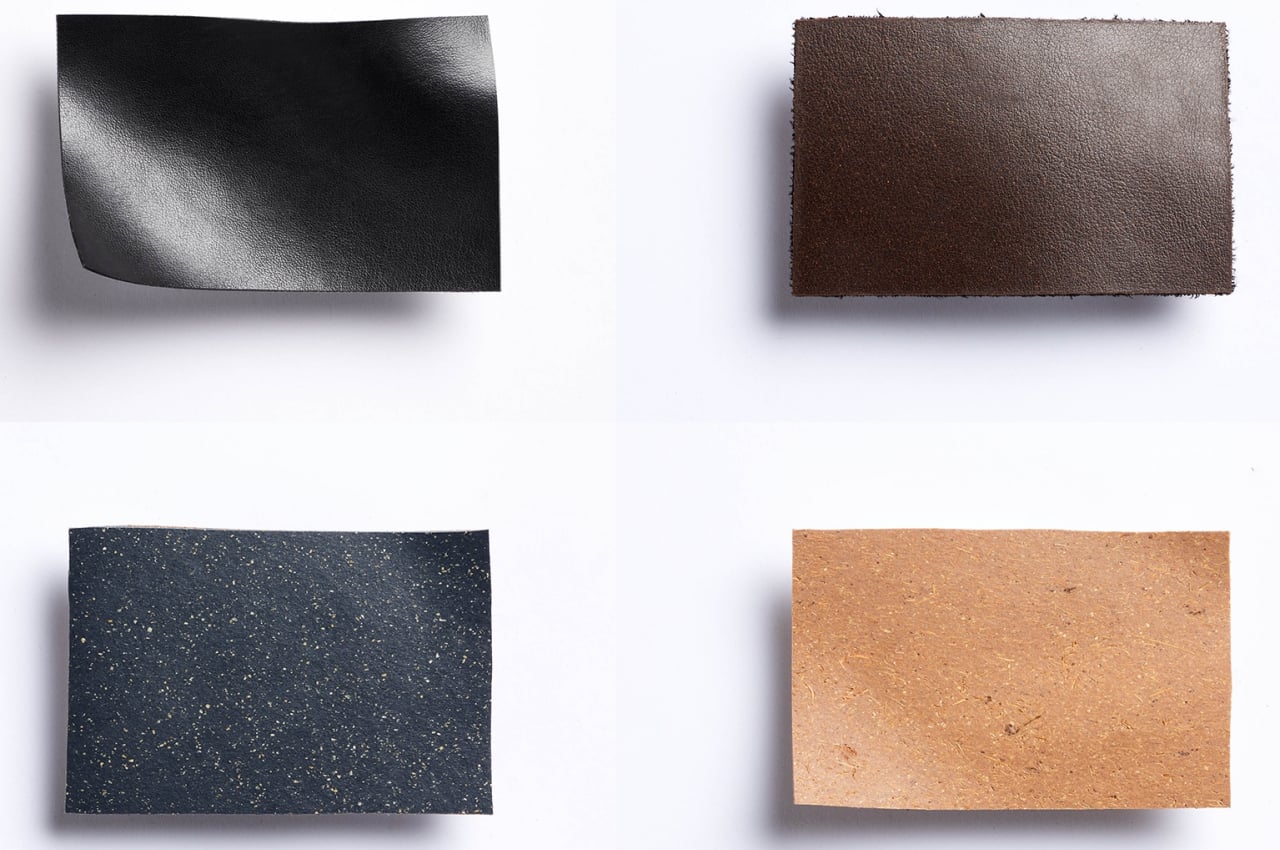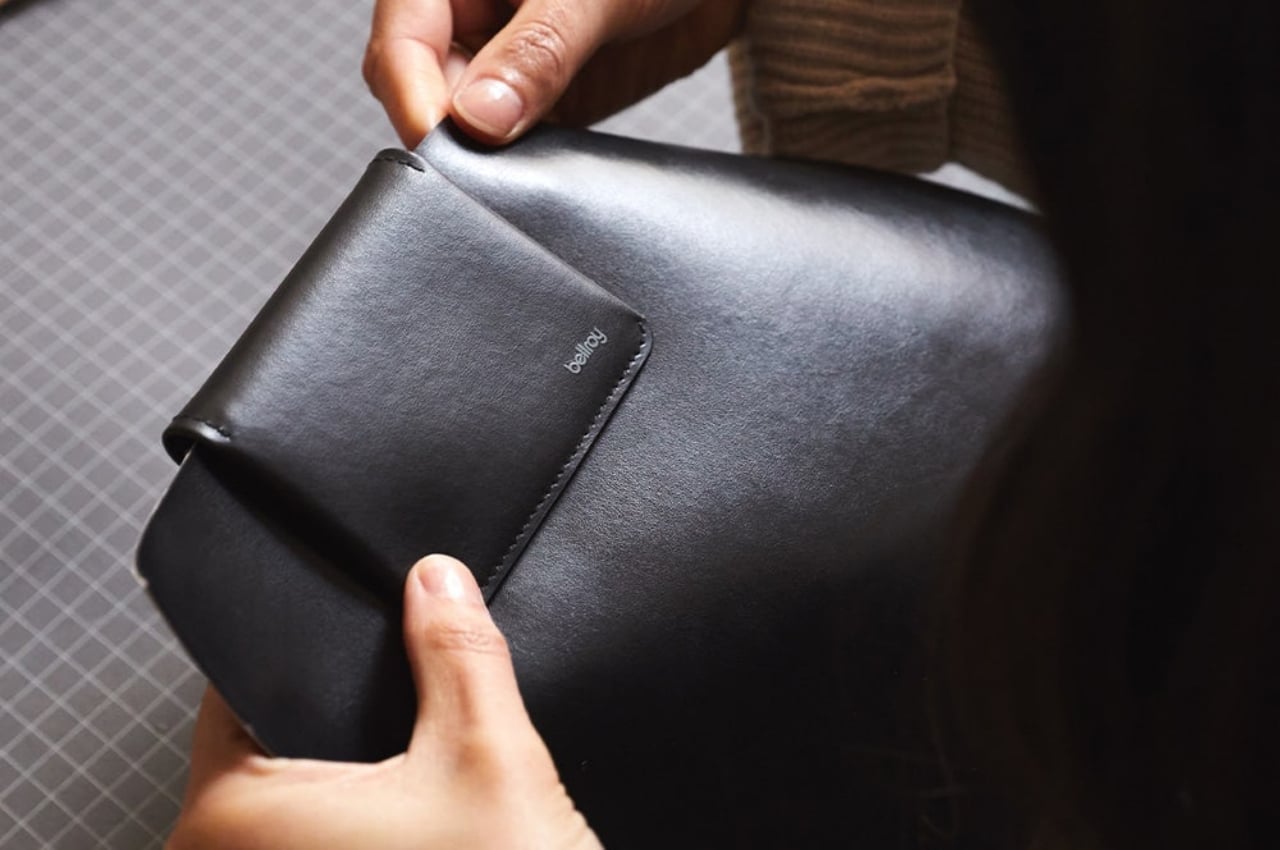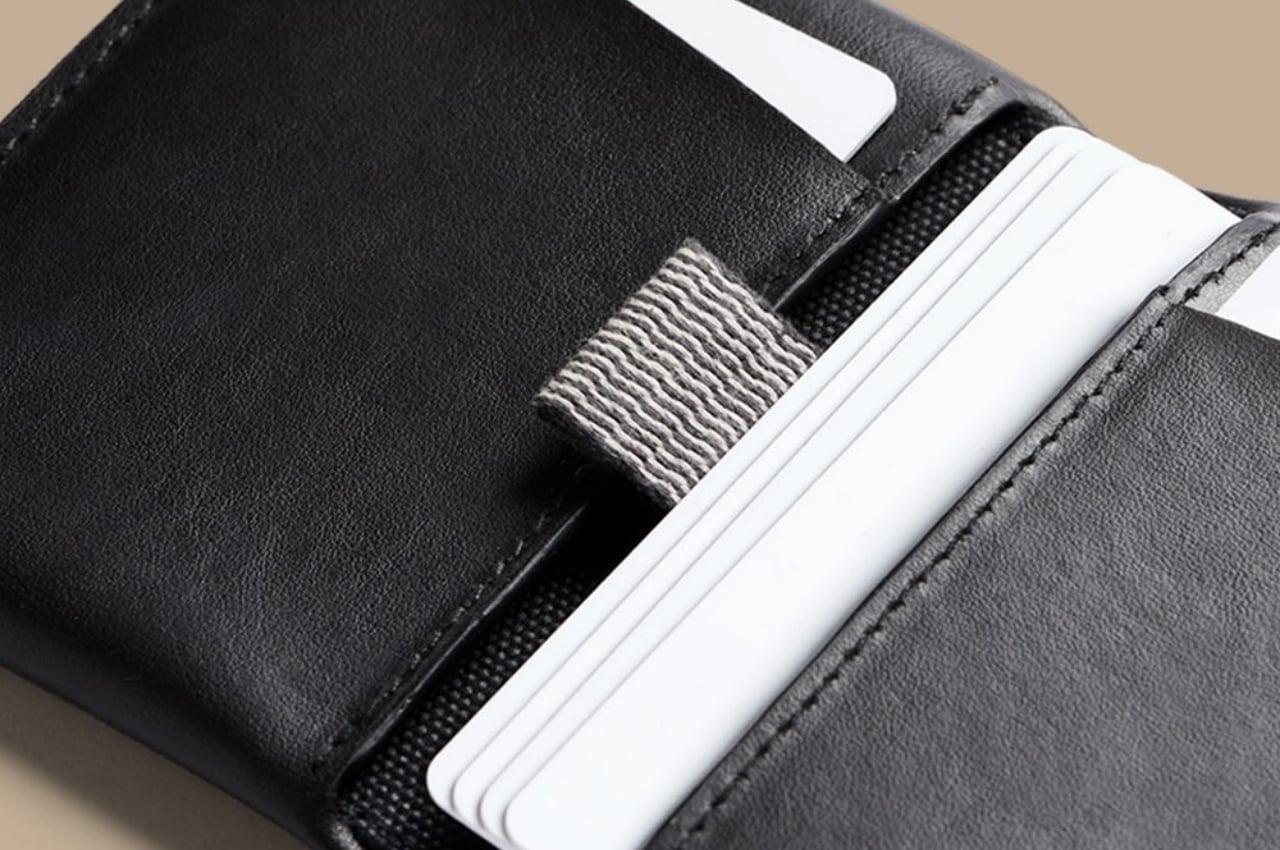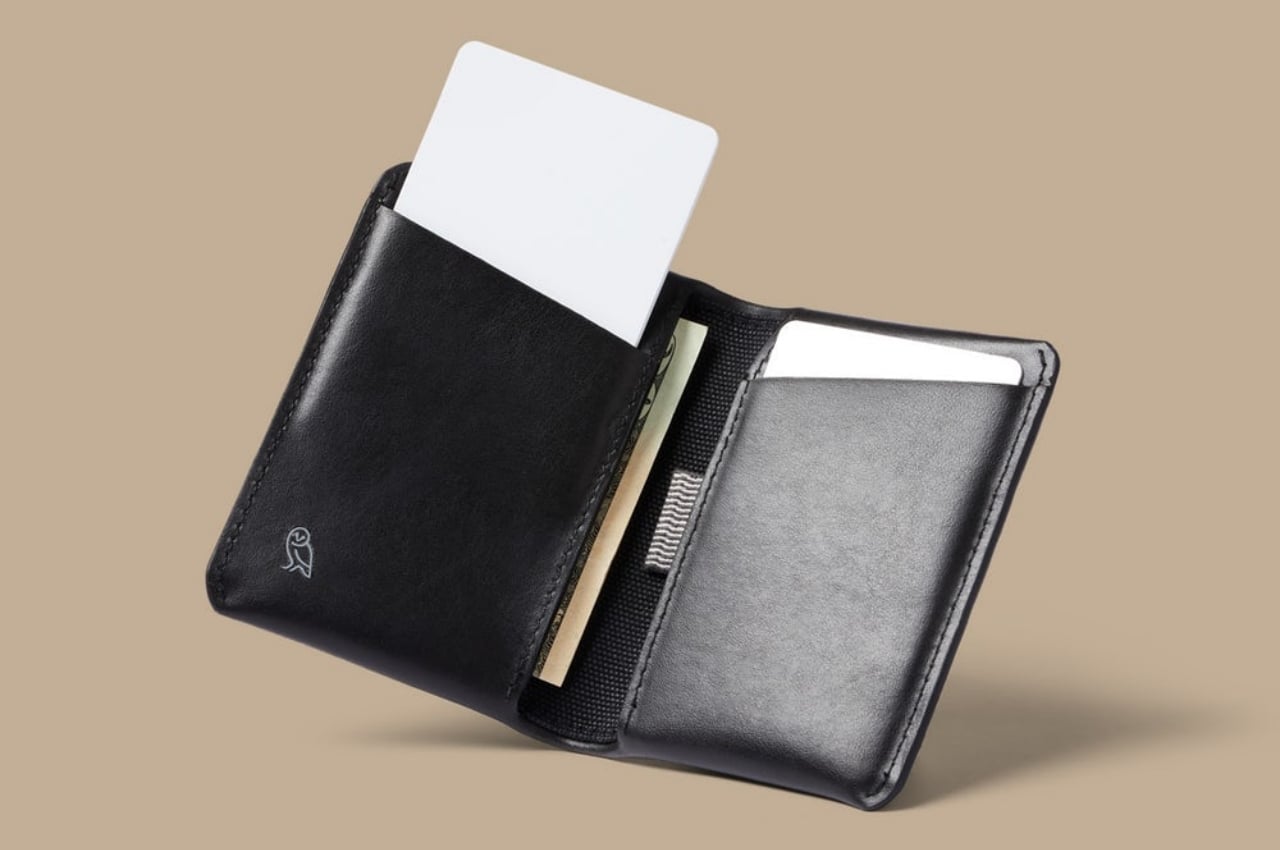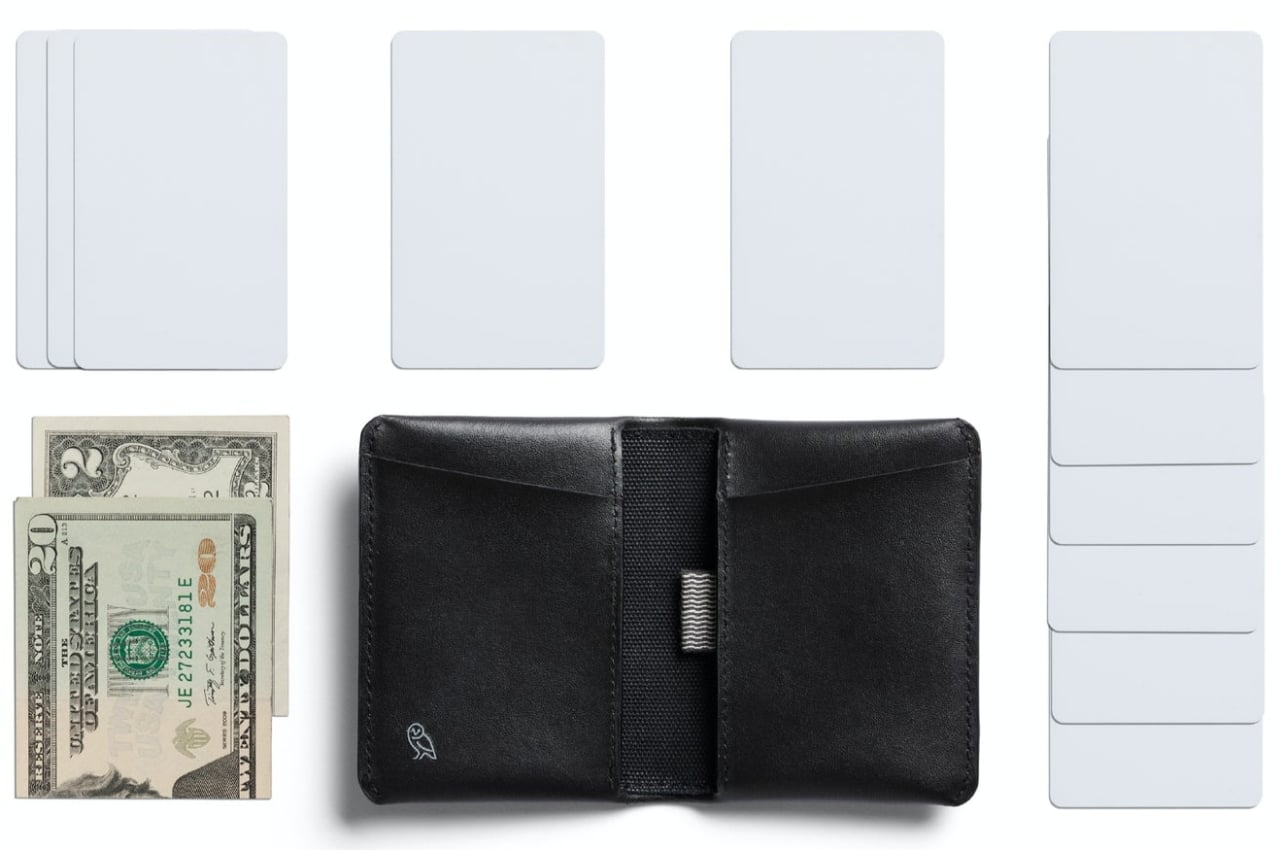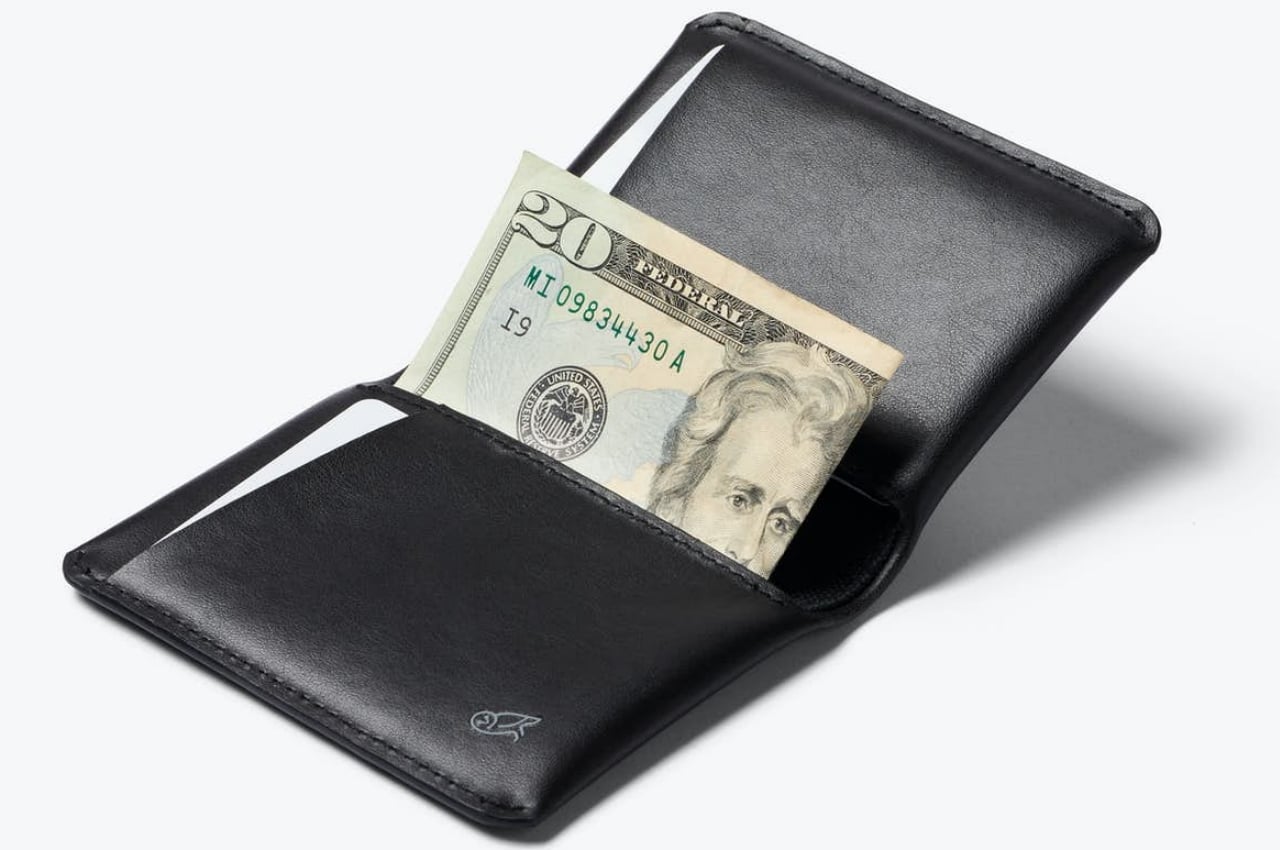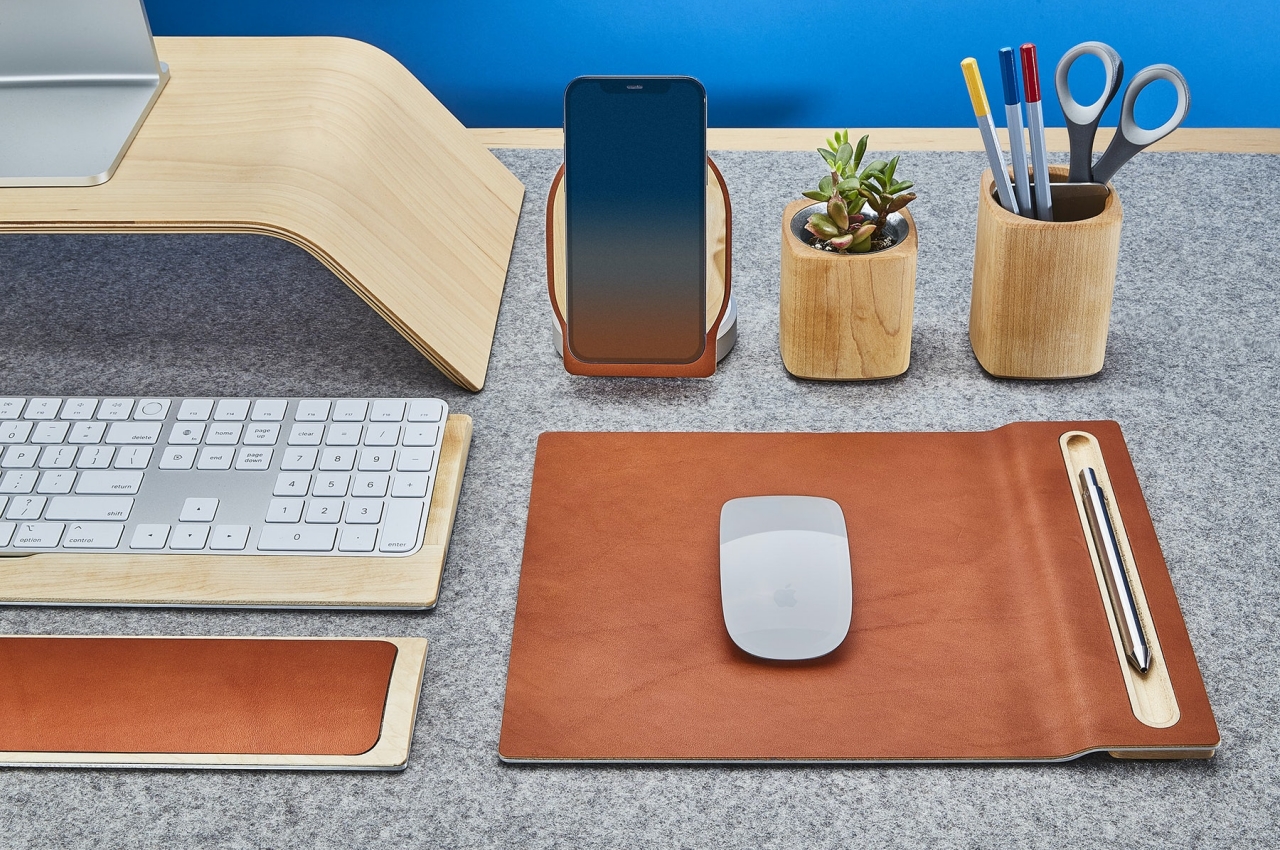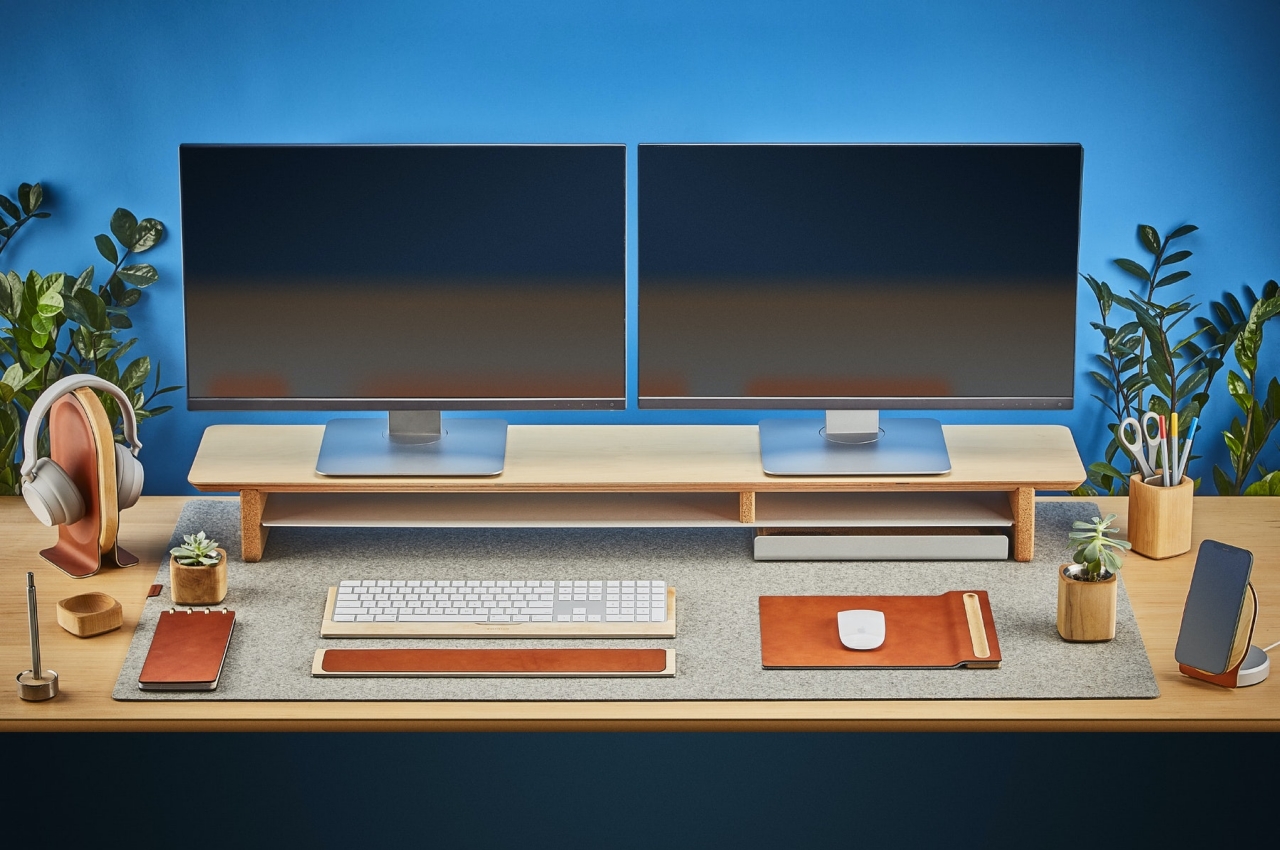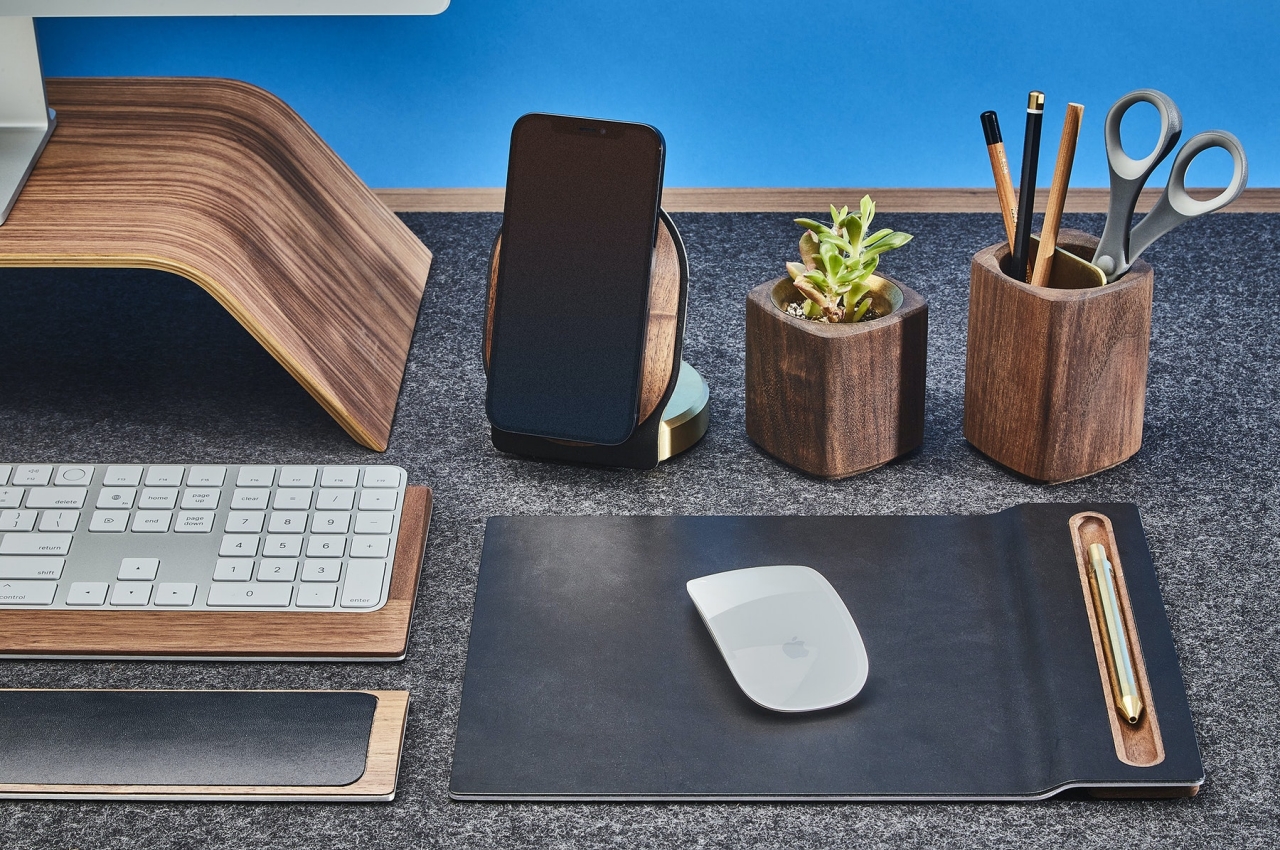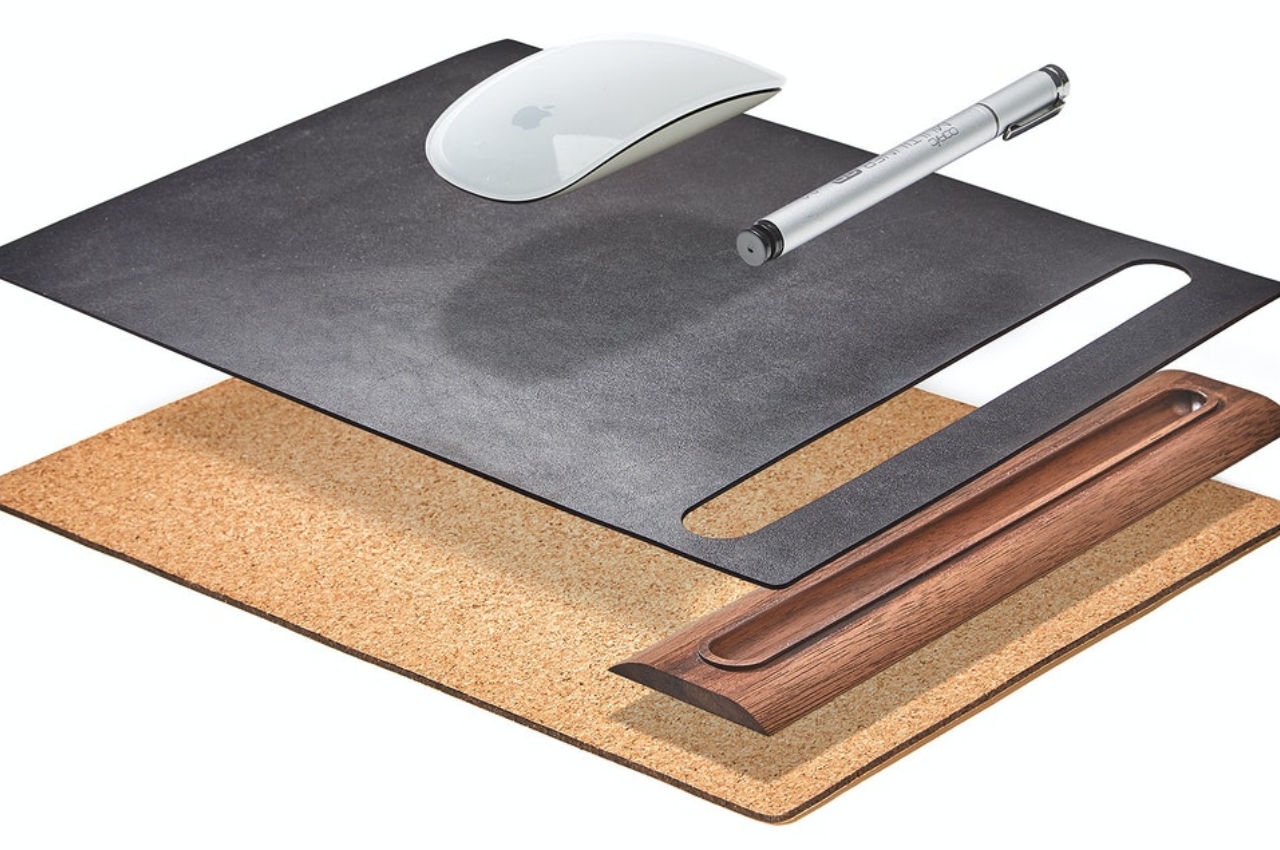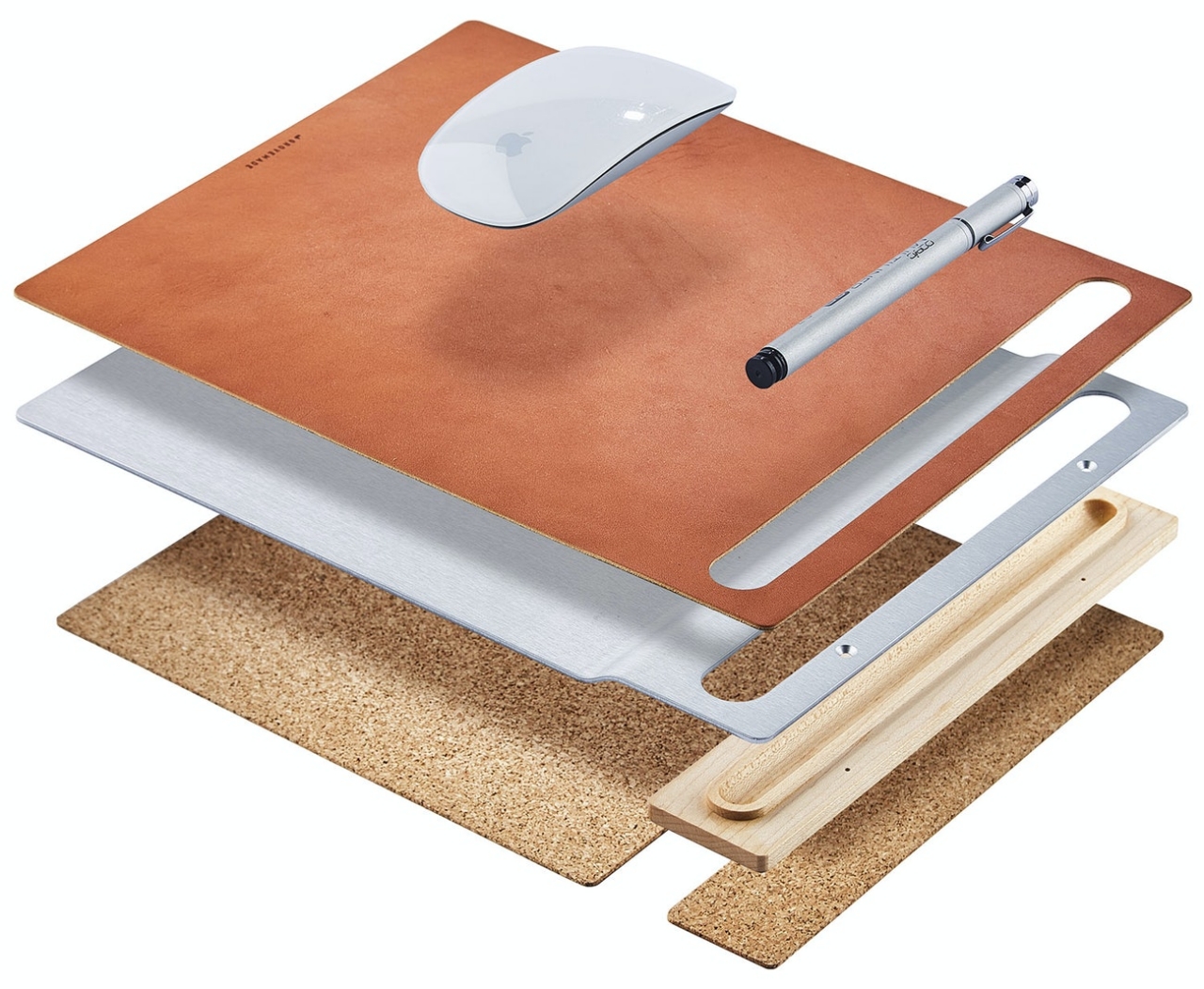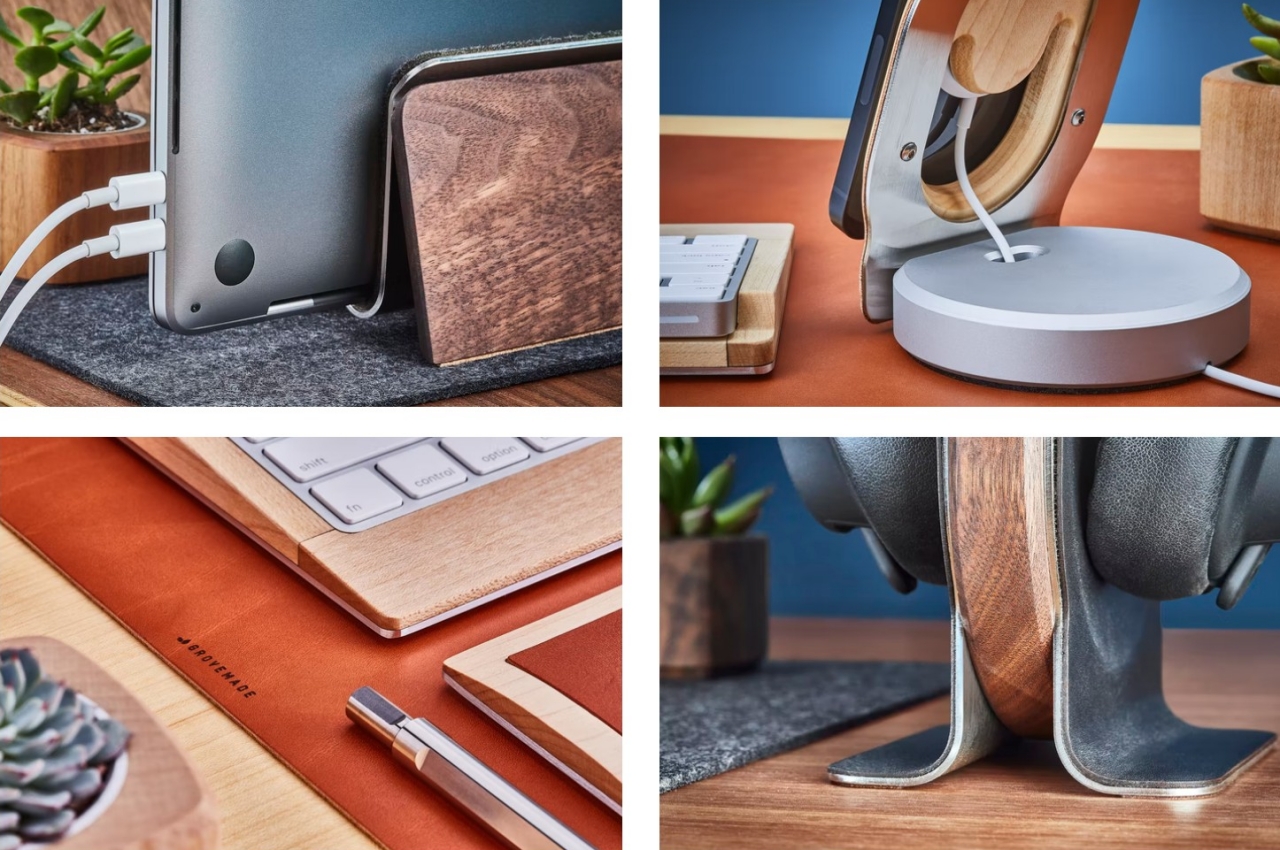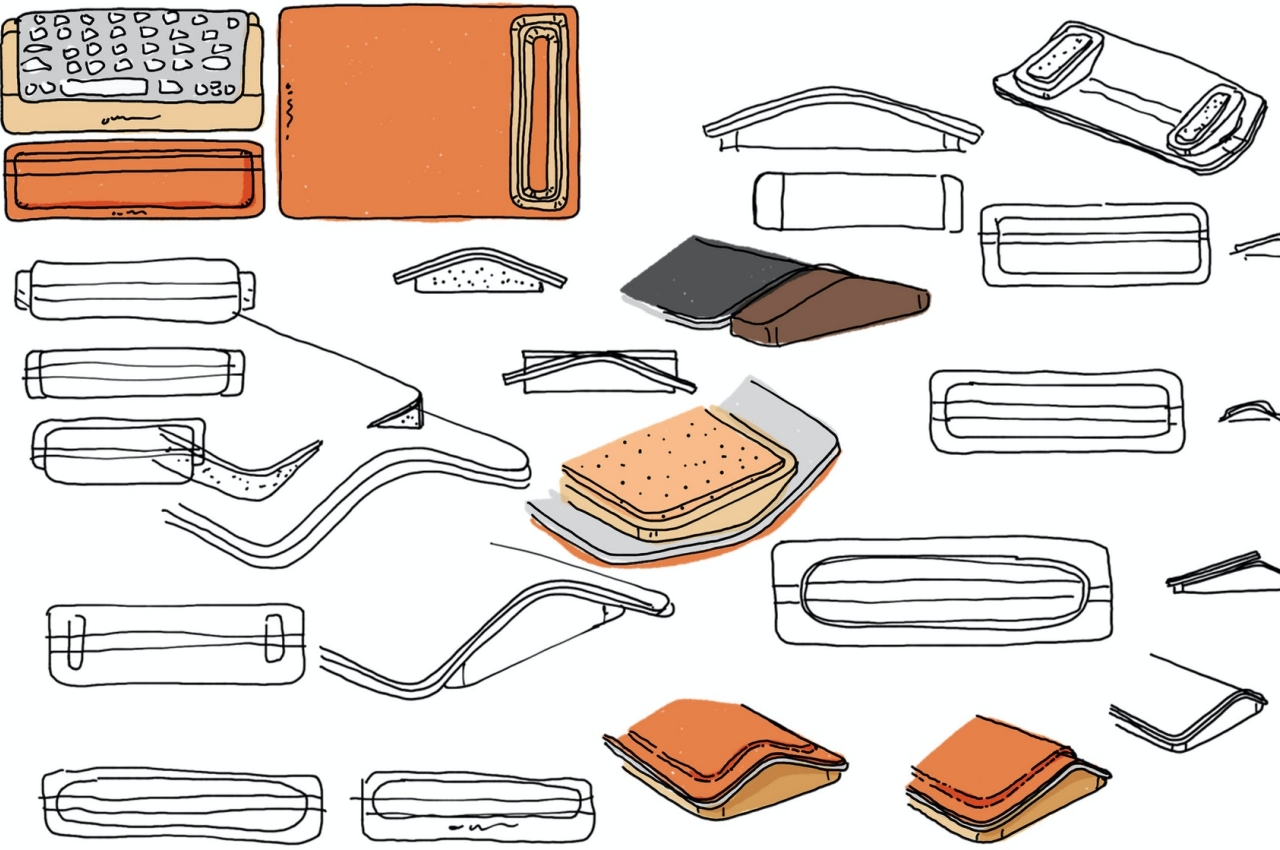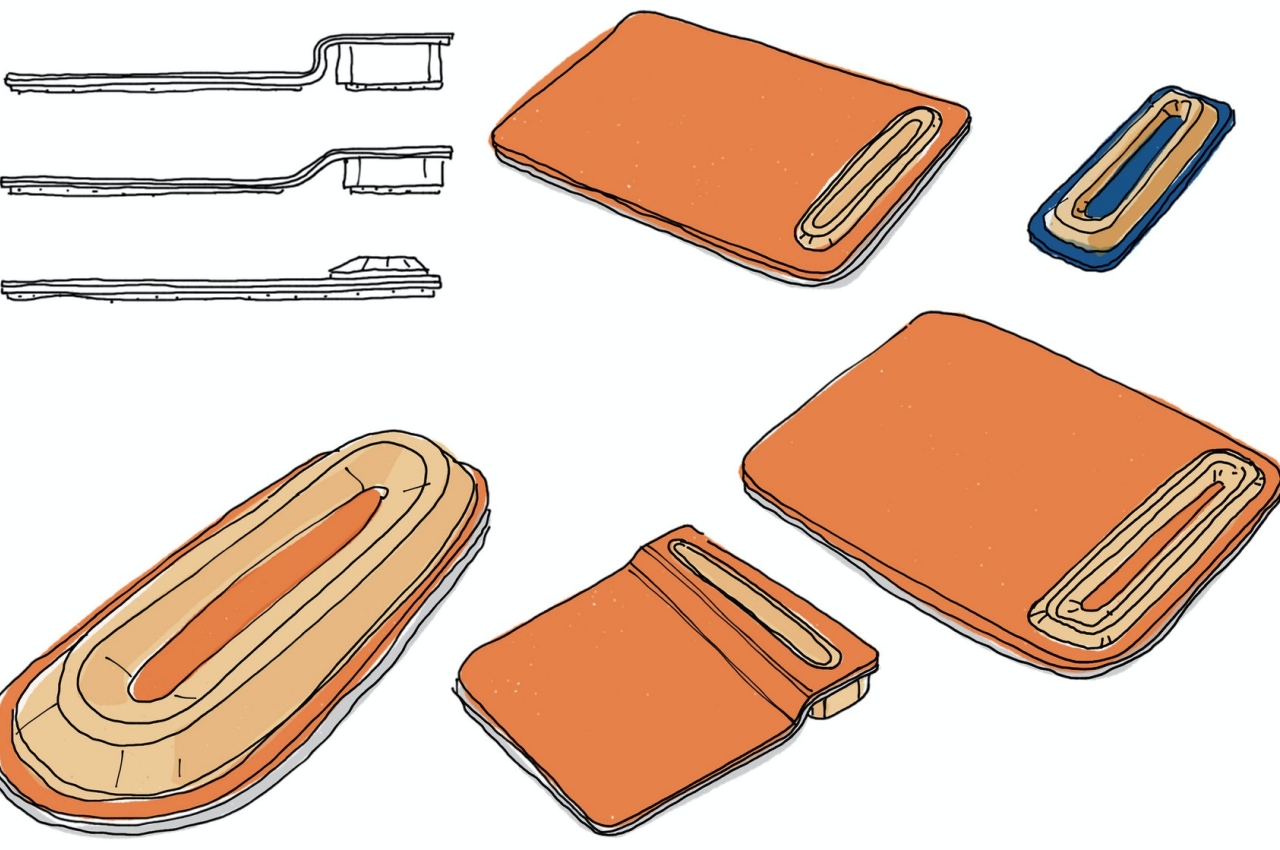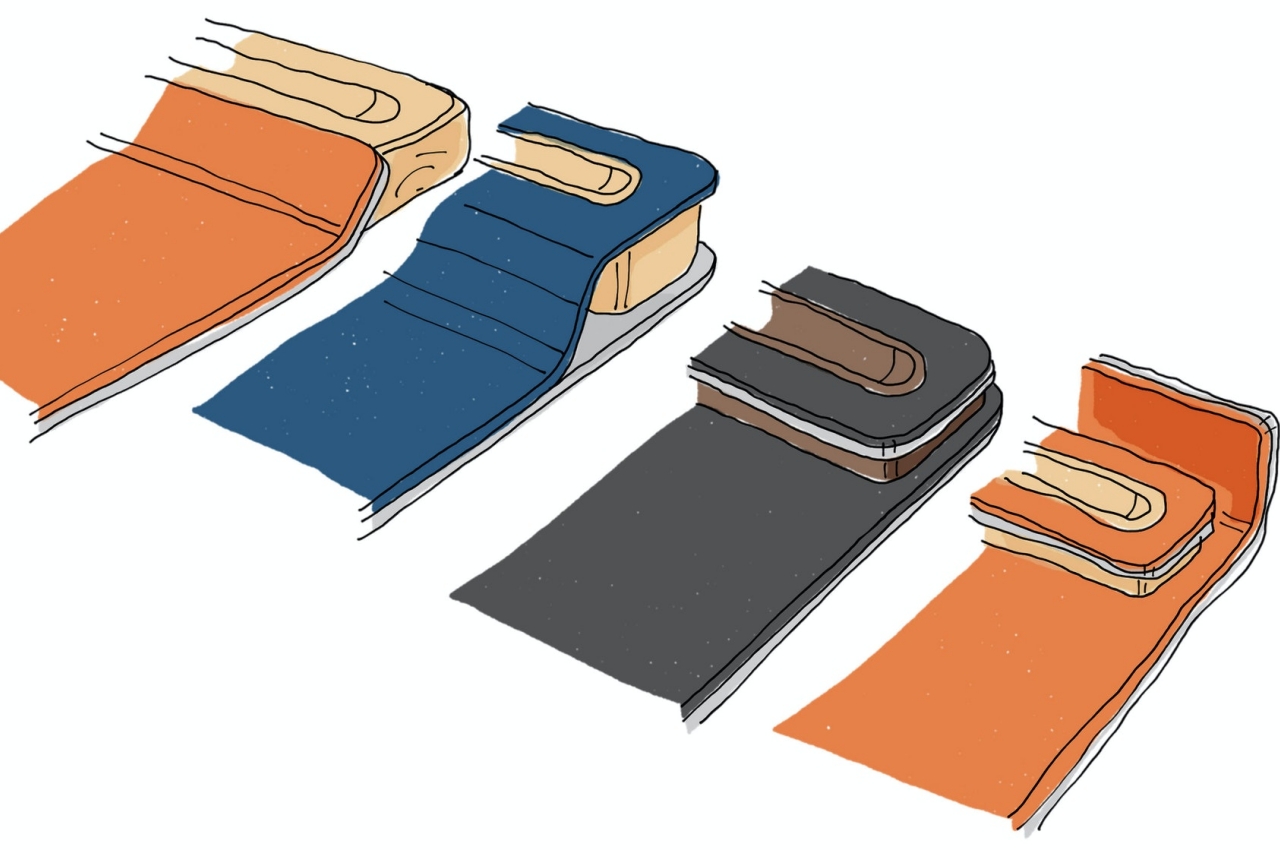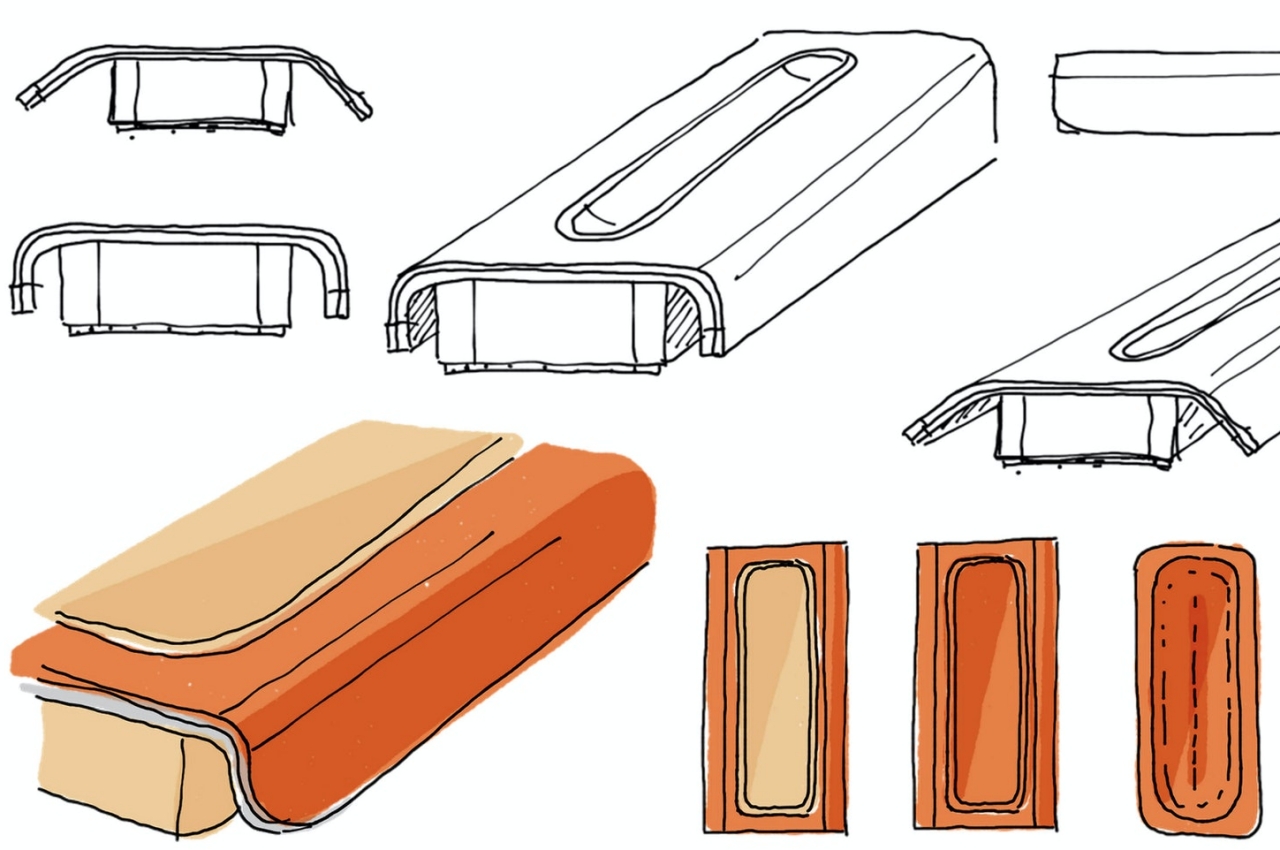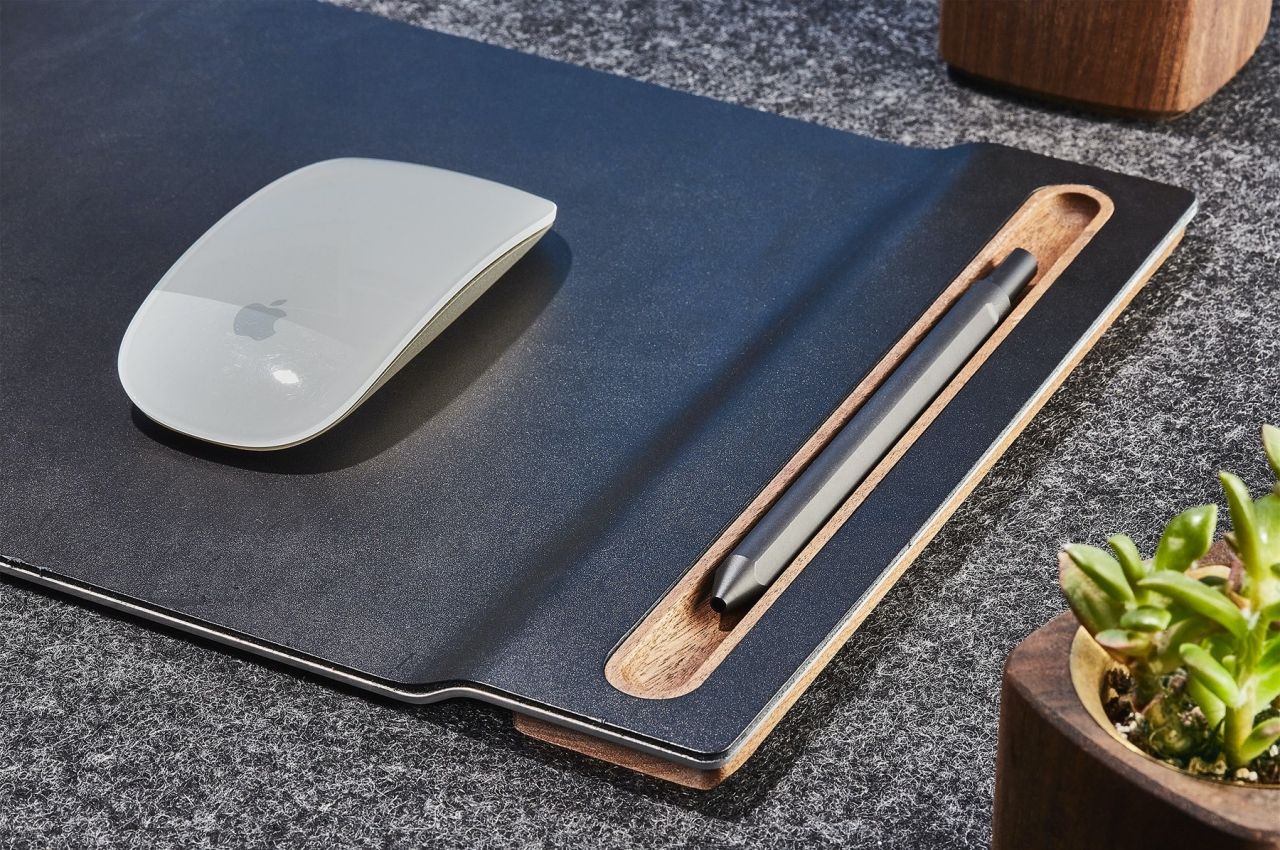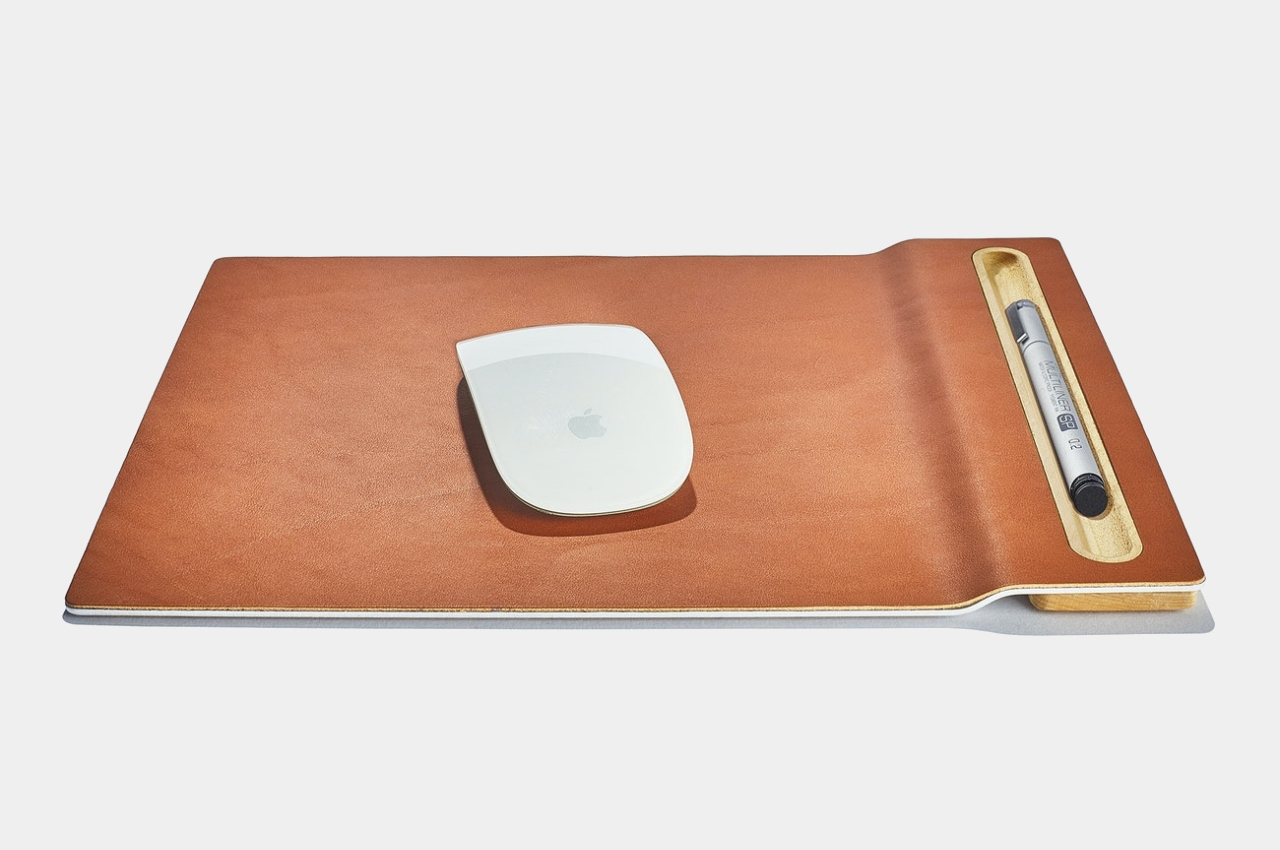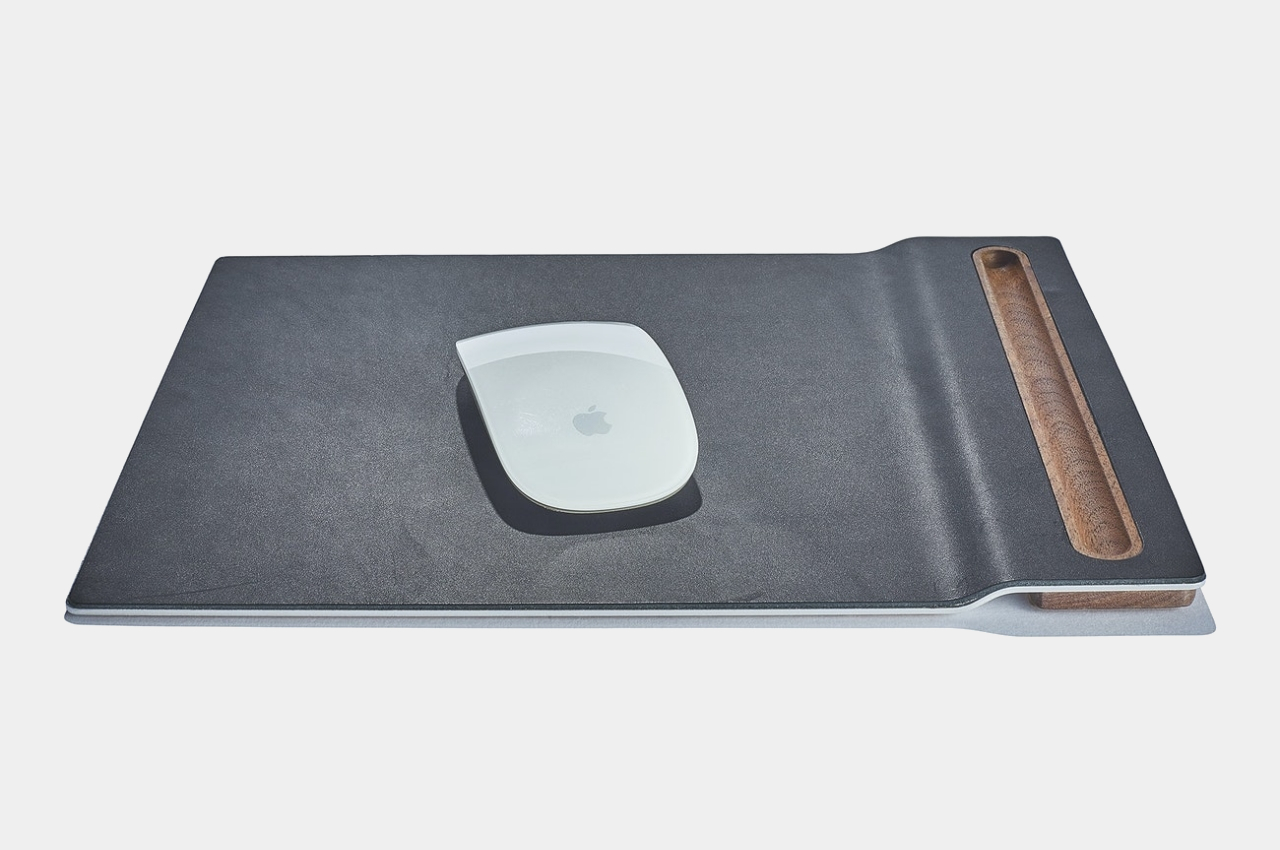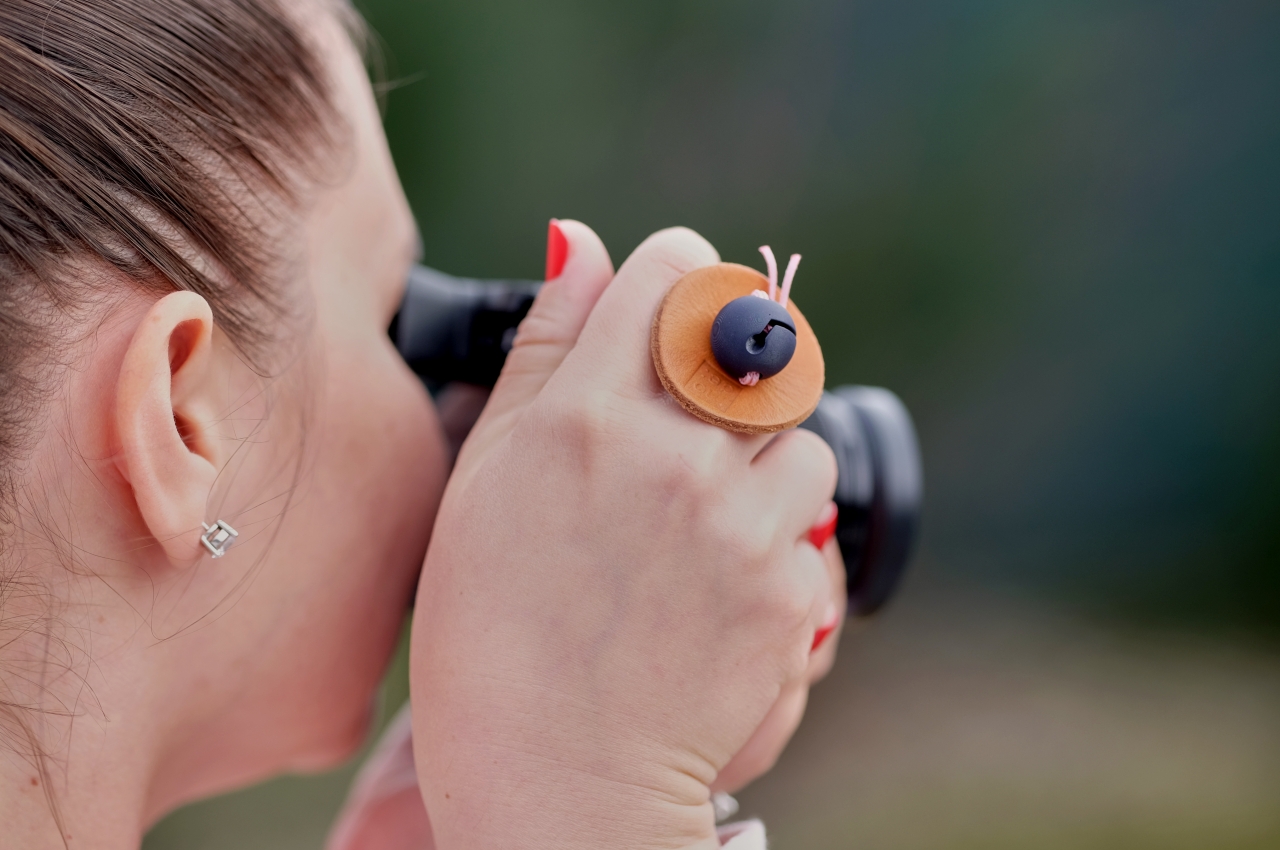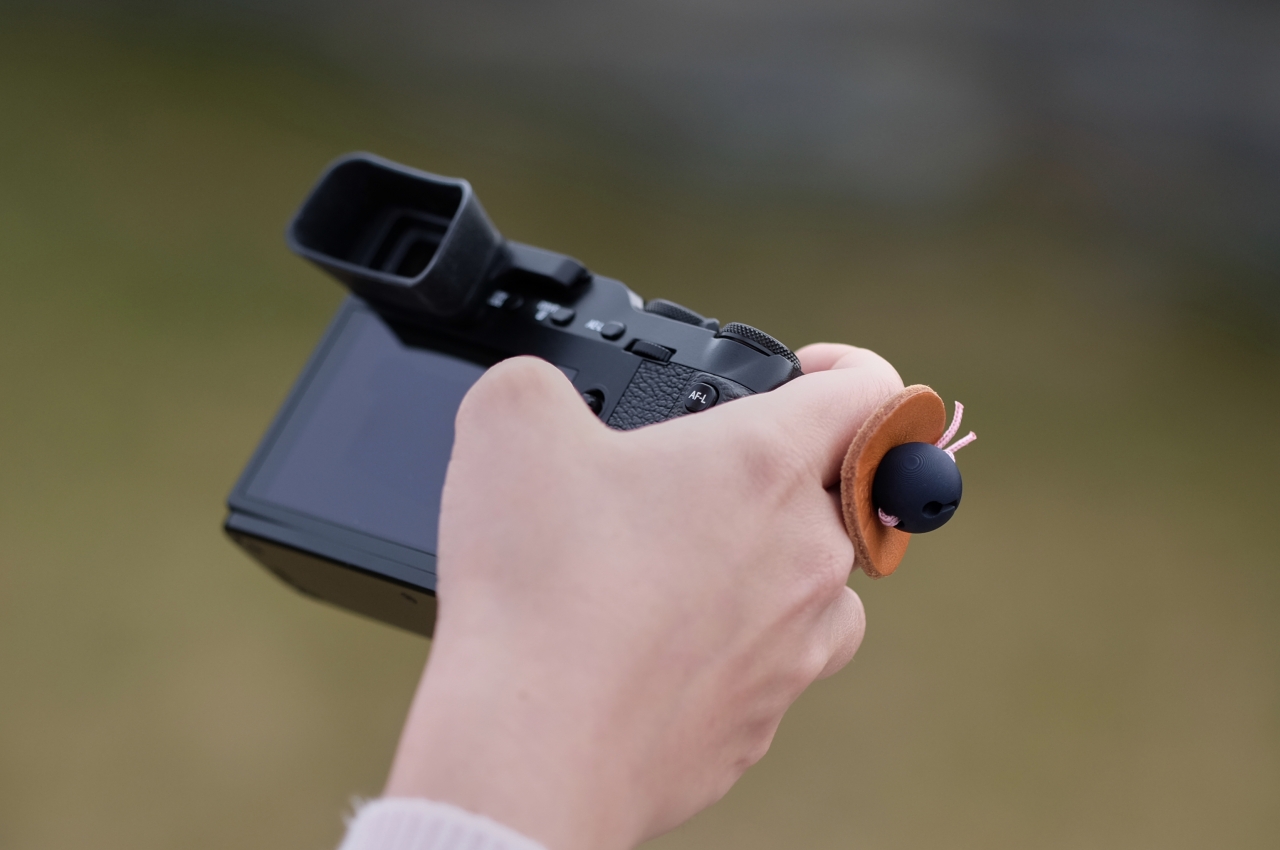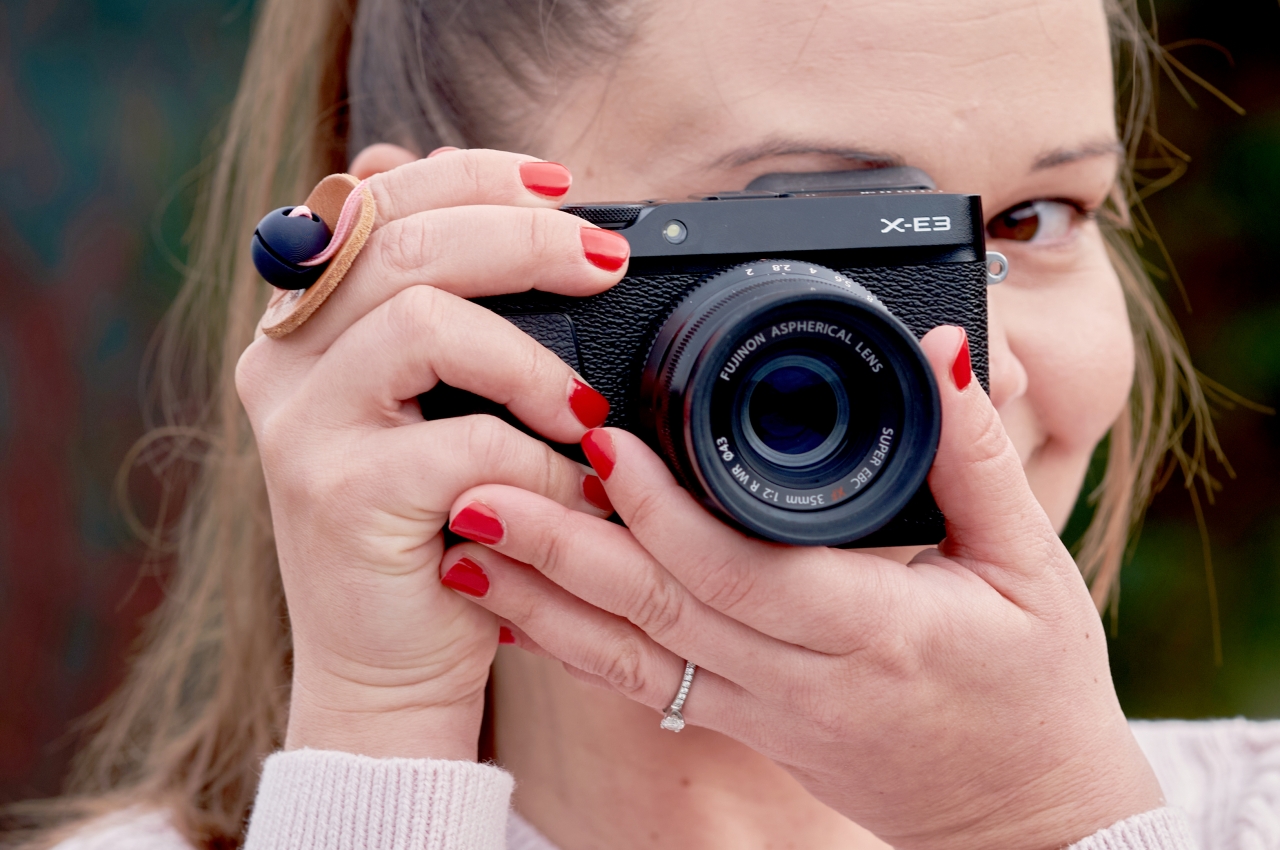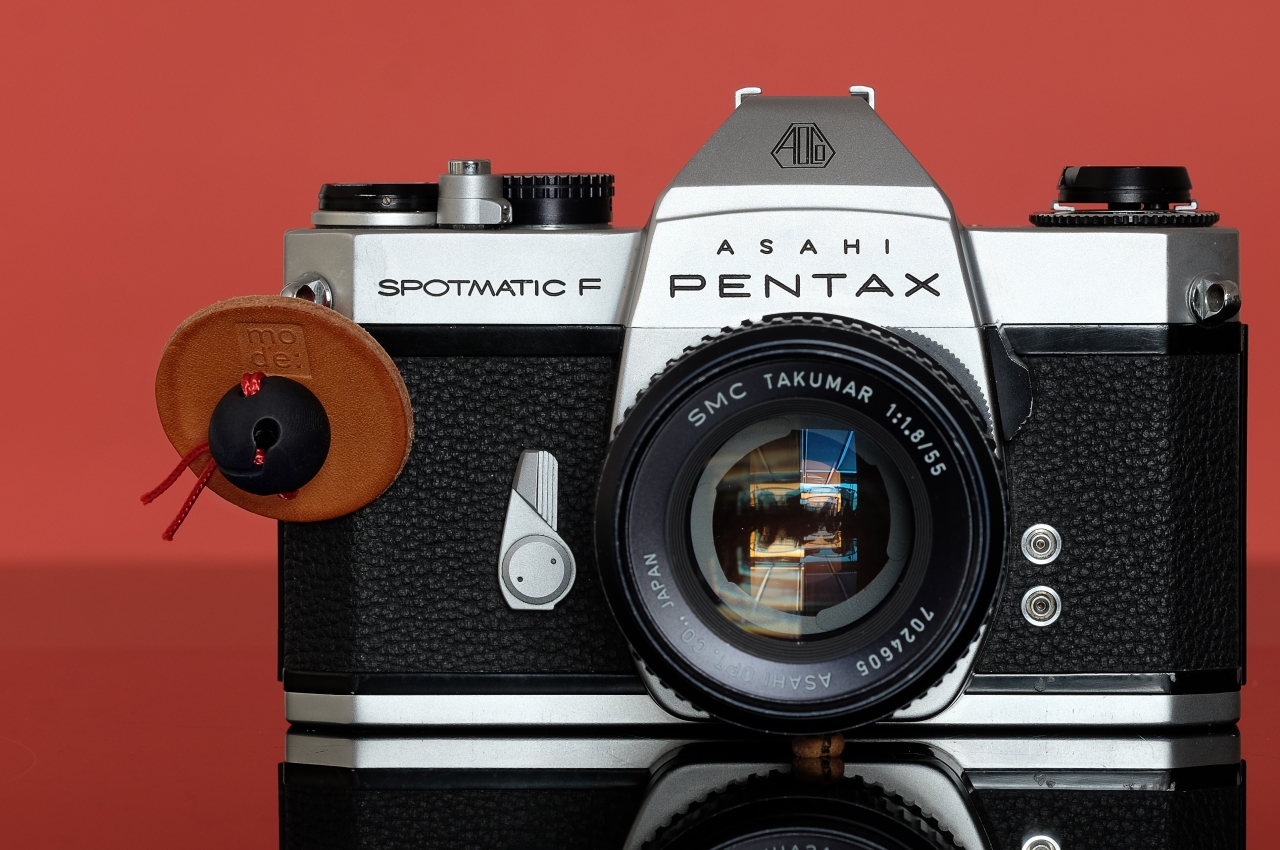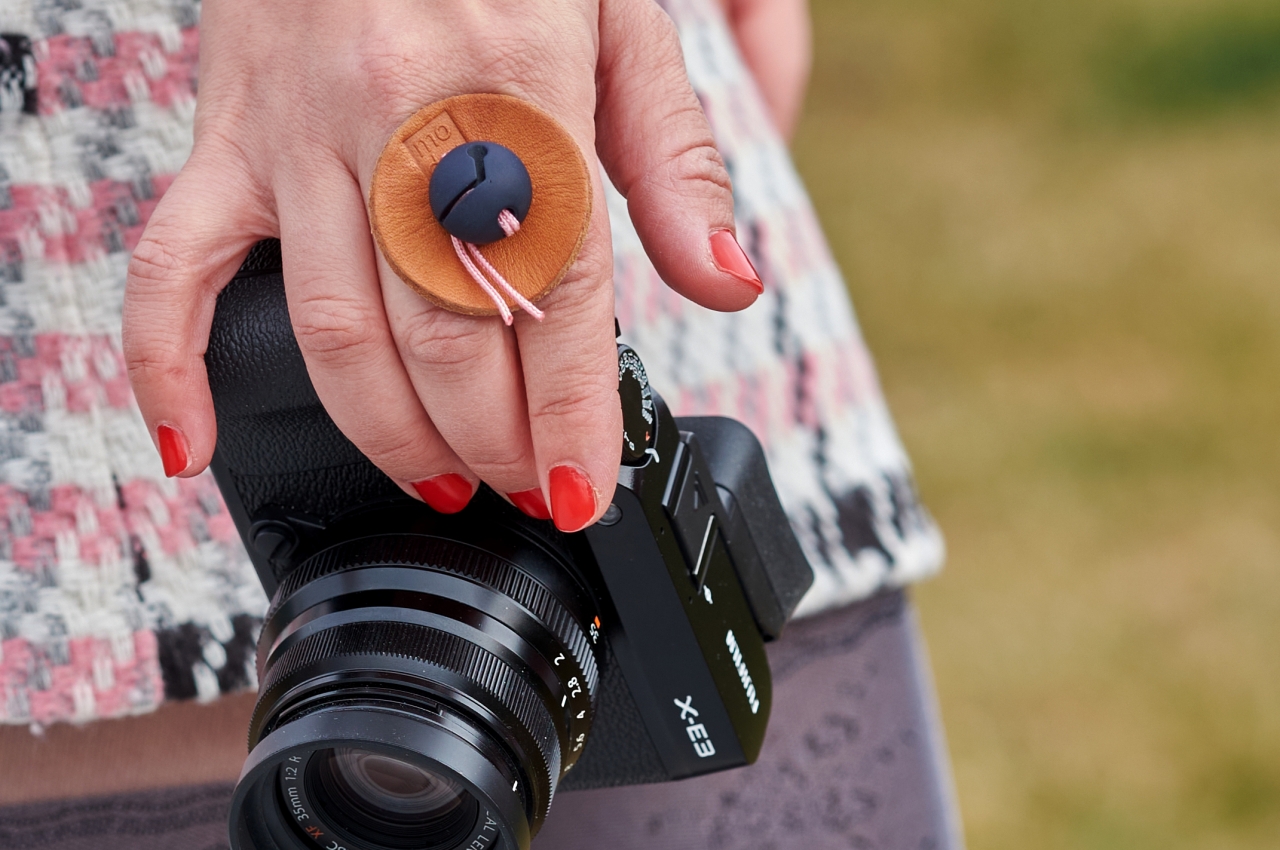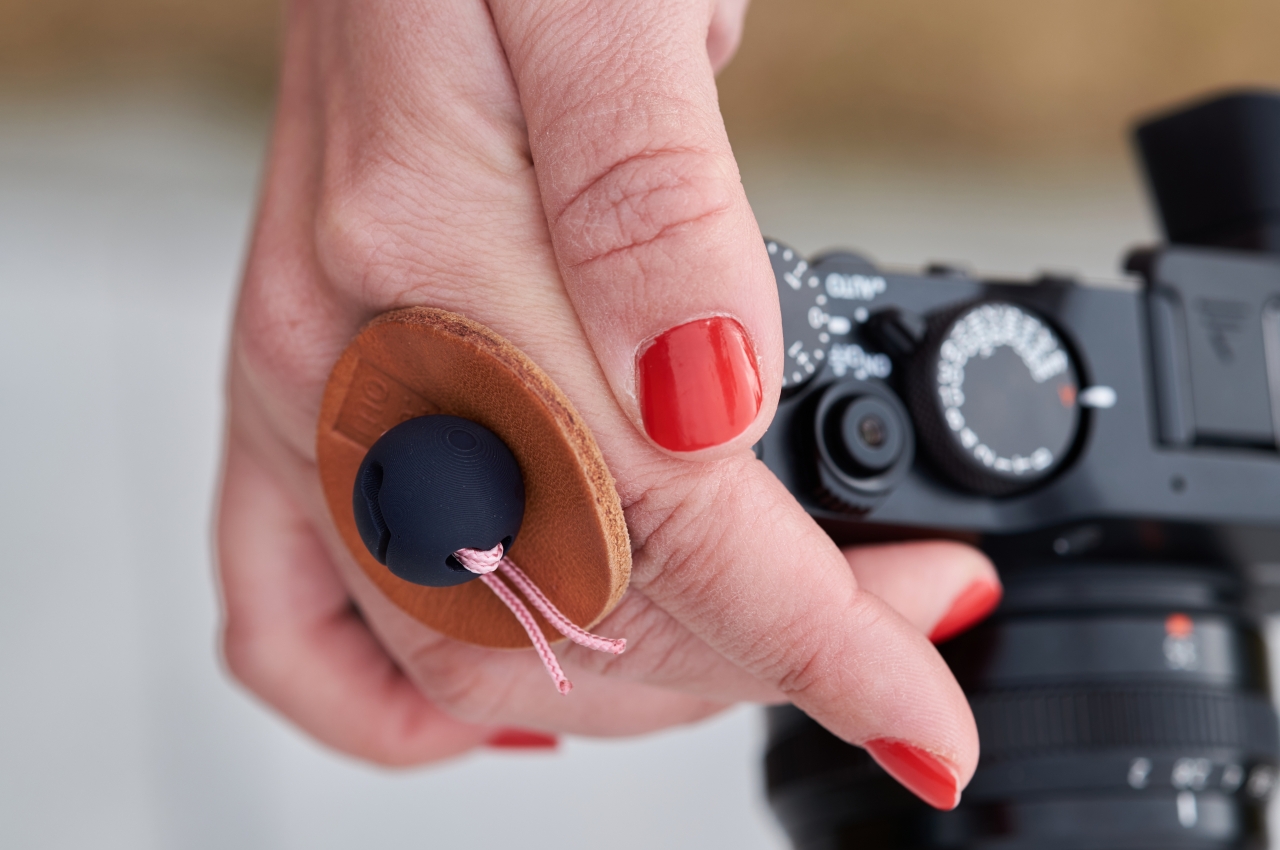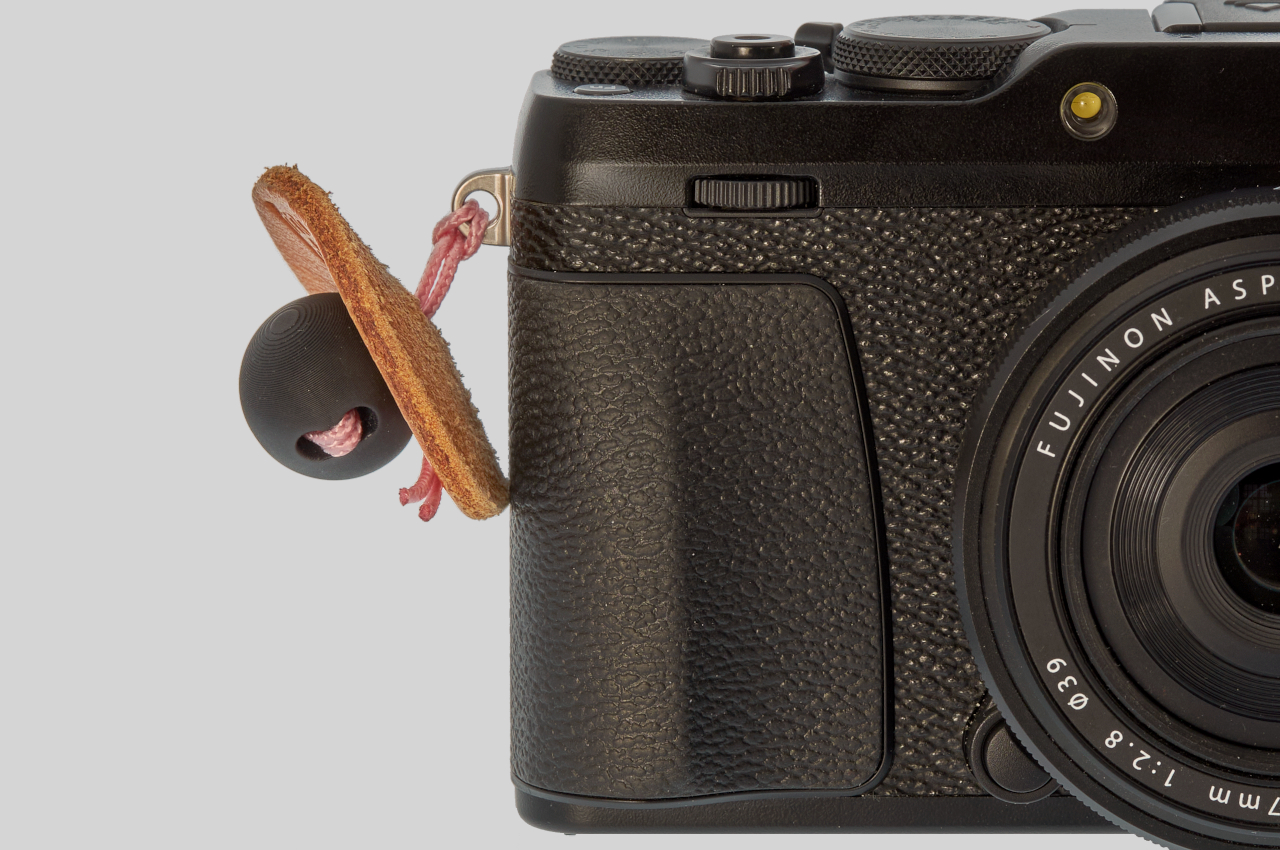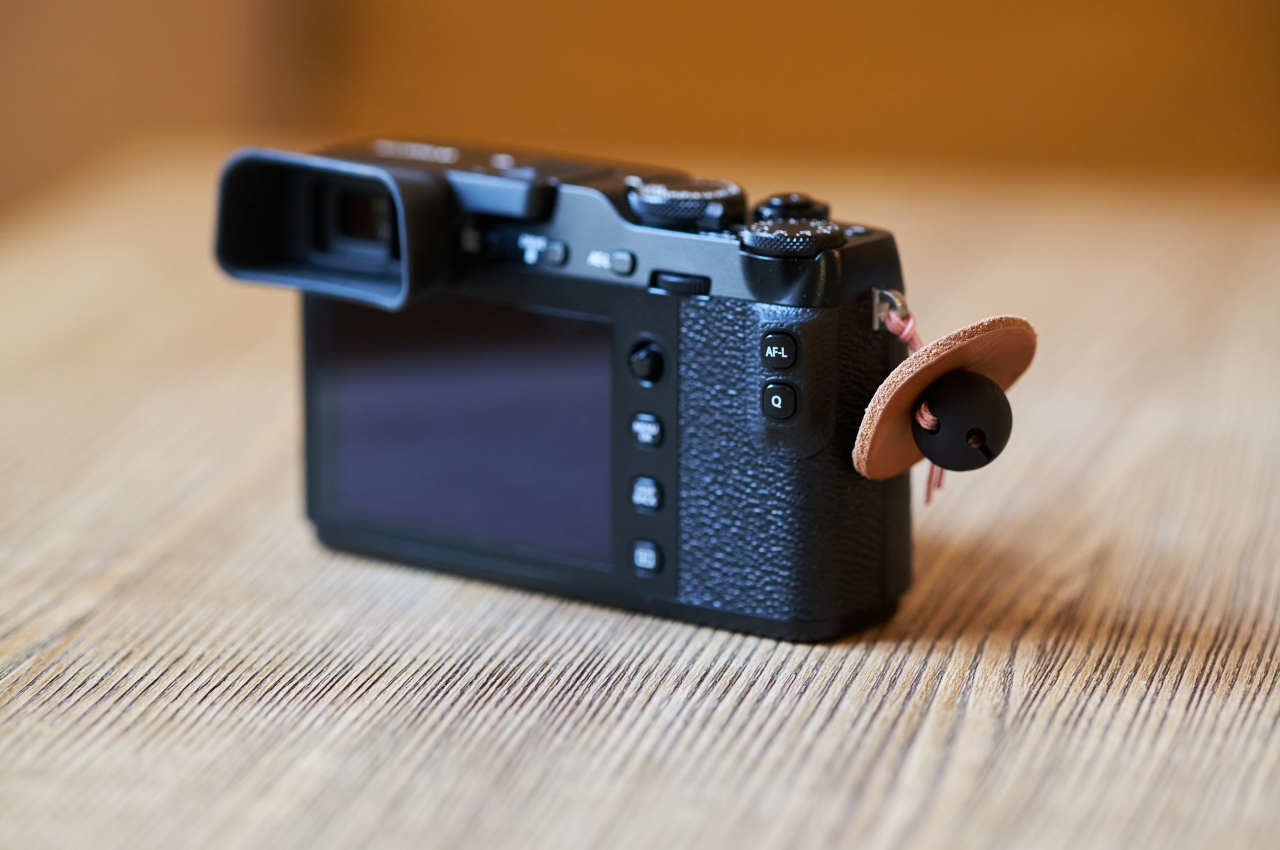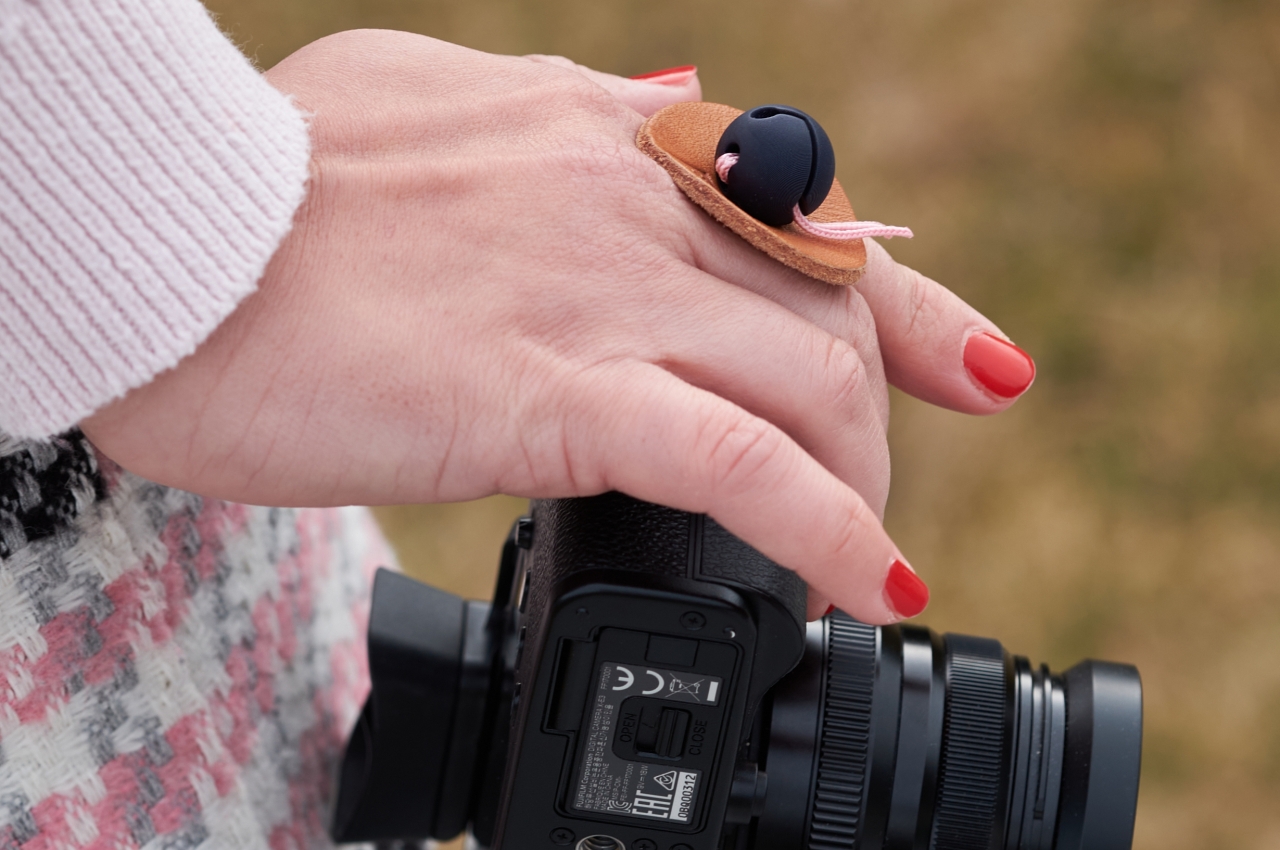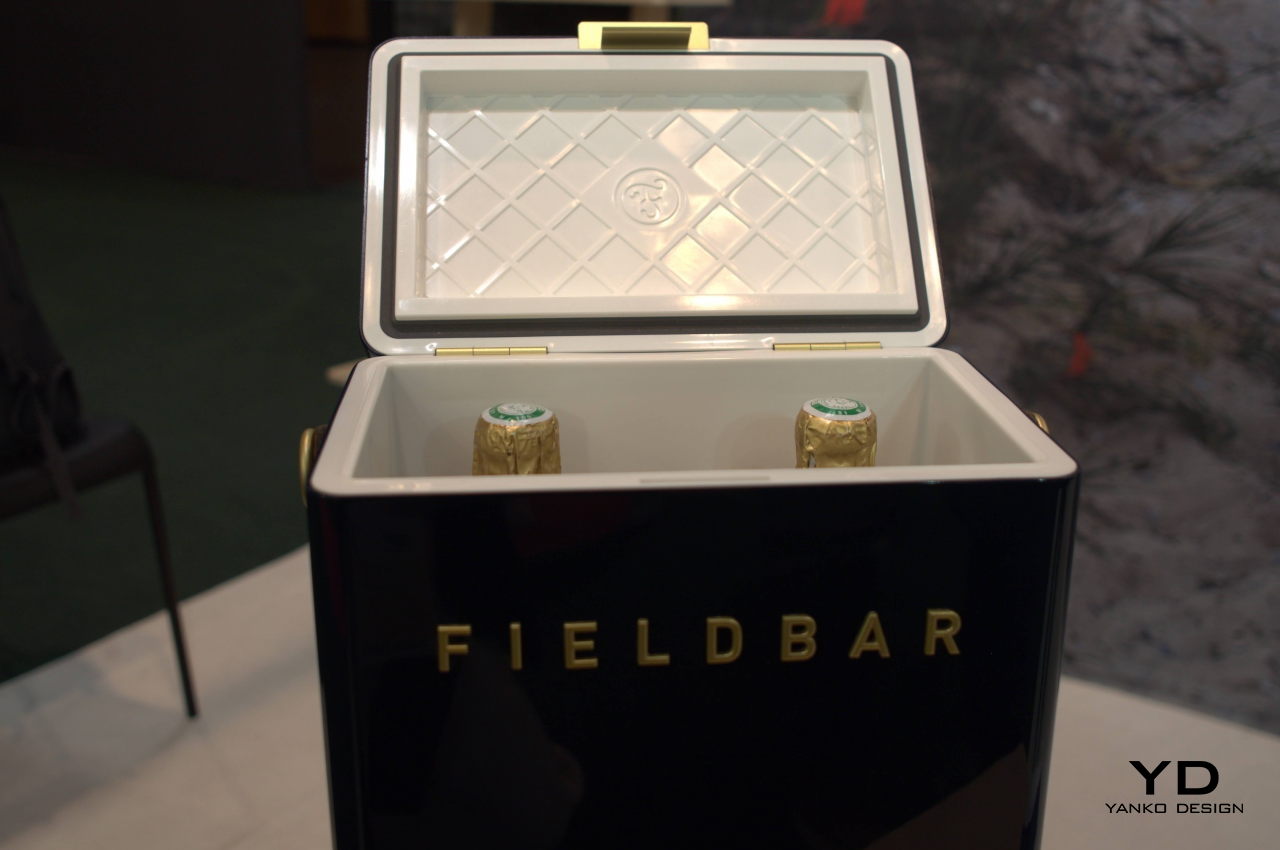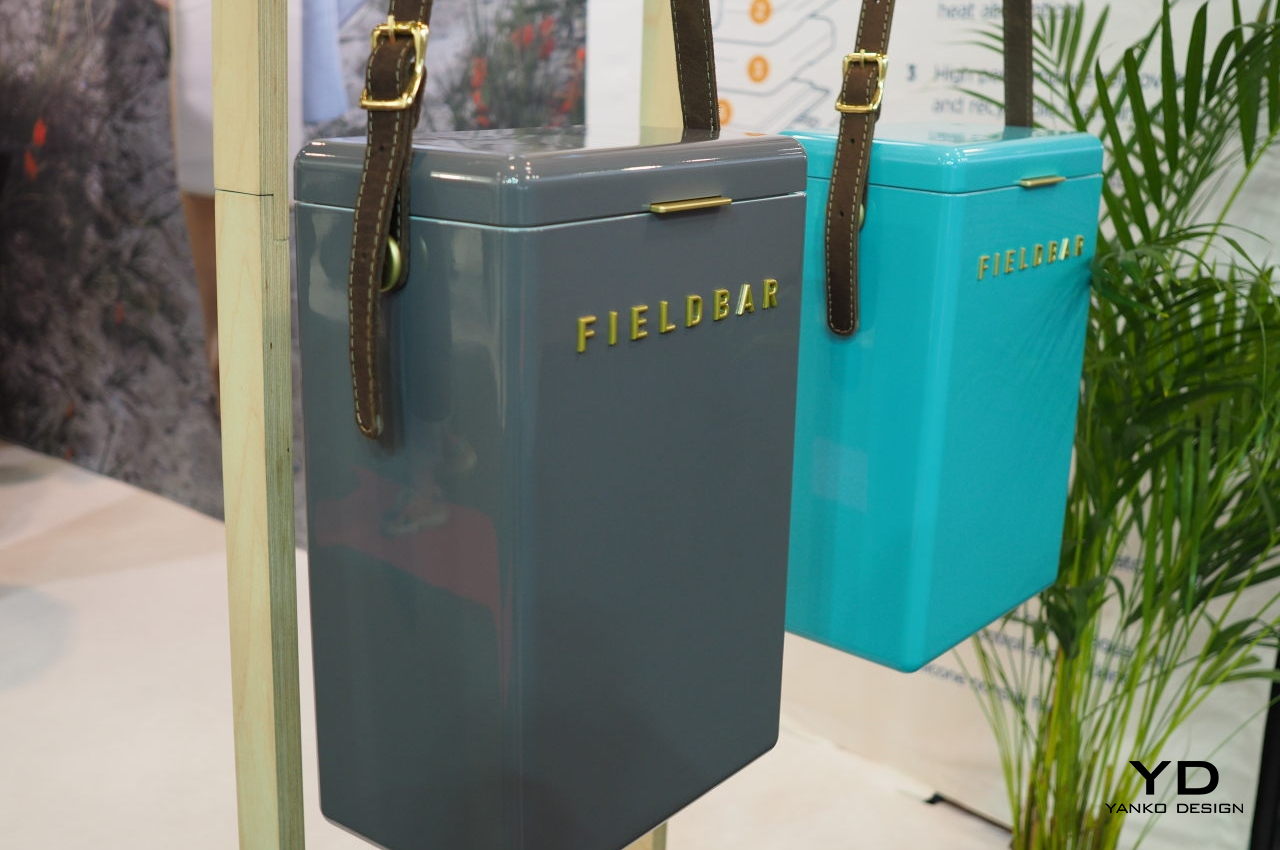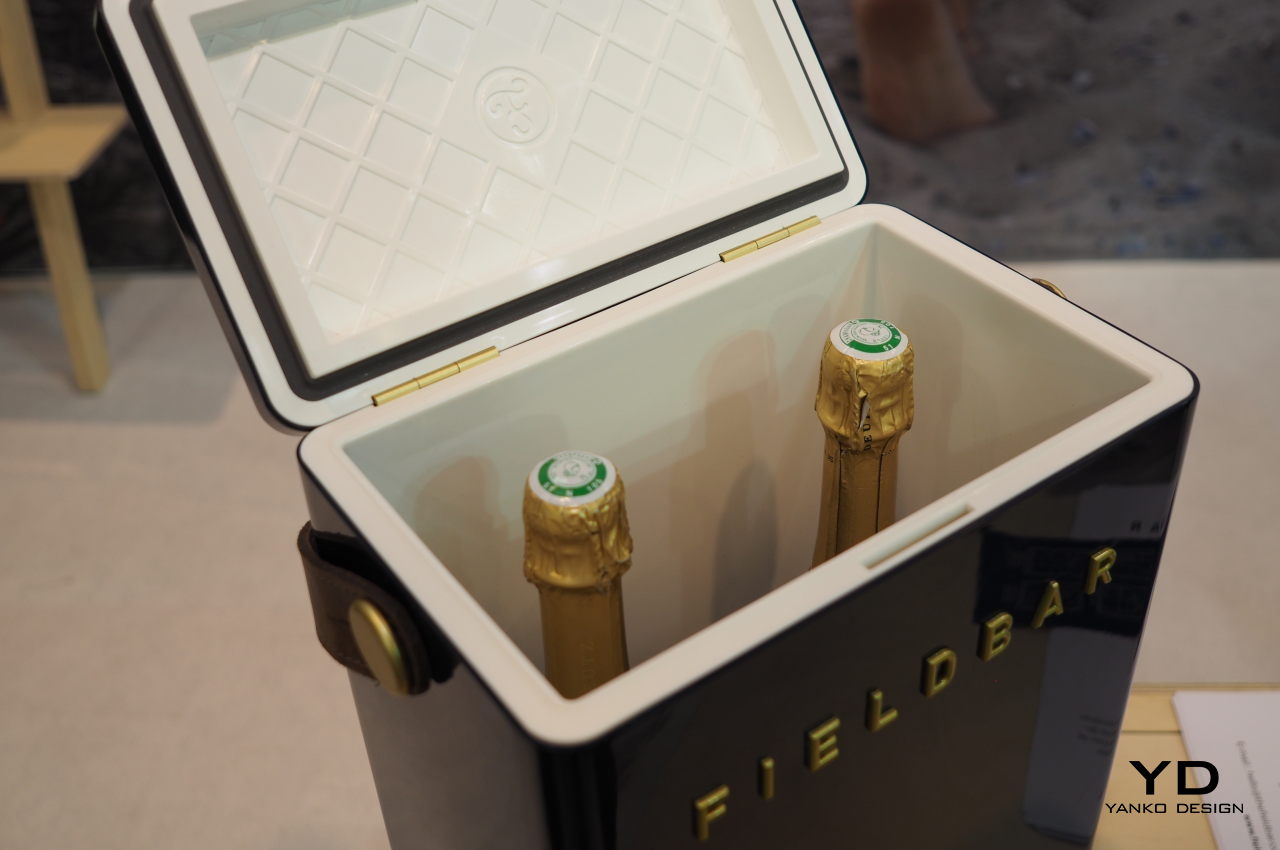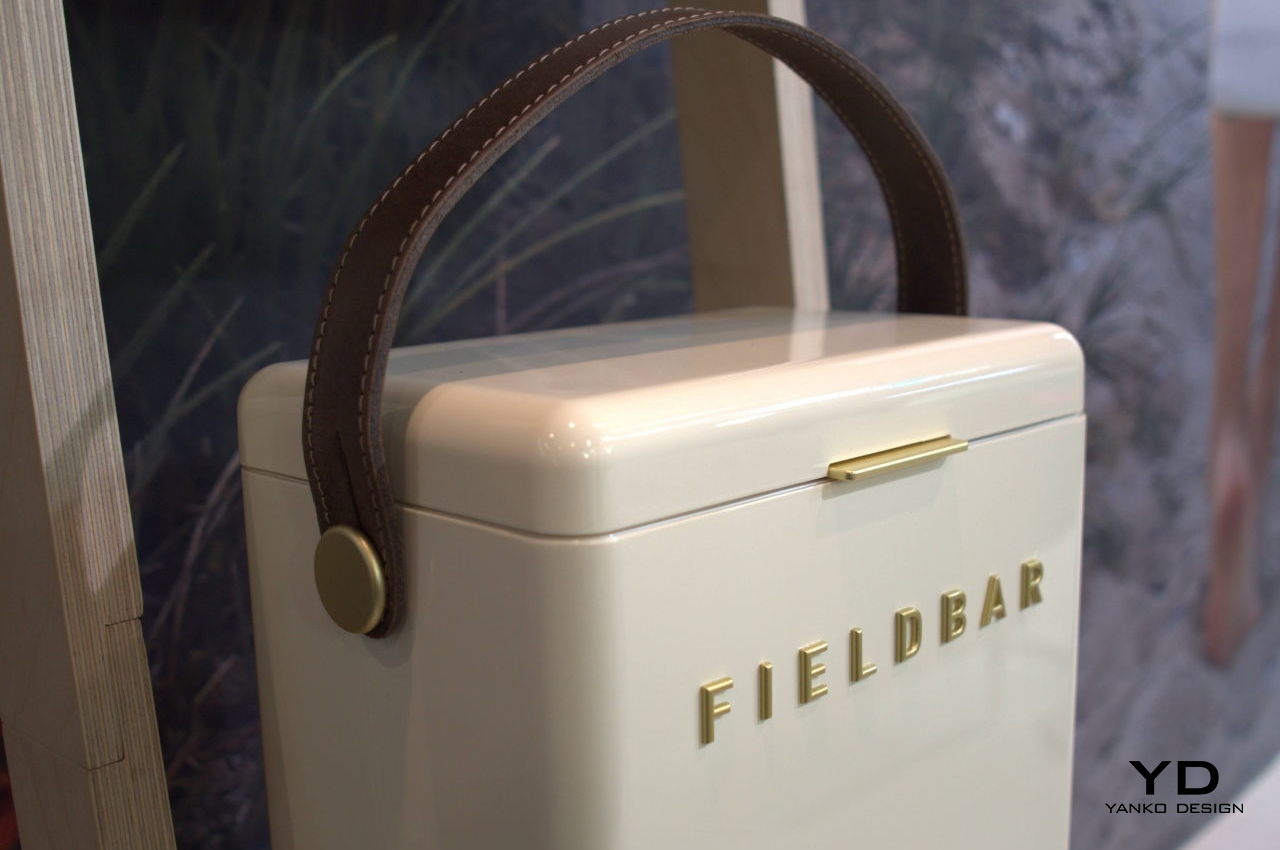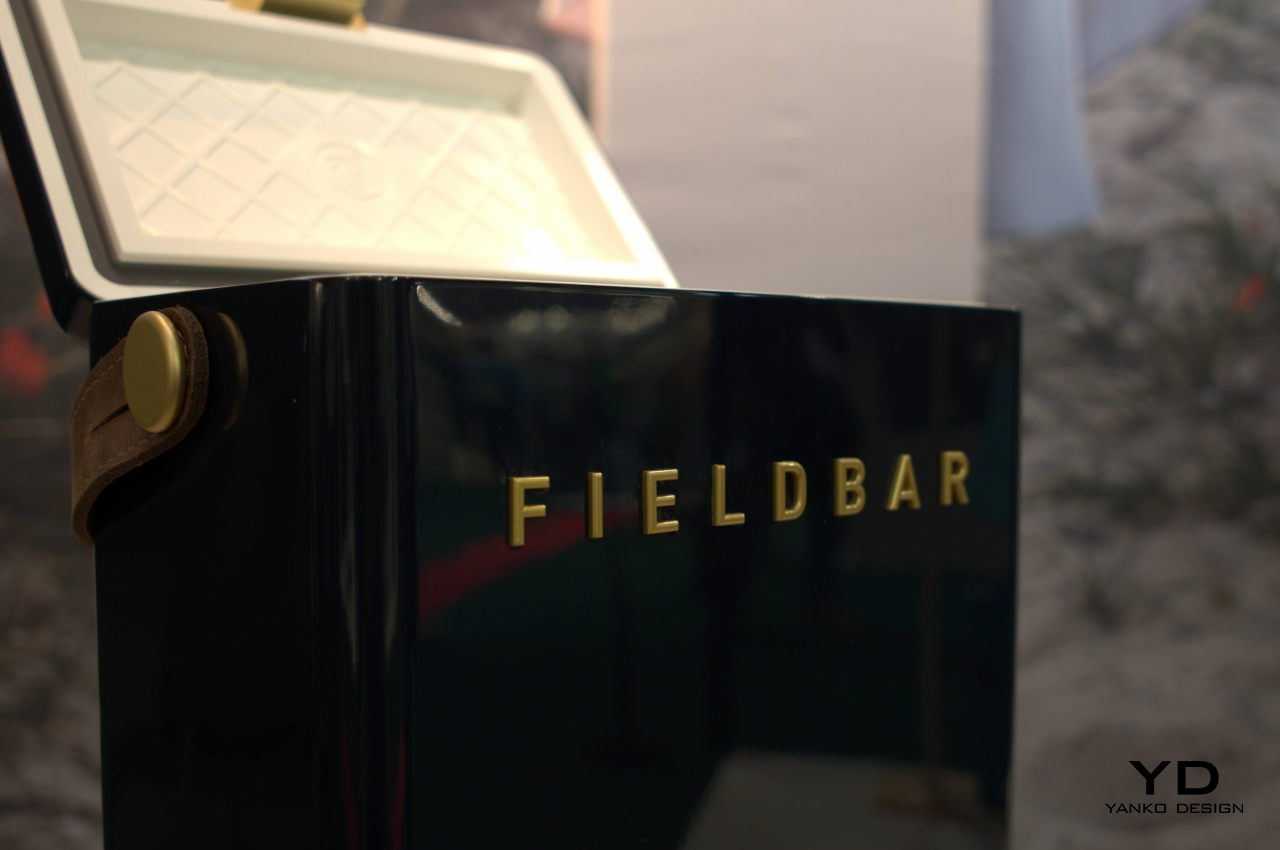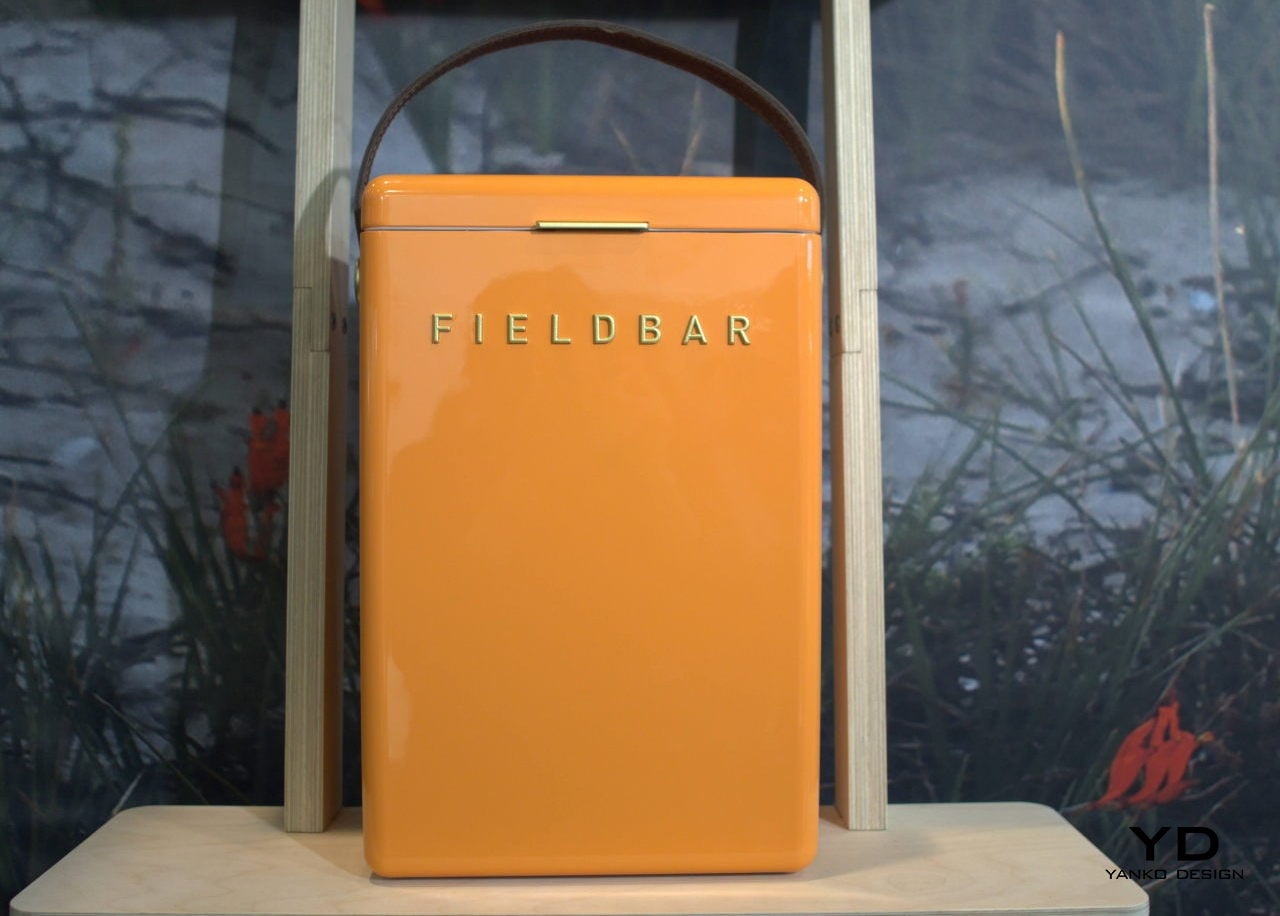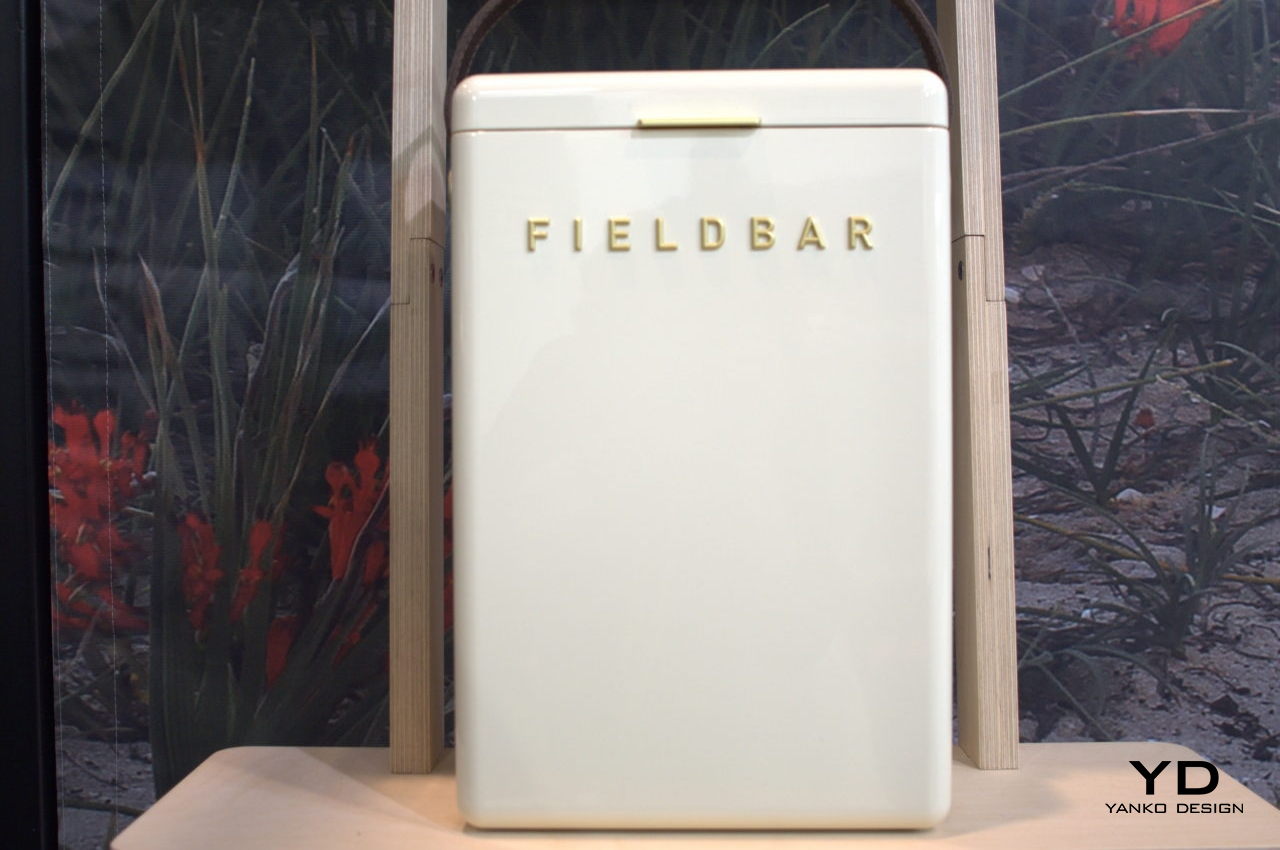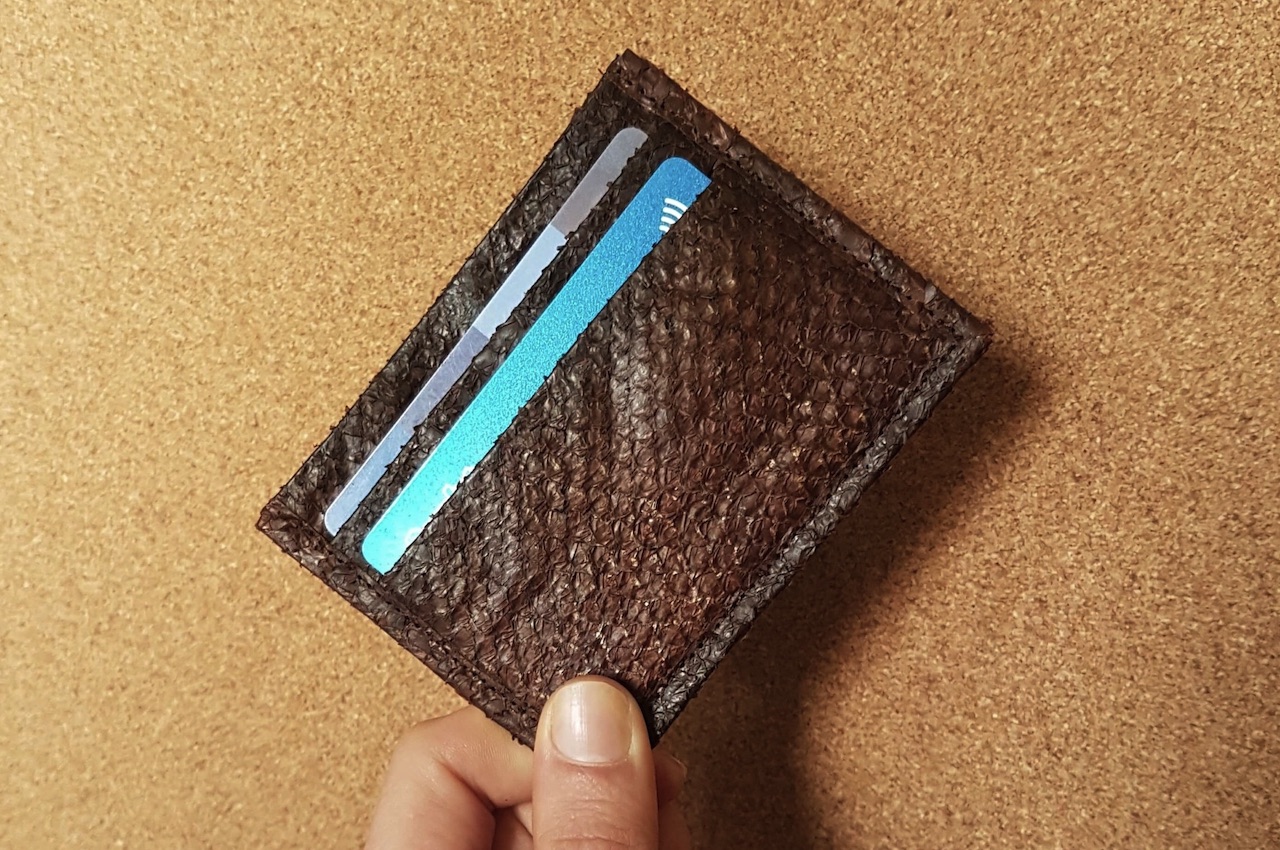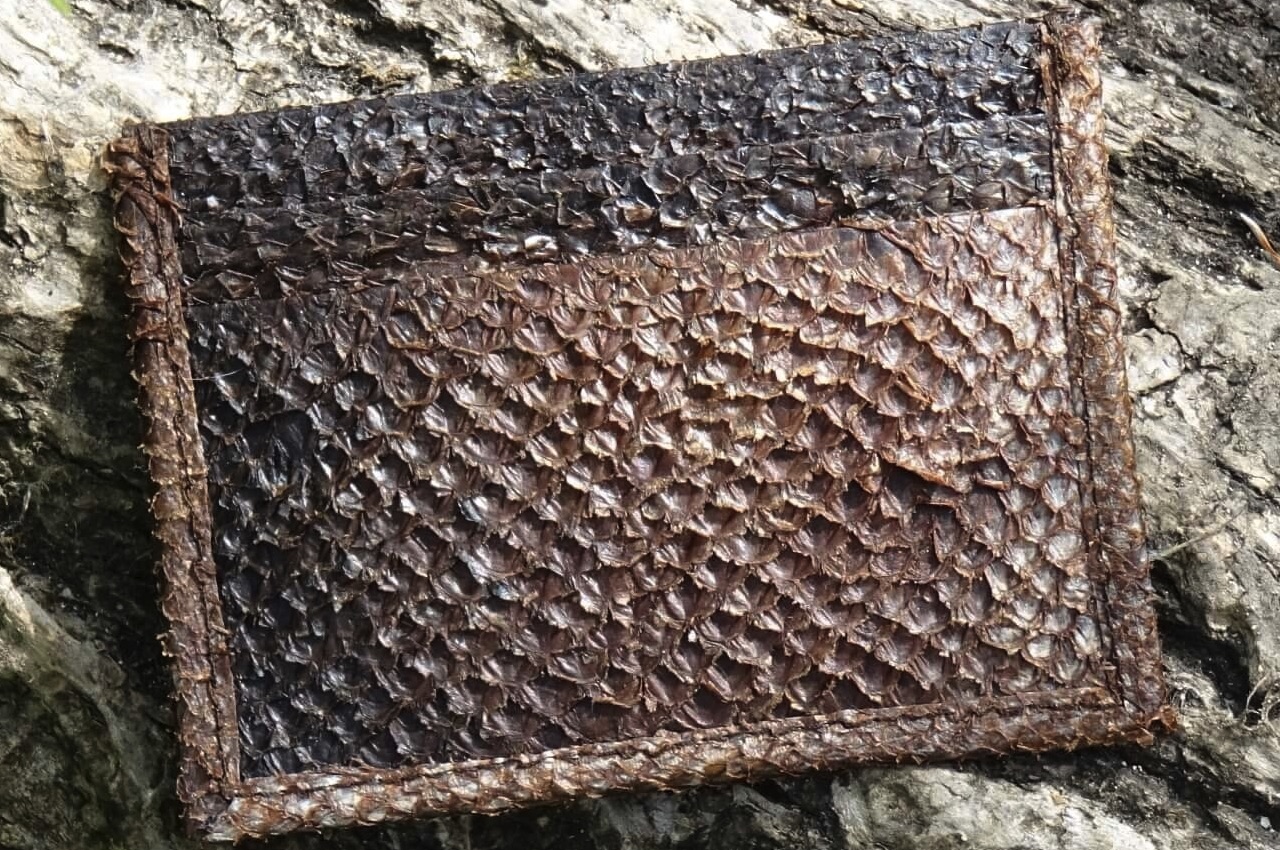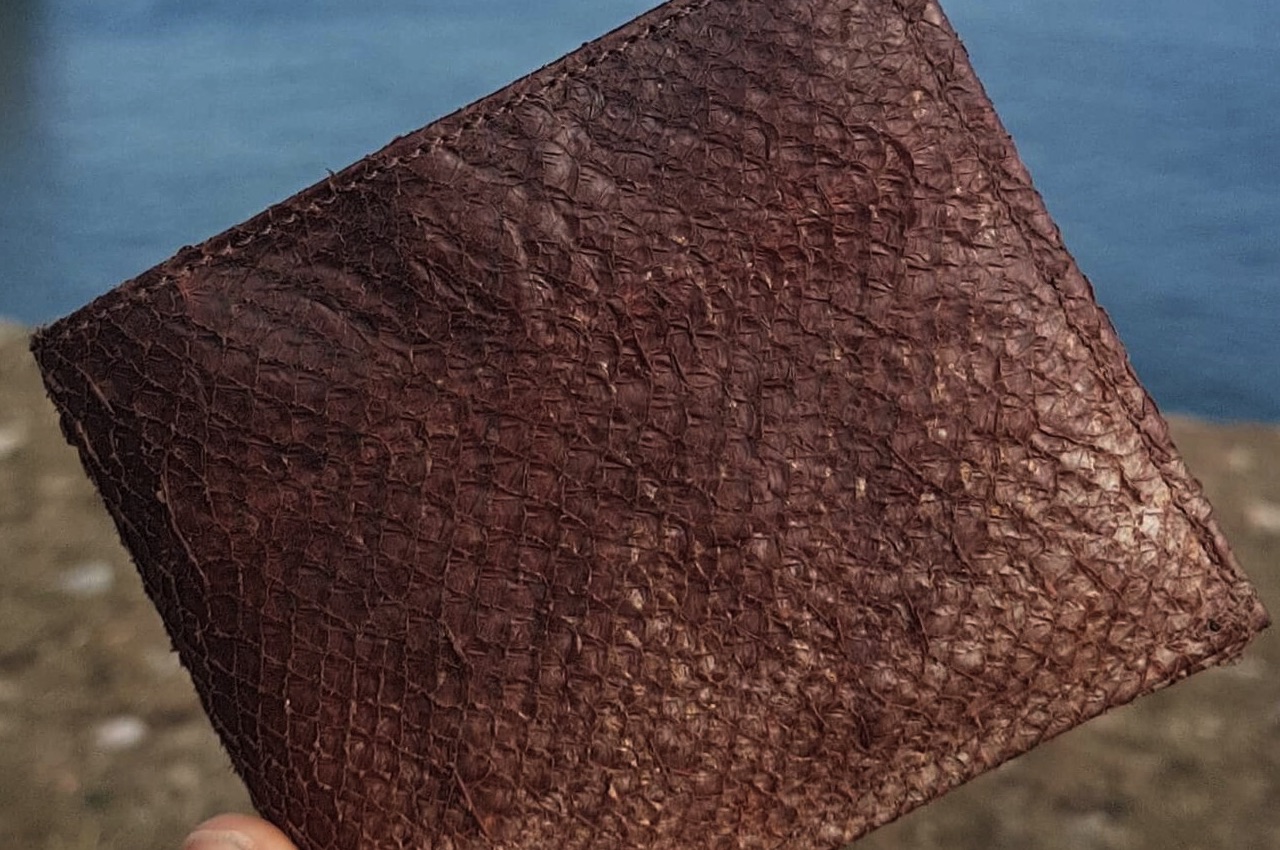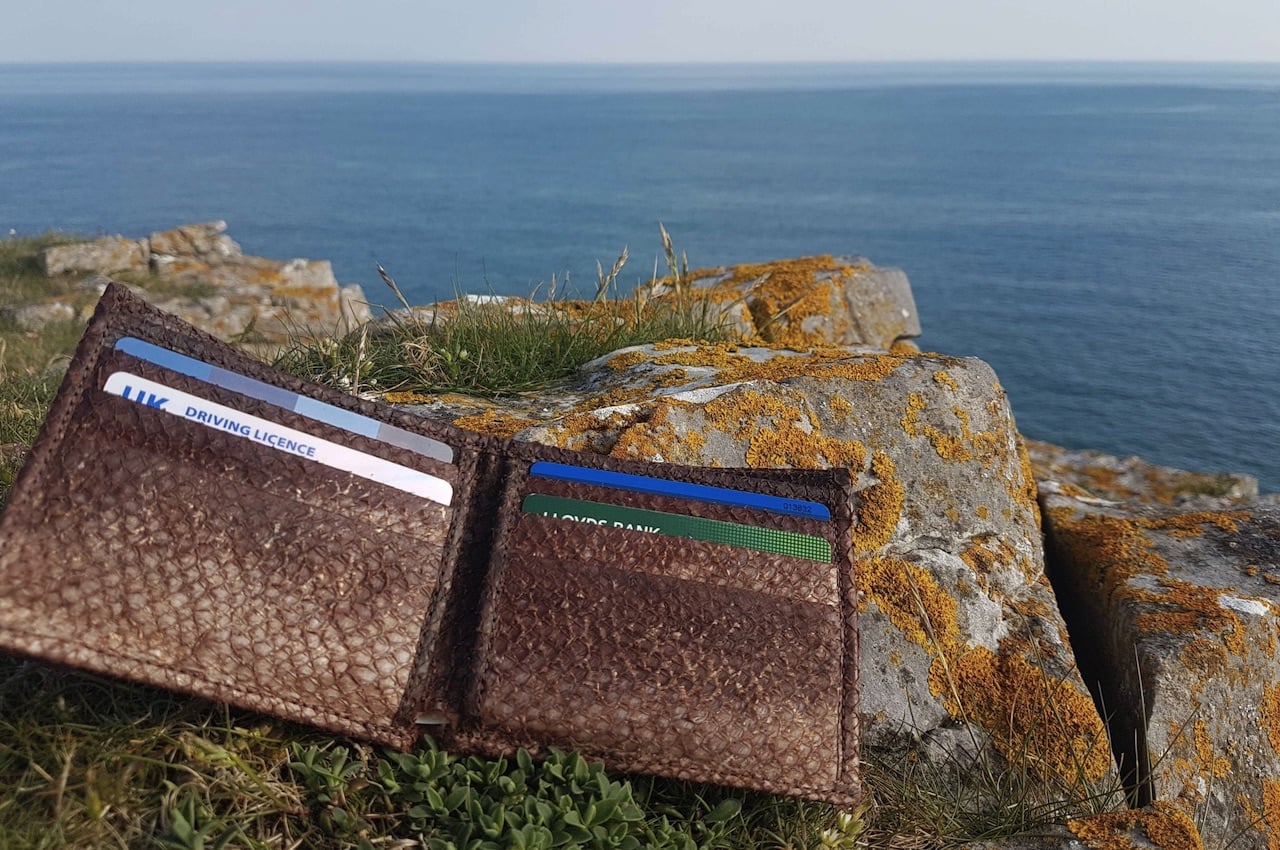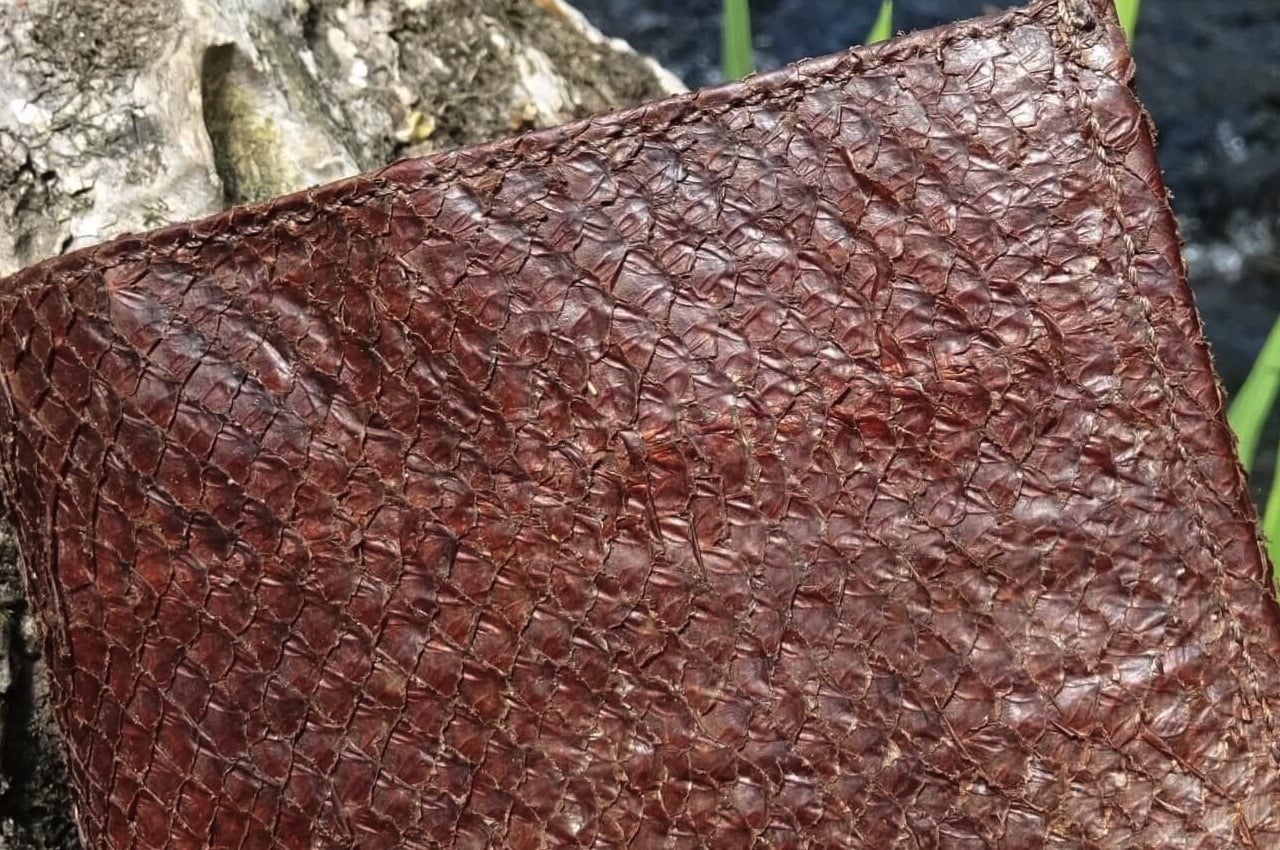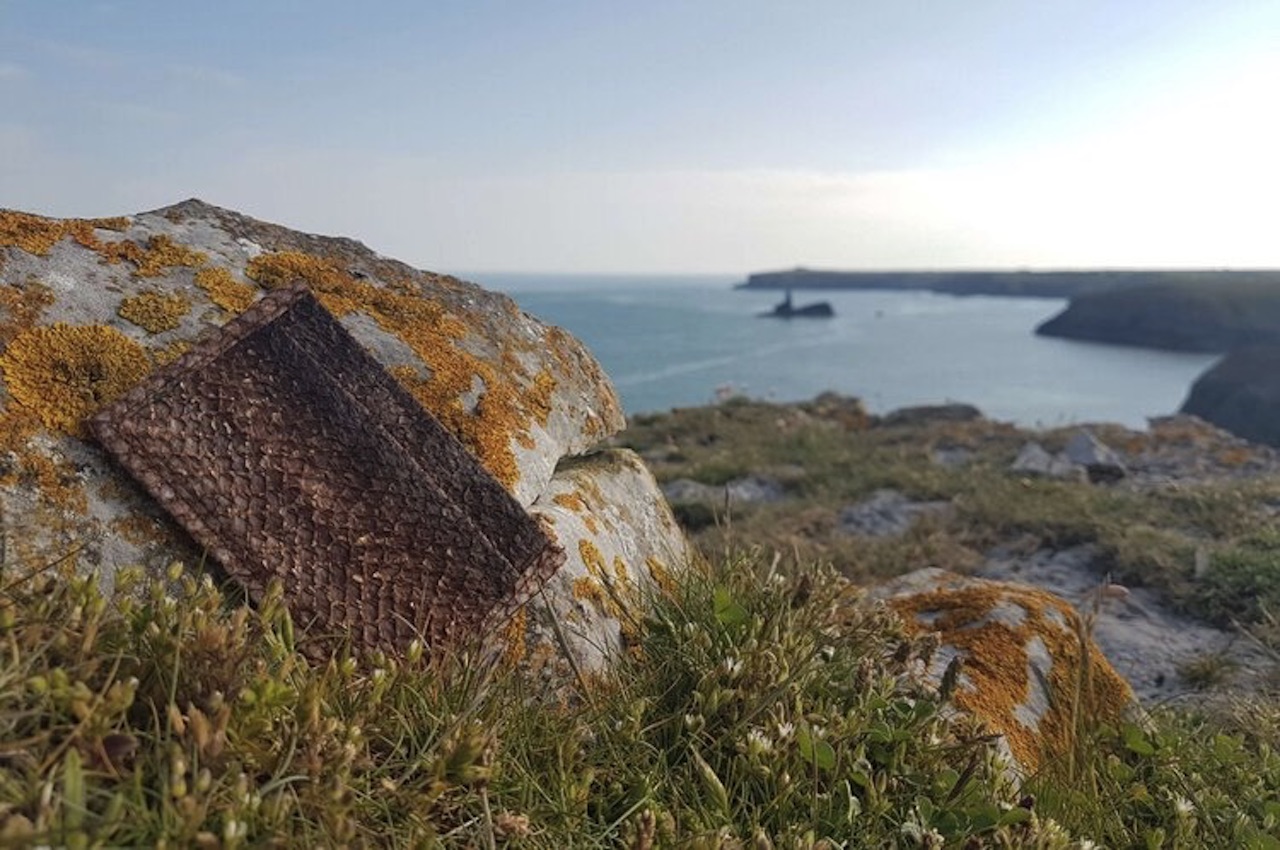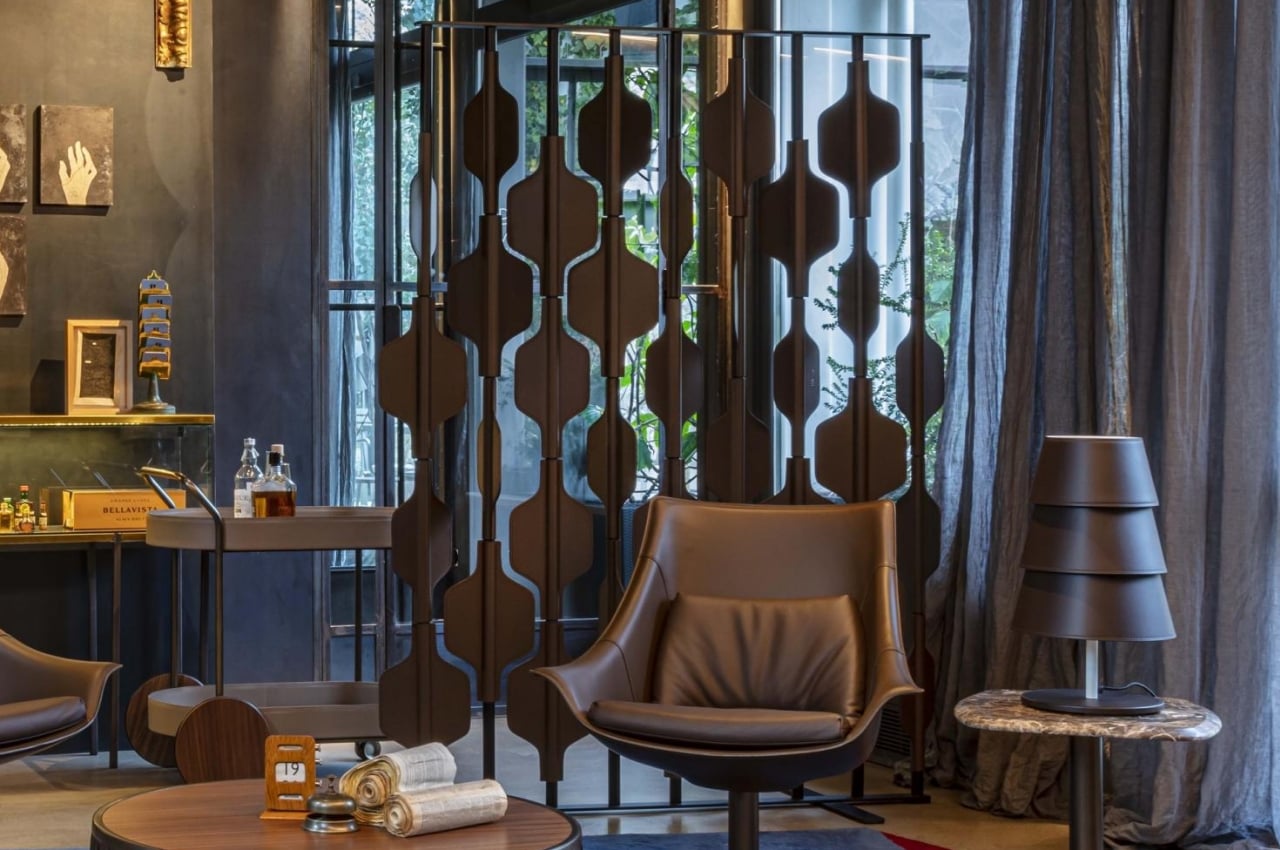
A room can tell a lot about its owner just by the things you find in the space and how they come together. Sometimes rooms are neat and minimalist, while other times they can be busy but expressive. Whether by conscious decision or subconscious inclination, almost anything we put in a space has a story to tell, whether about the person living in that space or the object itself. People have become more acutely aware of their living spaces lately, especially after having spent months stuck indoors, and have come to be more discerning in the furniture and decor they buy, especially when it comes to the message that each piece tries to convey. A room divider, for example, might visually and functionally split a space, but it can also bring a comforting atmosphere thanks to its design.
Designer: Mia Cullin
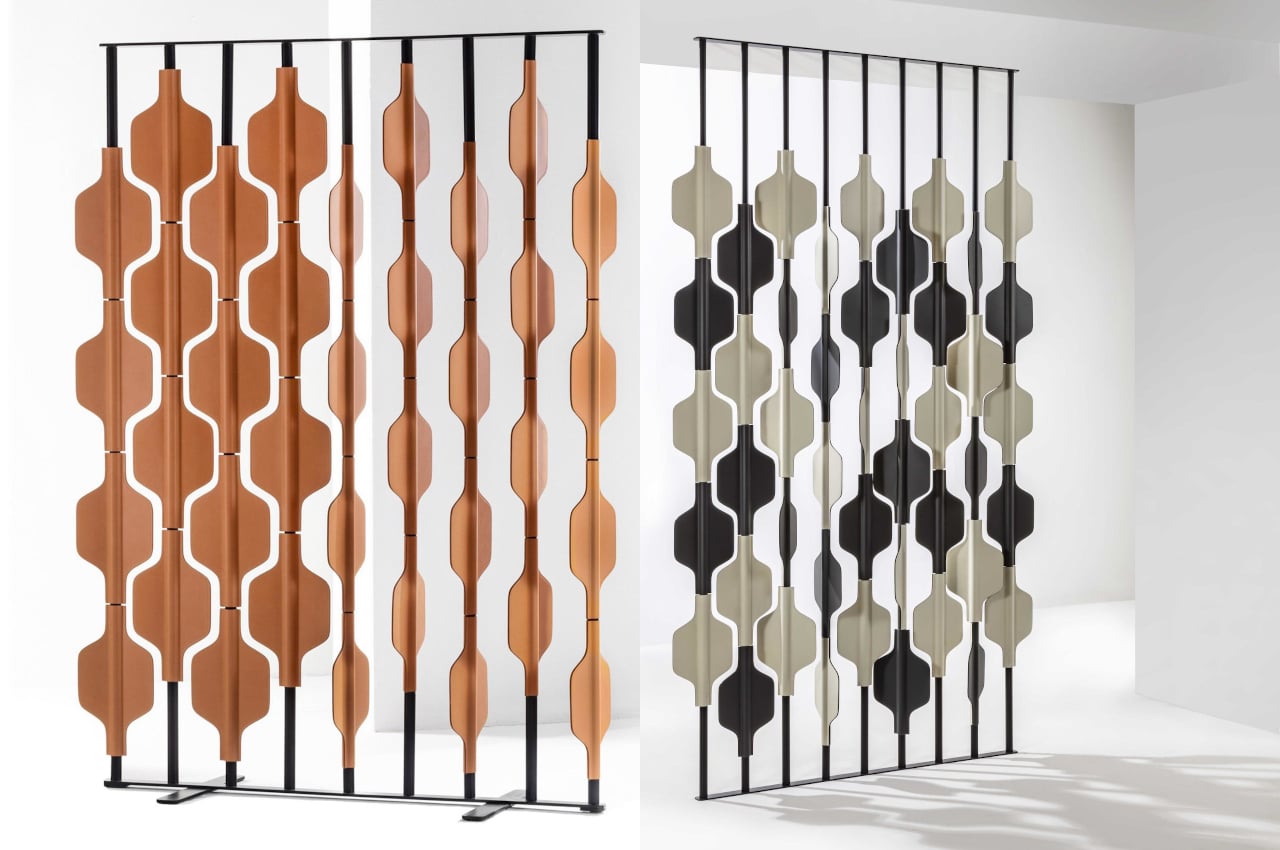
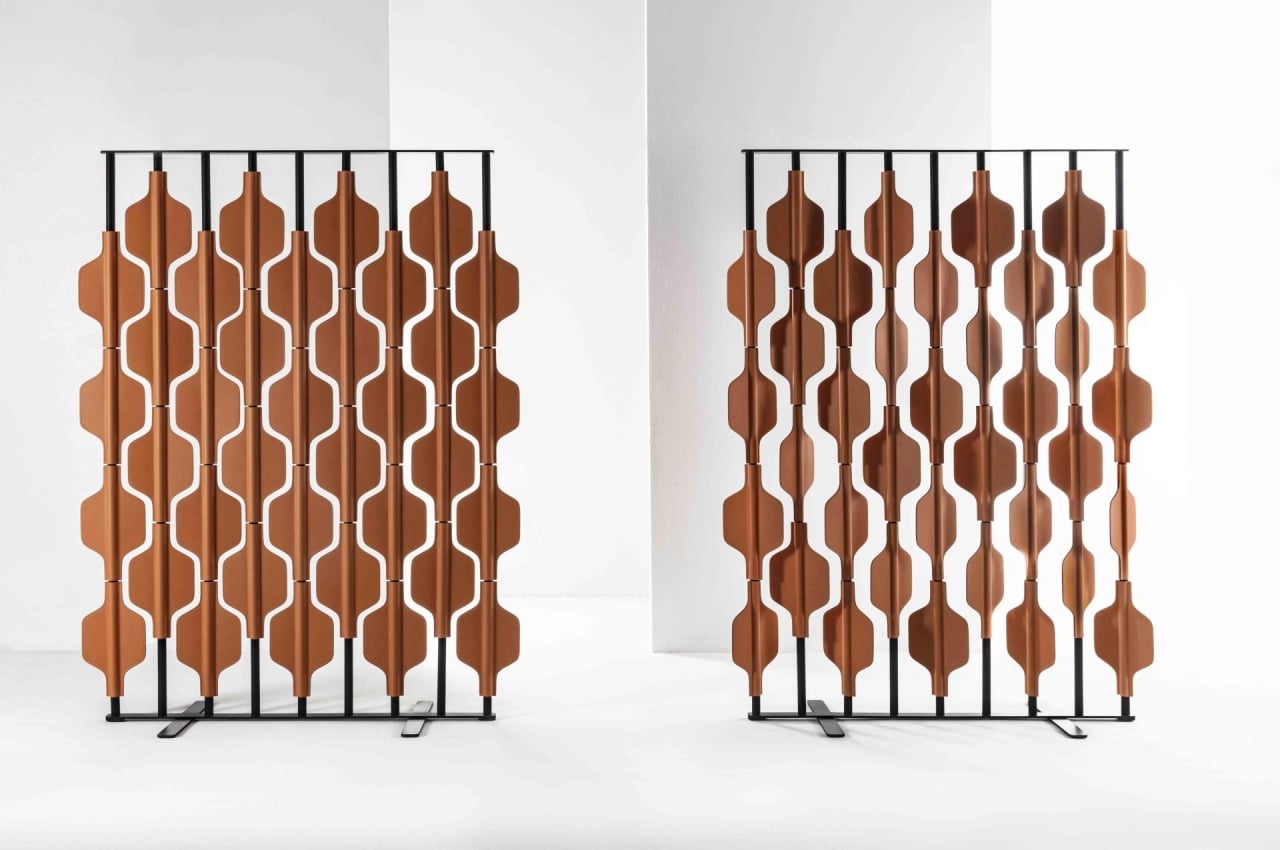
Room dividers don’t have to be fancy. In fact, it is probably best that they don’t call attention to themselves since they’re supposed to blend into the background to make it seem like the space is really divided into distinct sections. At the same time, however, they also don’t have to be plain and boring, and they can affect the overall atmosphere of an area. An extravagant divider could make a room look posh or busy, while a nondescript sheet of wood could make it look clean or drab. Ro takes somewhat of a middle ground, espousing minimalism while still embracing warm tones and natural materials that give a distinct personality and atmosphere to any space.
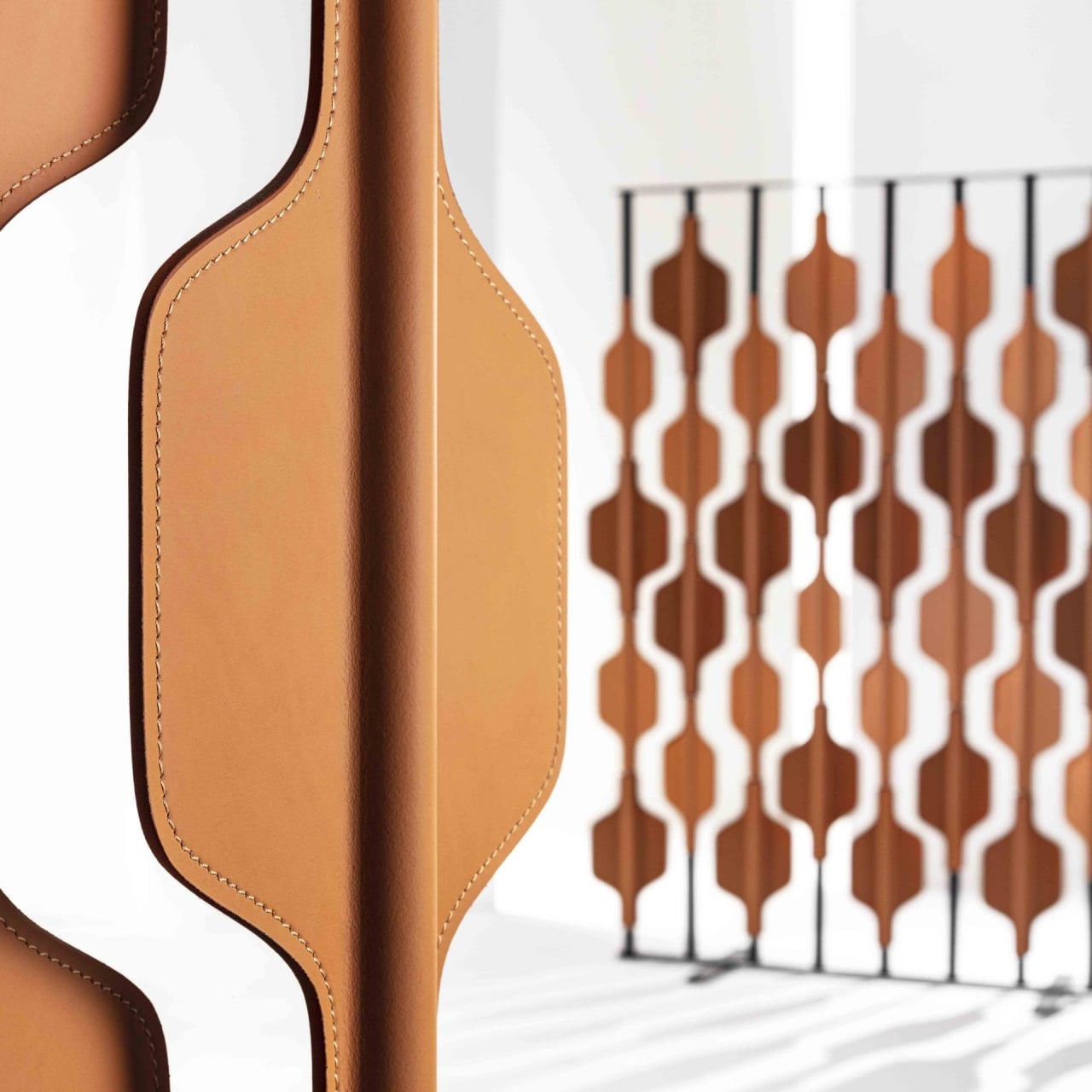
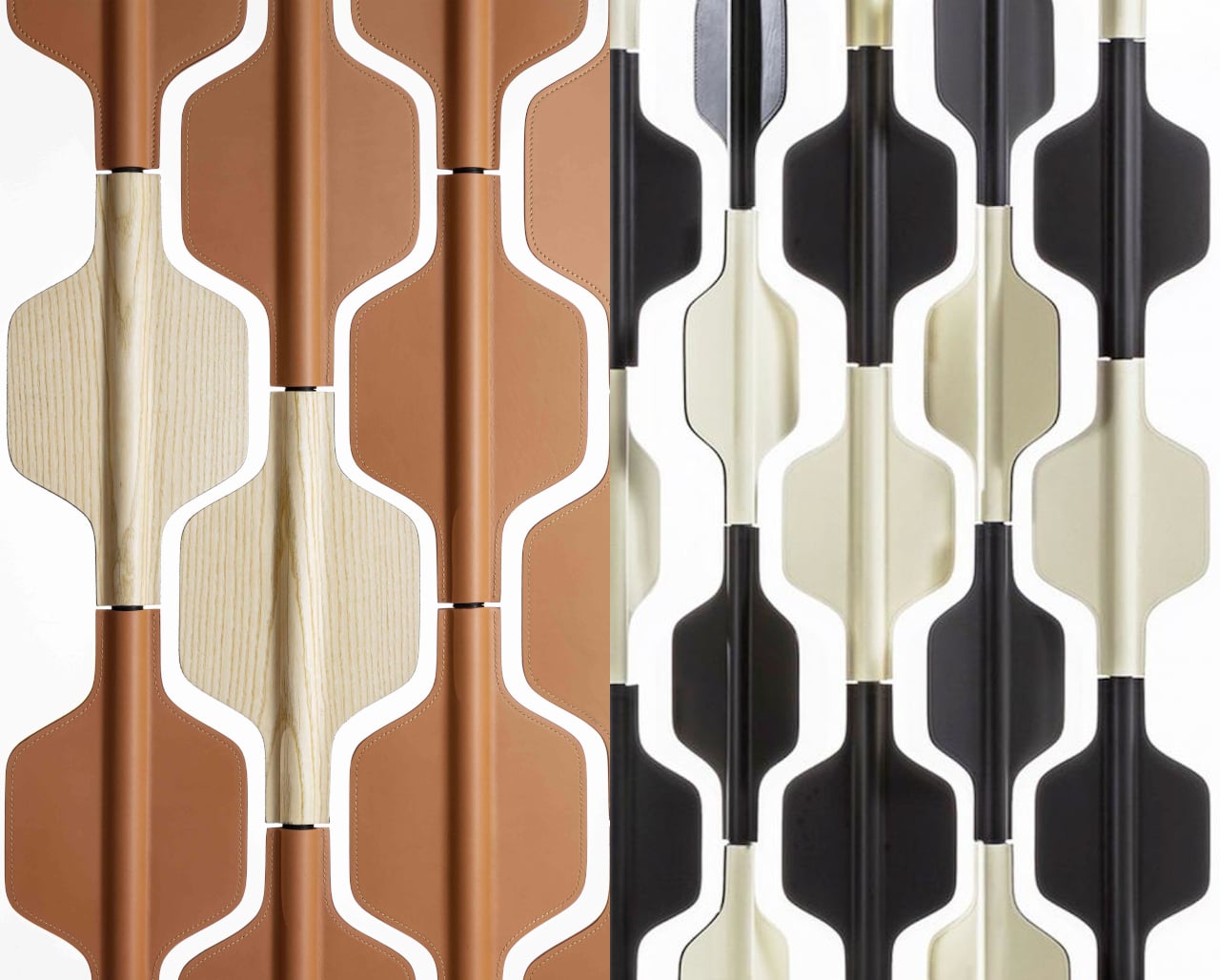
Structurally, the Ro room divider looks like a honeycomb with columns of alternating hexagons attached to painted aluminum poles. Each column can rotate independently of others, allowing the owner to create different patterns that become a visual point of interest in the room. More importantly, however, it gives owners the freedom to close or open a space just by changing the orientation of the panels.
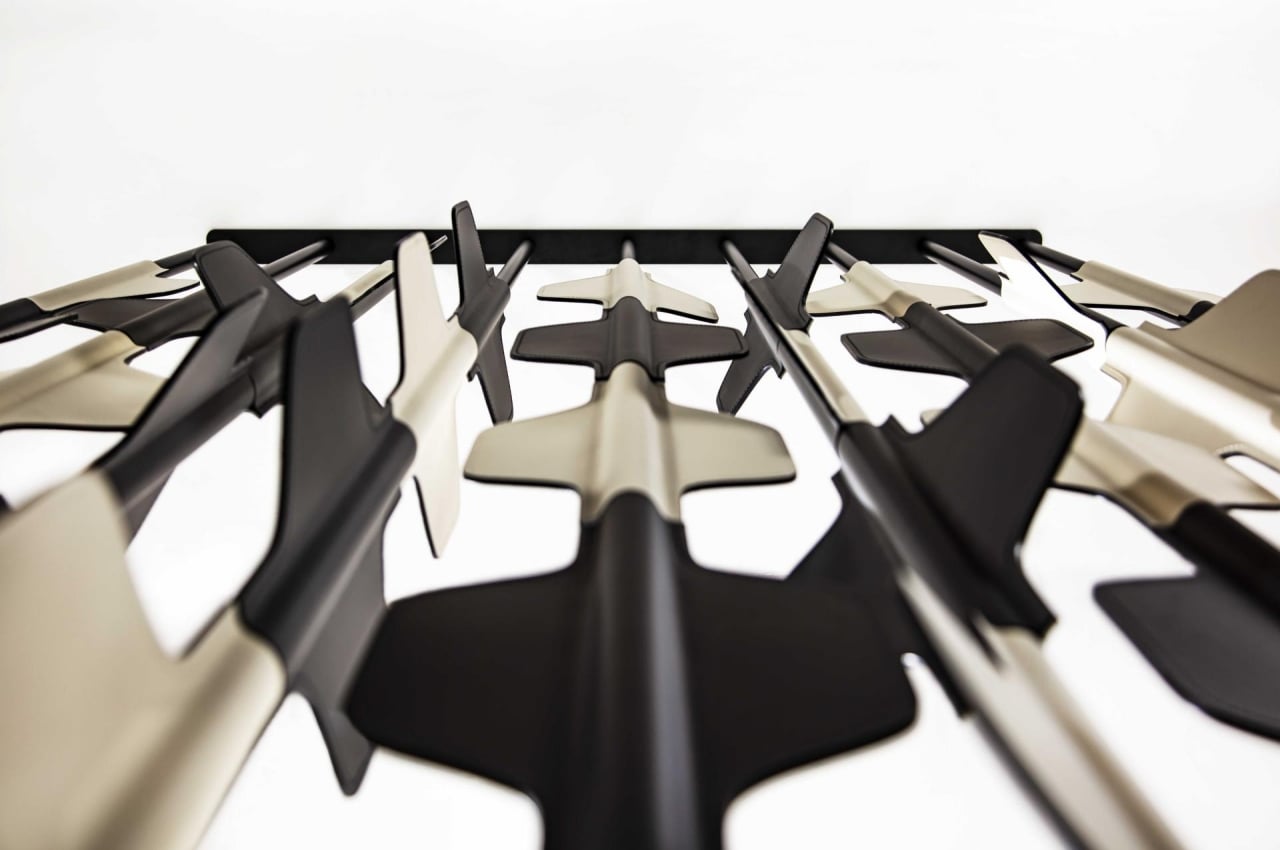
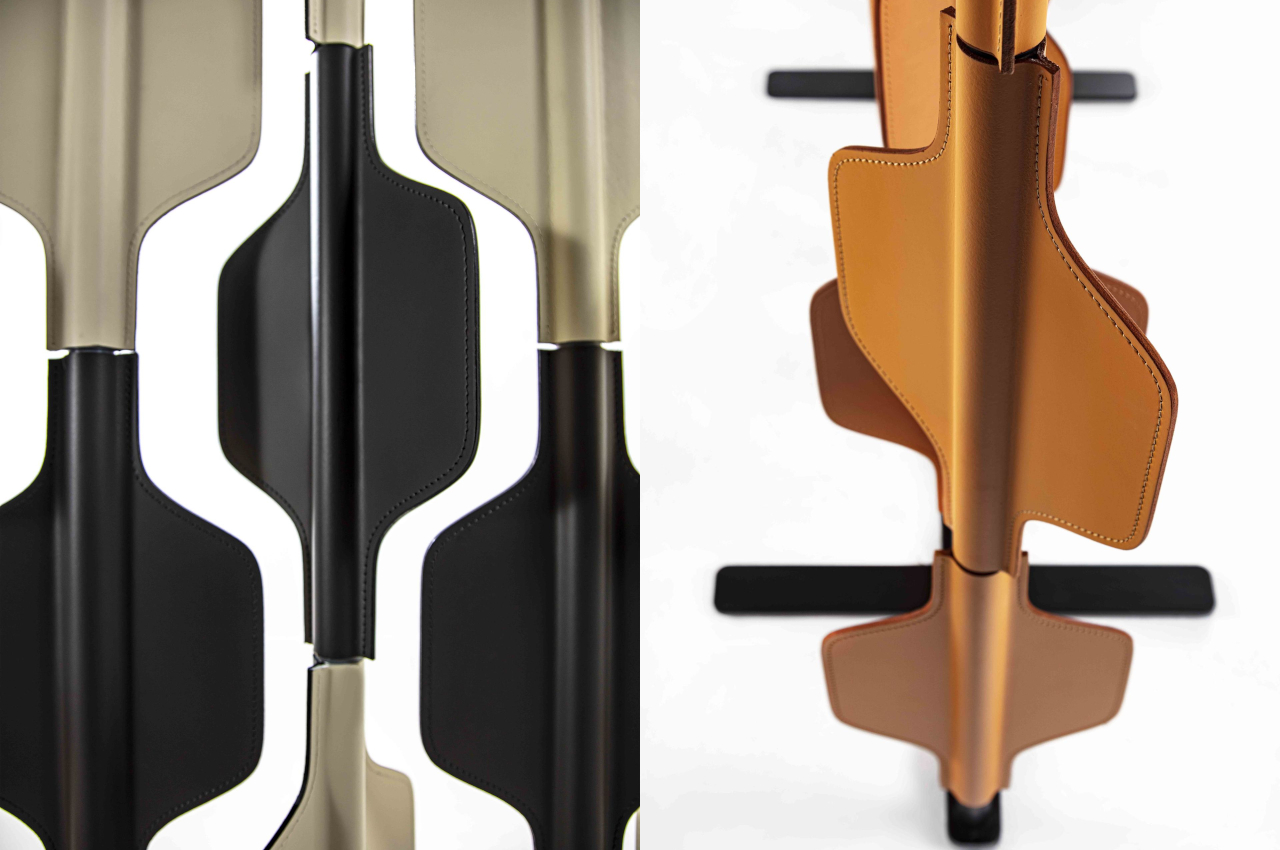
Each piece or module of the panel can be covered in either leather or wood, with different finishes and colors. Whichever style is chosen, the subdued and muted tones give the divider a warm appearance that provides a calming visual. The natural materials themselves also exude a certain image of luxury you’d come to expect from products made with full grain leather and fine wood. Despite its eye-catching and beautiful appearance, the Ro’s minimalist aesthetics prevents it from being too flashy or gaudy. It is simply there, marrying visual appeal and functionality in a simple package.
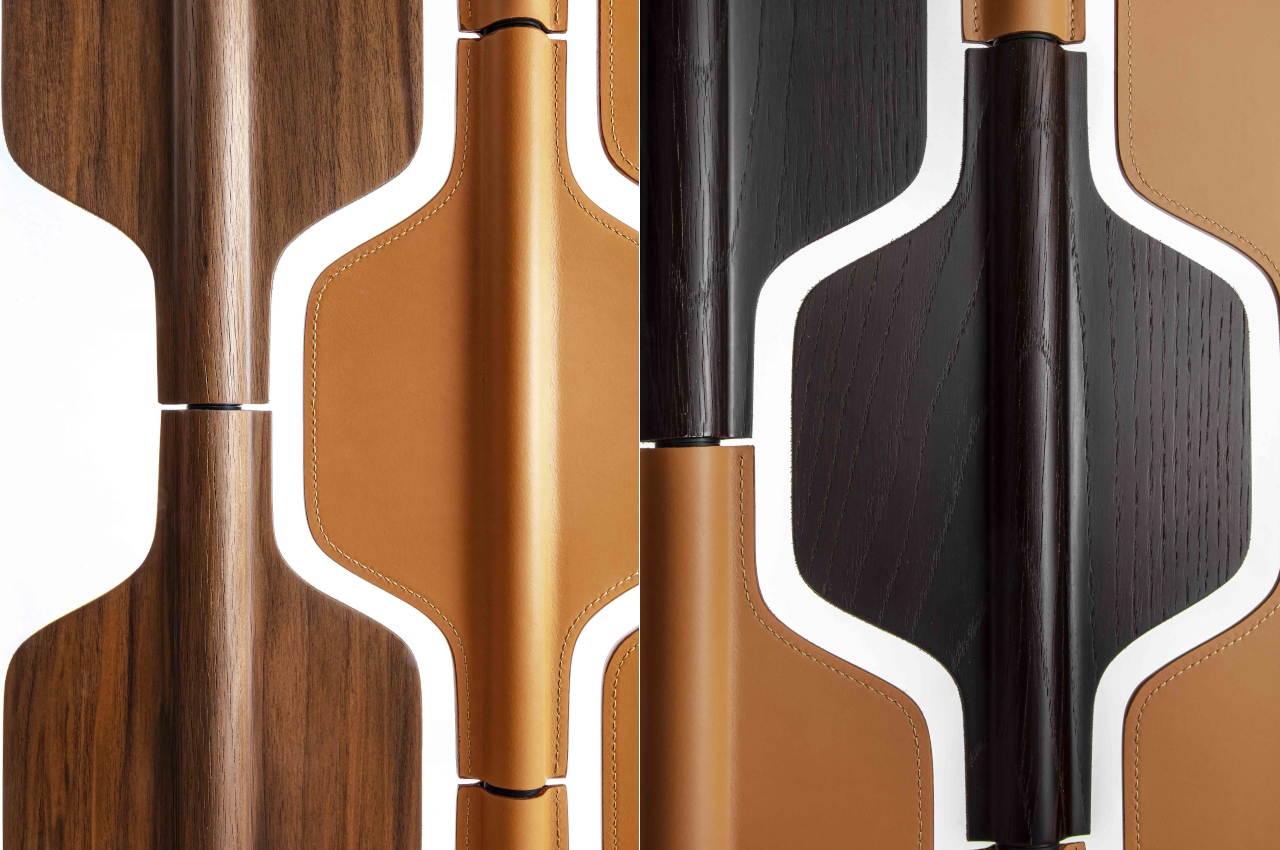
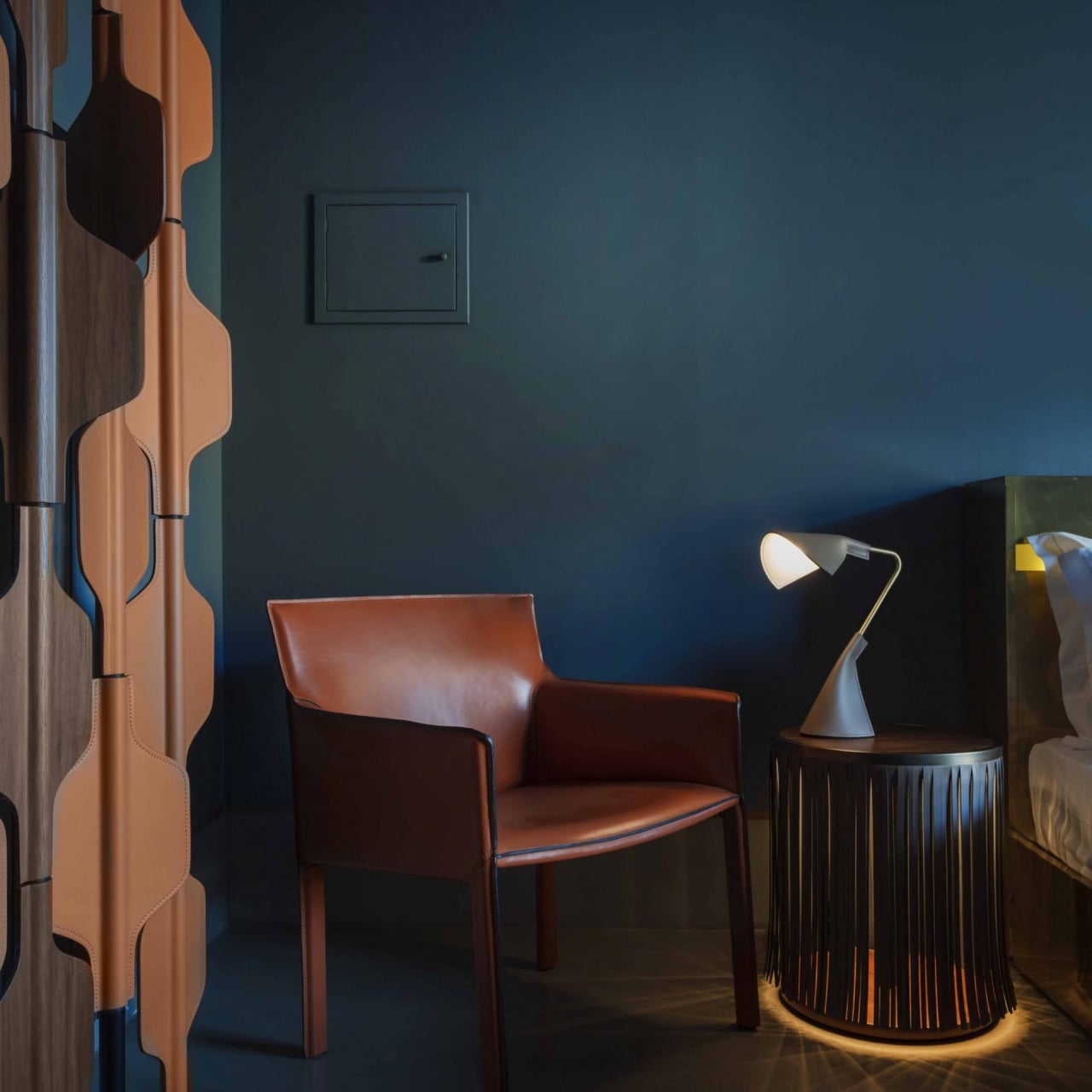
The Ro room divider is a fine example of furniture that brings character without forcing its presence in the room. With choices of wood and leather, it will be at home in any setting, whether in a living room, a hotel, or even an office. It’s a perfect example of how a design doesn’t need to be too sophisticated, too complex, or even too functional to be attractive and useful. With the right choice of materials, colors, and shapes, one can imbue any room with feelings of warmth and comfort to help people relax or, at the very least, reduce their stress.
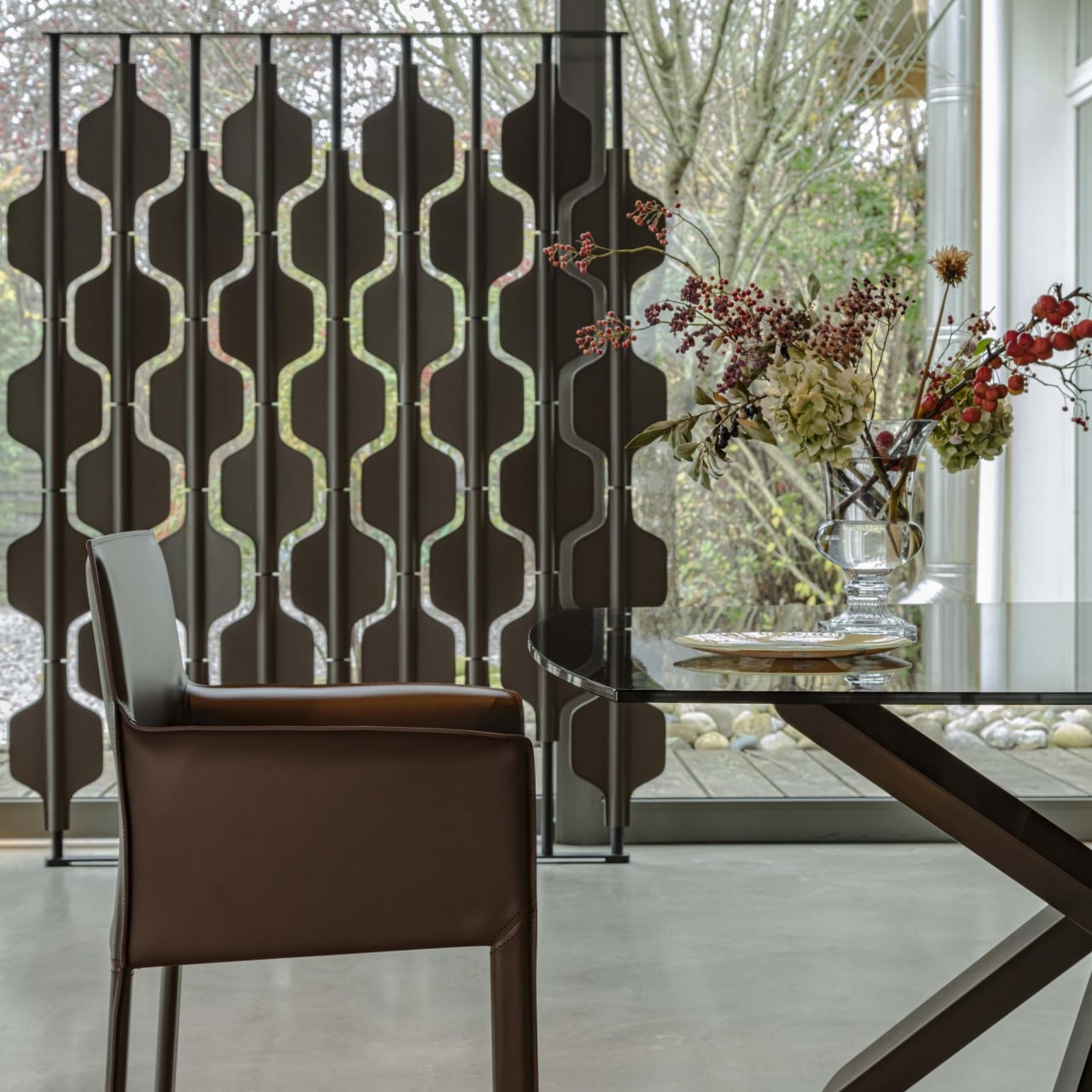
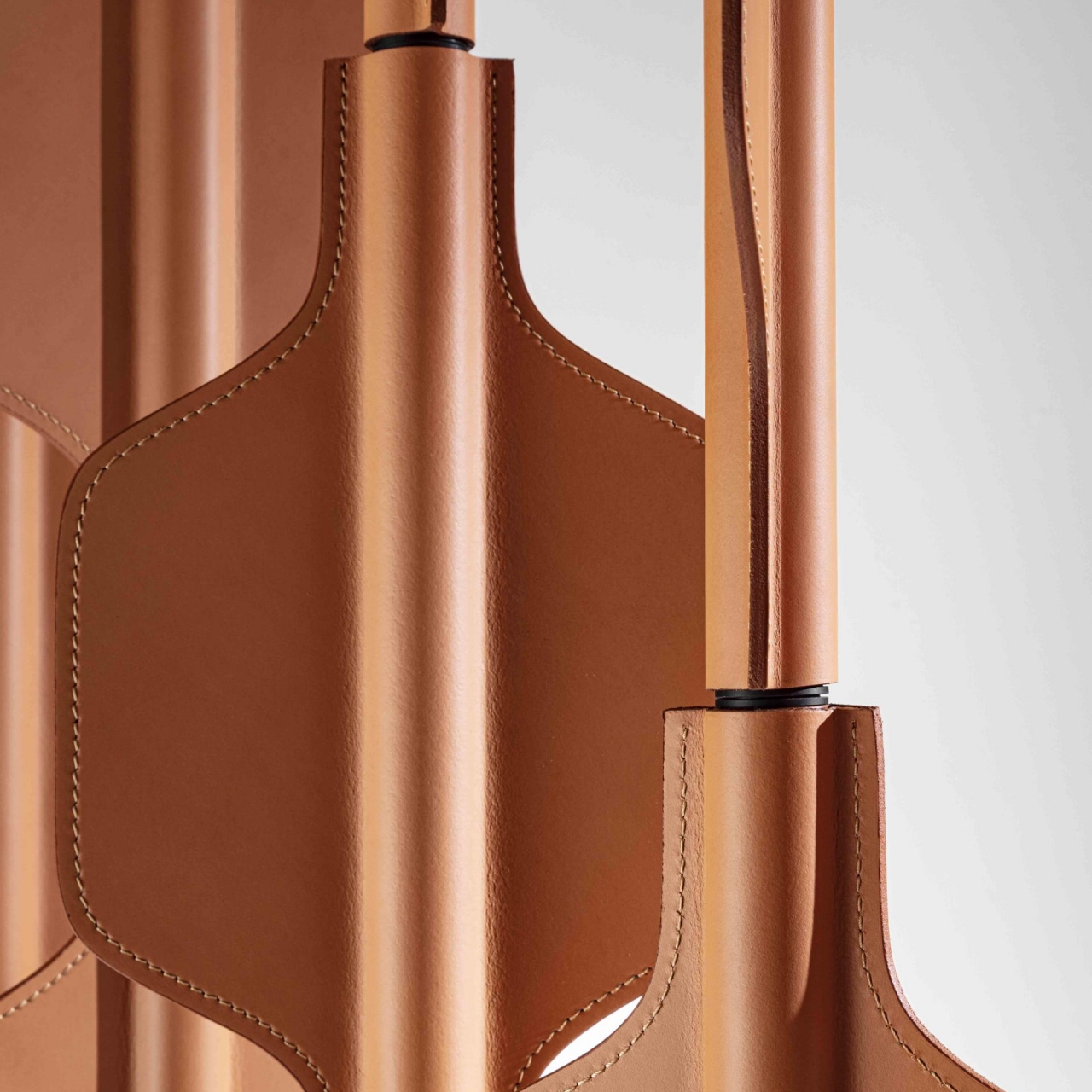
The post Ro room divider uses geometric shapes and warm tones to give character to any space first appeared on Yanko Design.






